Taking advantage of Norwegian Air's newly minted route from BWI to Fort-de-France, I flew four and a half hours across the Atlantic Ocean and ultimately landed in paradise. Martinique, a Caribbean island located in the French Antilles, is full of culture, history and top notch beaches.
I've traveled quite a bit throughout the Caribbean (as evidenced here, here and here), but Martinique had a unique vibe all its own. The island offers a laid-back, relaxing atmosphere and welcoming locals, which isn't always the case when visiting other countries. I strongly suggest visiting this French and Creole-speaking island and if you do, here's a list of things you must do while you're there:
1. Take a stroll at La Savane Park.
Photo Credit: Ashlee Tuck
Considered to be Fort-de-France's 'Central Park,' this park is located downtown and is a great place to begin your tour of the city. Be sure not to miss the decapitated statue of Josephine, wife of Napoleon, while you're there. Urban legend has it that while the slave trade was abolished in the Caribbean in 1815, Josephine pushed to have it reinstated. Needless to say, some Martinicans may not hold her in the highest regard. After the statue mysteriously became headless, the city left it standing as a reminder of Martinique's history with slavery.
2. Tour Fort Saint Louis.
Photo Credit: Ashlee Tuck
Temporarily closed after 9/11, the stone fortress was reopened in July 2014 and is currently an active French naval base. Visitors must check in at Fort-de-France's Office de Tourisme's Kiosk 1 at the northwest corner of La Savane Park to take a tour. Tours cost about eight Euros and are available in English, Spanish, Italian, and obviously, French.
3. Read at Schoelcher Library.
Photo Credit: Ashlee Tuck
This building was built in 1889 in Paris for the same World Exposition as the Eiffel Tower. Designed by slavery abolitionist Victor Schoelcher, it was completely reassembled in Fort-de-France, Martinique that same year. Today, it's a functioning library (with wifi!) and serves as one of the most visible connections of Martinique to France.
4. Visit Saint Louis Cathedral.
Photo Credit: uncommoncarribean.com
Before the present church was completed in 1895, a total of six other churches were present at this site at one time or another for various reasons. The church was built with iron beams which support the walls, ceiling and steeple and as a result, it's called the Caribbean's 'Iron Cathedral.'
5. Stand between the Old and New Courthouses.
Now a museum, the old courthouse resembles a French railroad station. The new courthouse is directly across the street and has a far more modern flair.
6. Shop at the Covered Market & Neighboring Stores.
Photo Credit Ashlee Tuck
Located behind the Courthouse, the covered market place is a great place to go to buy fresh fruits, vegetables, oils, swizzle sticks (original to Martinique, by the way) or any other item you may need. Behind the market are small streets filled with stores prime for shopping.
7. Visit Aime Cesaire Theater Museum.
Photo Credit: curatorsintl.org
Open from October to June, the theater hosts plays, concerts, and exhibitions of all kinds. It's named after Martinican author and politician Aime Cesaire.
8. Buy Souvenirs at Le Village Poterie.
Photo Credit: Ashlee Tuck
At Le Village Poterie, artisans craft clay figures and sell Martinican souvenirs. Clay is still one of Martinique's highest exports. There's also a pastry shop on grounds with absolutely delicious Martinican pastries. Located right outside of Trois Ilet, it is also future home to a go-kart track and bowling alley.
9. Swim in La Baignoire de Josephine (Josephine's Bathtub).
Photo Credit: Yined Ramirez
Josephine's Bathtub is a sandbar in the middle of the ocean where you're able to stand and enjoy the surrounding mountain views. People go here to drink rum, party with friends, or relax on a slow day. It's a very popular spot for tourists and locals alike.
10. Relax on Ilet Oscar.
Photo Credit: Ashlee Tuck
Ilet Oscar is a private island near Josephine's Bathtub. Here, you're able to swim, relax and have lunch. While you must make reservations, tell them to take you to to Josephine's Bathtub first and then when you're ready, they'll bring you back to Ilet Oscar.
Relax on the dock or take a tour of the house before sitting down at the restaurant to eat. They serve something different every day but the tuna steak I had here was amazing. While you hear 'private island' and think it's fancy, it's not and offers a truly unique Martinican experience. The island is also available for rent, as there are a few rooms for overnight stays on the property.
11. Visit Anse Cafard Slave Memorial.
Photo Credit: Ashlee Tuck
In April 1835, a ship carrying 40 slaves crashed on the southeastern shores of Martinique, killing half of the men and women onboard. The statues are facing in the direction of where they came from in West Africa. It's a very humbling experience and is a must see when on the island.
12. View Diamond Rock.
Photo Credit: Ashlee Tuck
A few minutes up the road from Anse Cafard is a place to view Diamond Rock. It's a rock in the middle of the ocean, literally shaped like a diamond. Located in the town of Le Diamant, the British army once lived on the rock during the Napoleanic Wars in the 1800's in order to gain control of Martinique. Today, experienced divers are able to dive completely under the rock from one side to the other.
13. Eat at Le Petibonum Restaurant and frolic on the beach.
Photo Credit: Ashlee Tuck
Owned by self-taught chef, Guy (pronounced Gee) Ferdinand, Le Petibonum is located directly on the beach and serves some of the best Ti Punch you'll ever drink. Chef Gee is a celebrity on the island and only wears short shorts, so he's very easily recognizable. The restaurant has amazing Martinican cuisine and is visited by both locals and tourists. After eating, you're able to relax in a hammock or take a quick dip in the ocean.
14. Dance at Nautilux.
On Wednesday nights, head to Saint Luce for a typical Martinican beach party and dance the 'zook' at Nautilux (pronounced NAUGHTY-LOOSE). With a live band playing, drinks being served, and the zook being danced, this was Martinique at its finest. A few doors down and named after the one and only President Barack Obama, La Baraqu Obama is a local restaurant with good, traditional food.
15. Taste Rhum at Habitation Clement Rhum Distillery.
Photo Credit: Ashlee Tuck
While there are many distilleries on the island, Habitation Clement offers the best well-rounded experience. Habitation Clement has beautiful grounds and you're able to do a self-guided tour to learn the history of the rhum distillery. The property contains several cottages, sometimes which contain artwork exhibitions of featured Caribbean artists. At the end of the tour, you're able to taste test and purchase any of their rhum offerings.
Other things to consider:
- You need to rent a car to get around the island. Sites are spread out so it'll be good to come and go as you please.
- I suggest brushing up on your French. Words such as greetings, numbers, directions, etc. will come in handy.
- As you're driving in the north, look out for Mt. Pelee volcano. It hasn't erupted since 1902 but it's gorgeous.
- Be mindful that most places are closed on Sundays.
- If you're looking for a bit of nightlife, start with Le Kano and then head to Club Maximus.
I fell in love with this French Caribbean island because of its natural charm and beauty. And with expanded air service and multiple cruise offerings, Martinique is destined to become one of the Caribbean's top islands to visit.
Check out more pictures from my trip below!
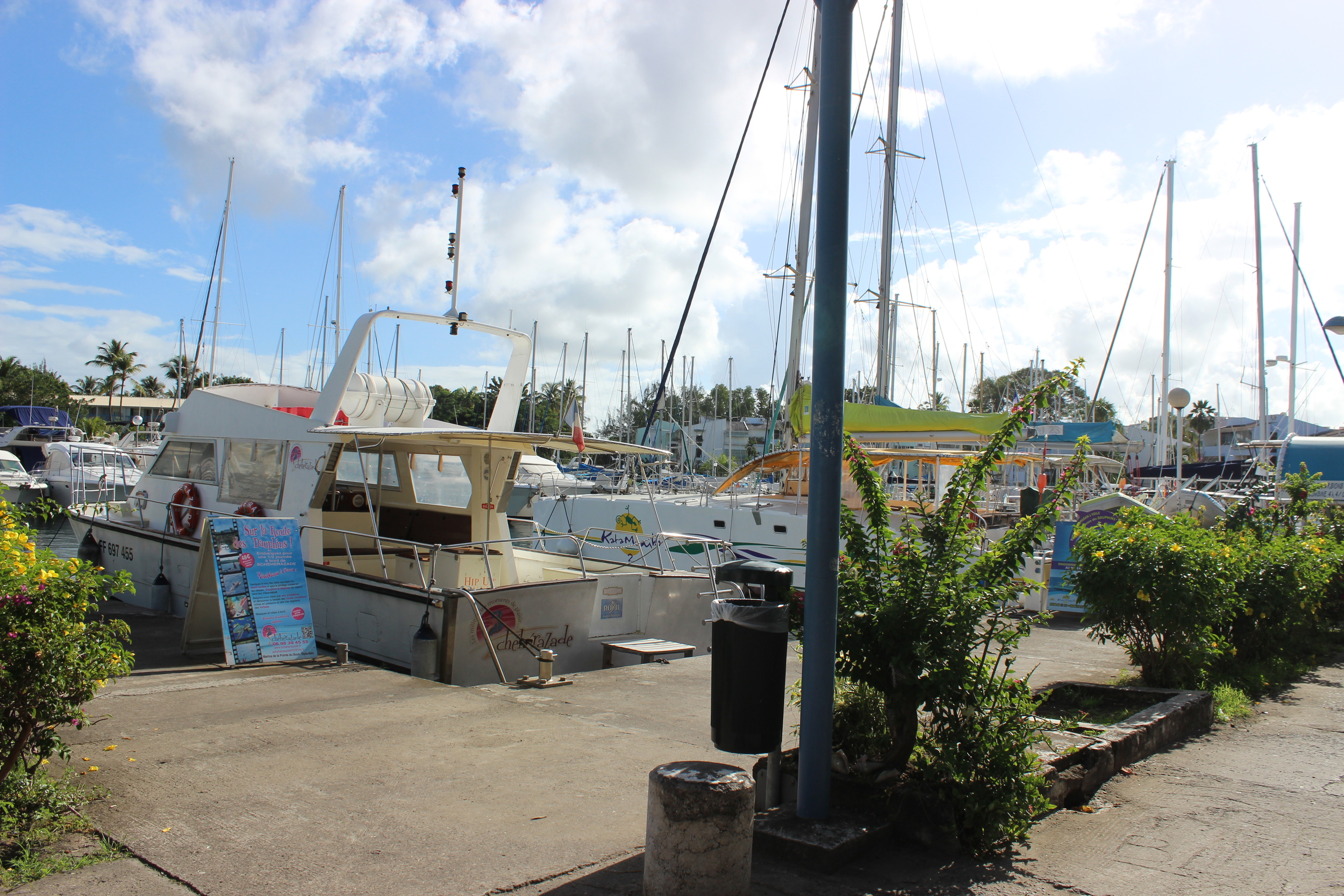

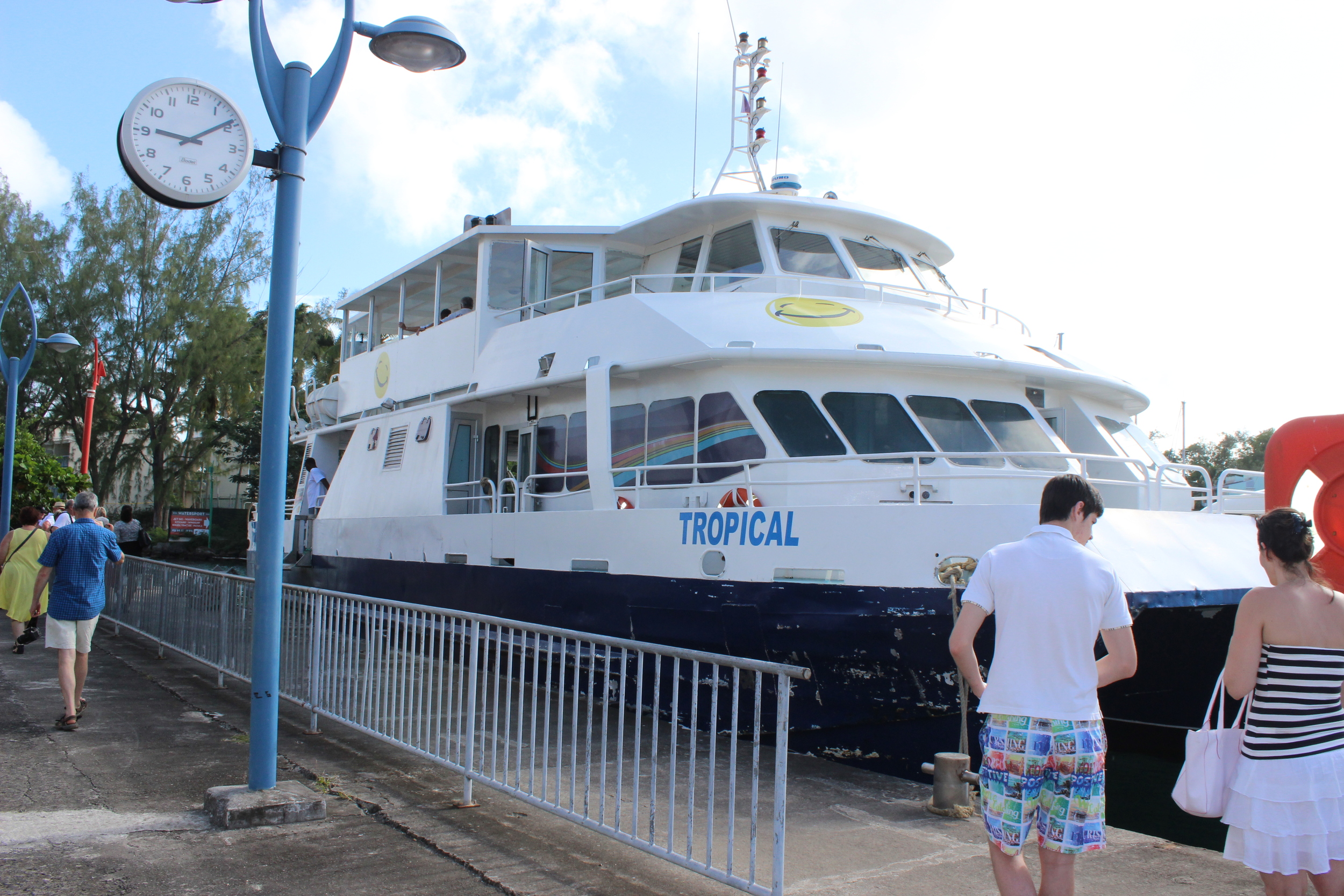
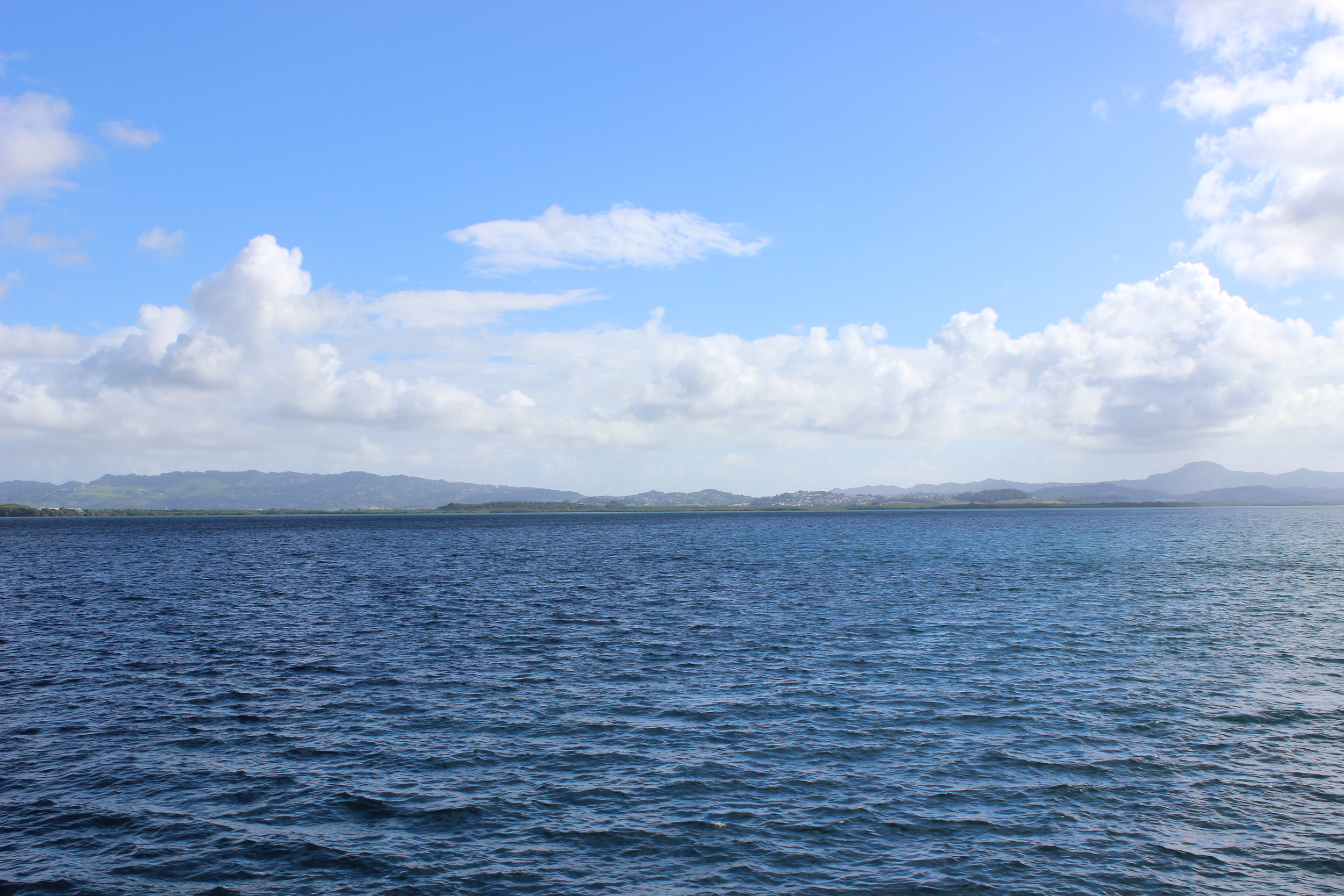
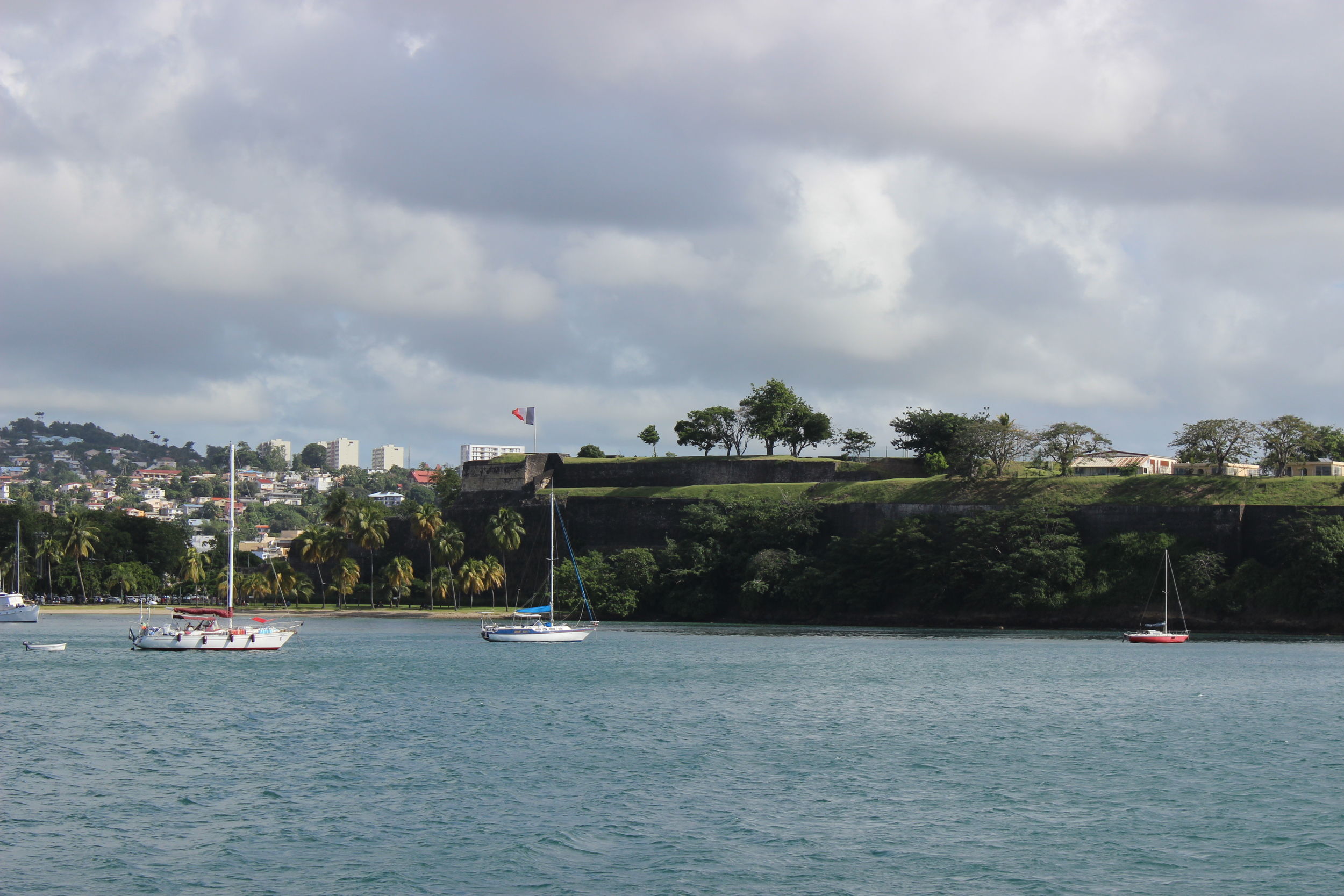
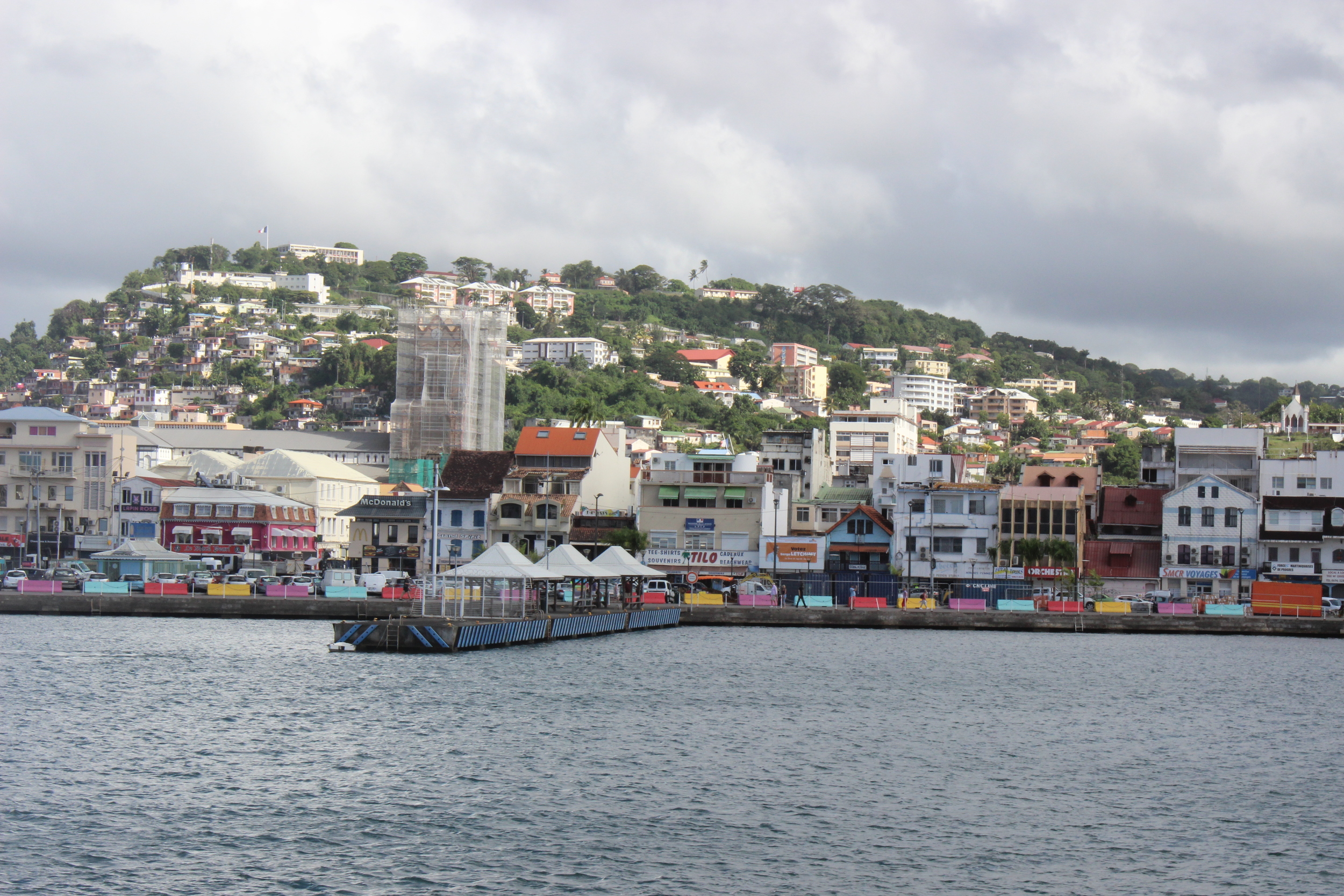
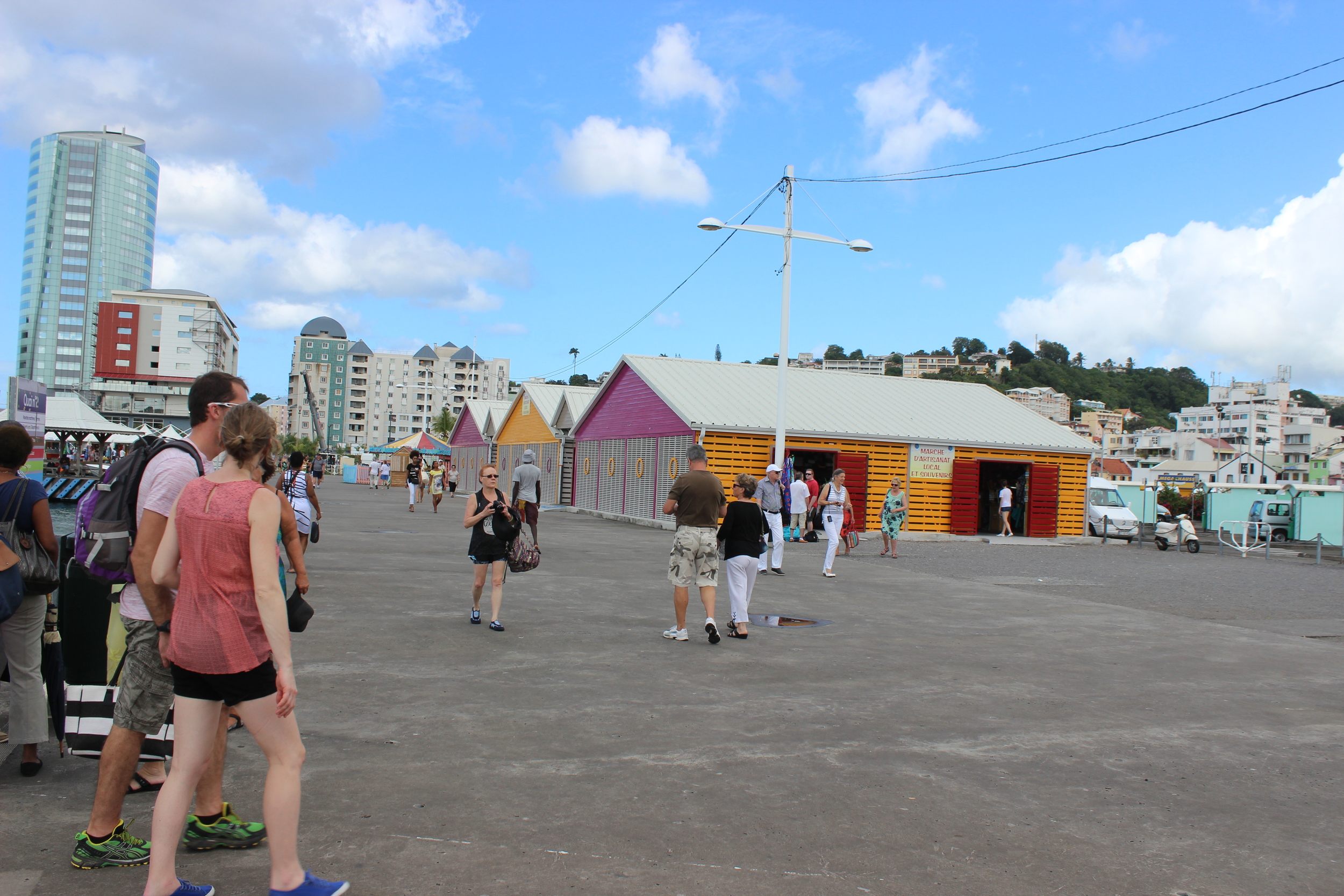
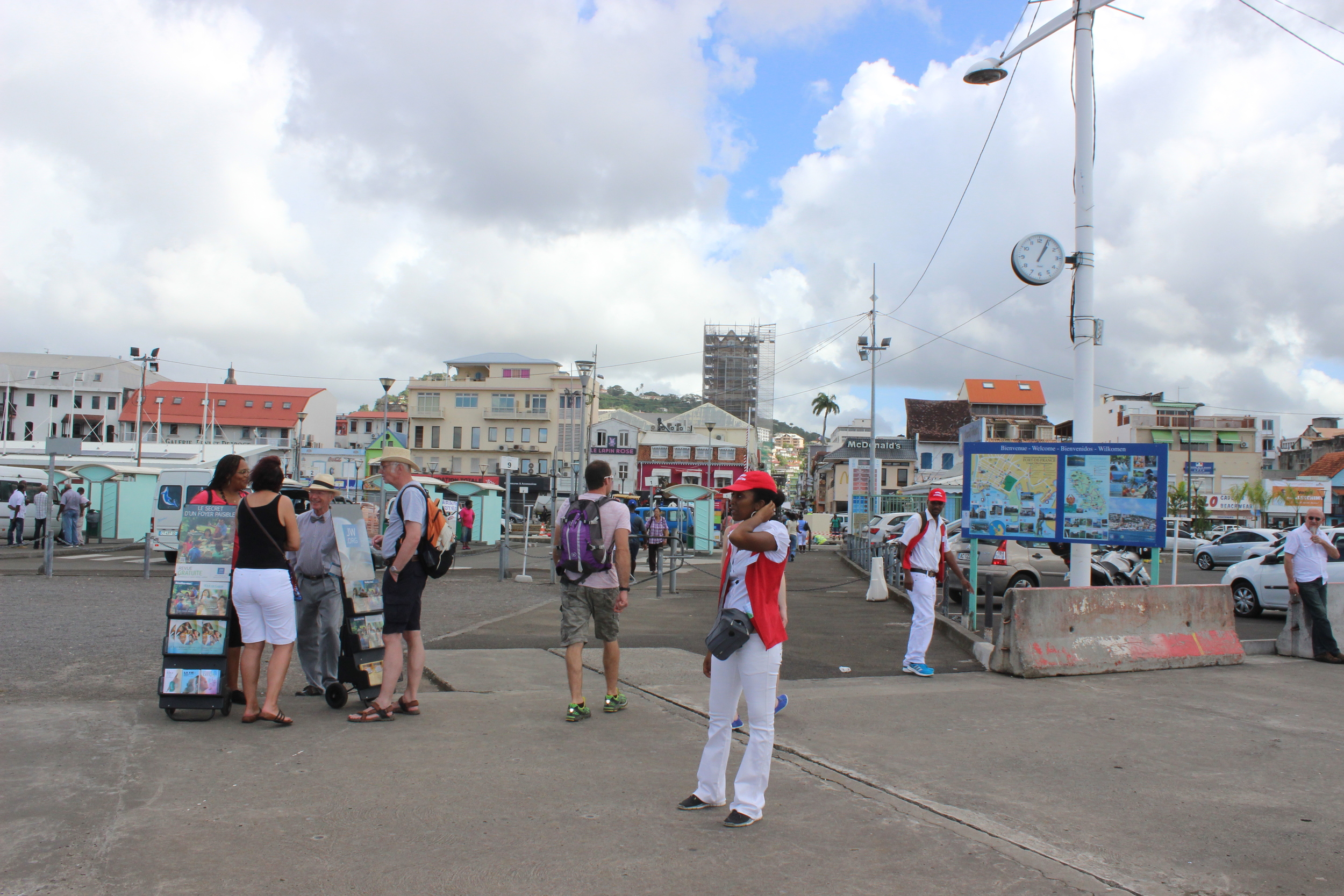
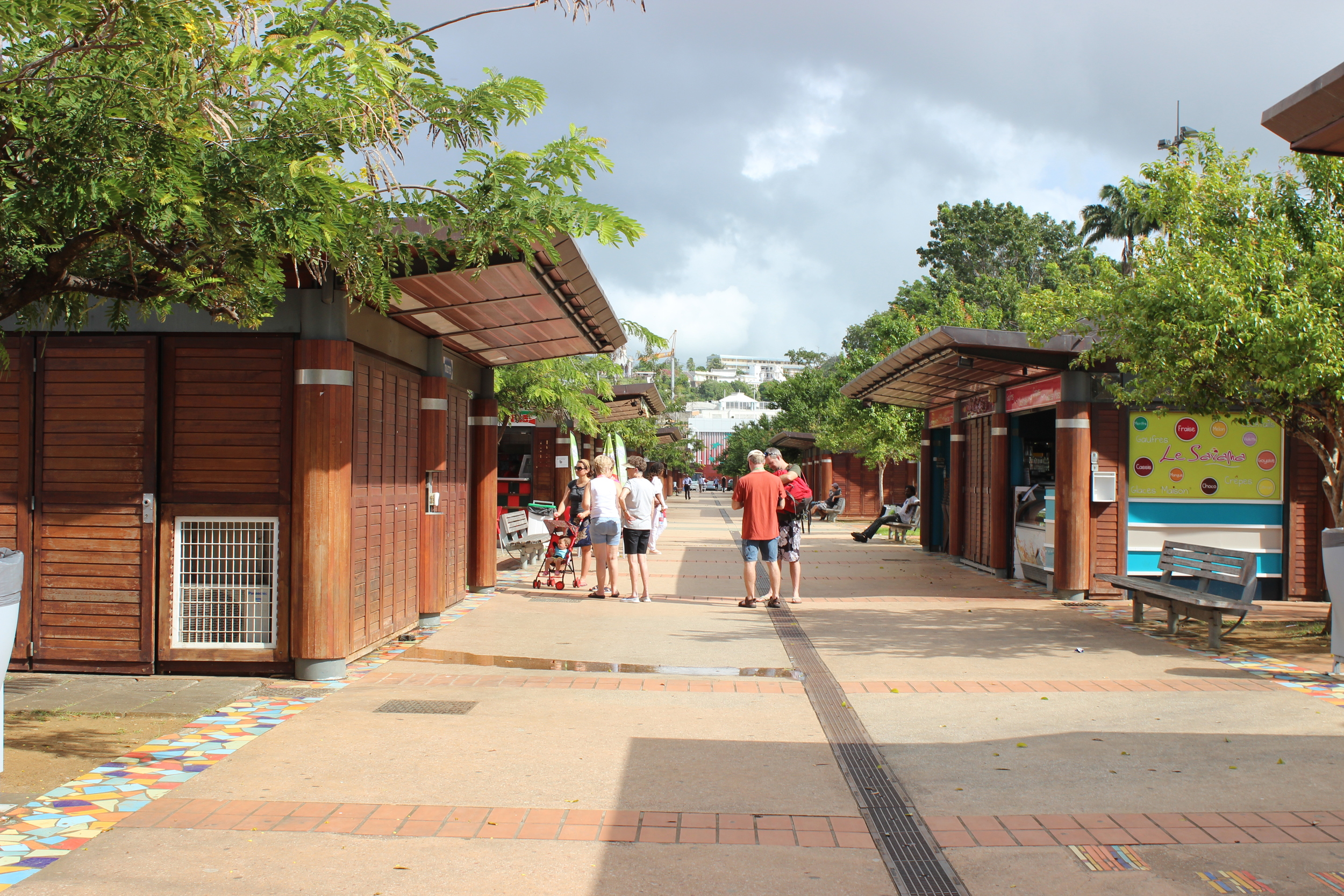
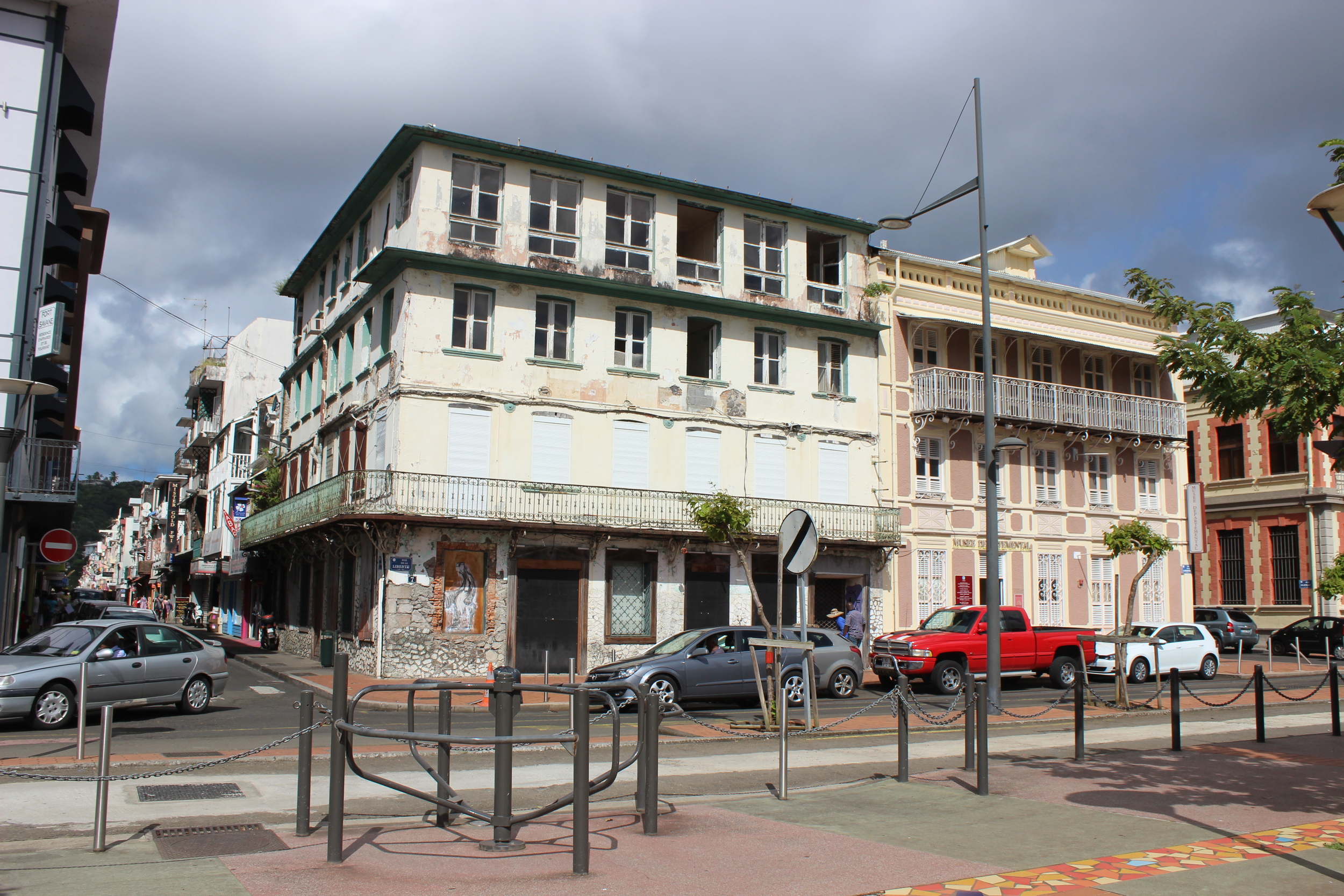

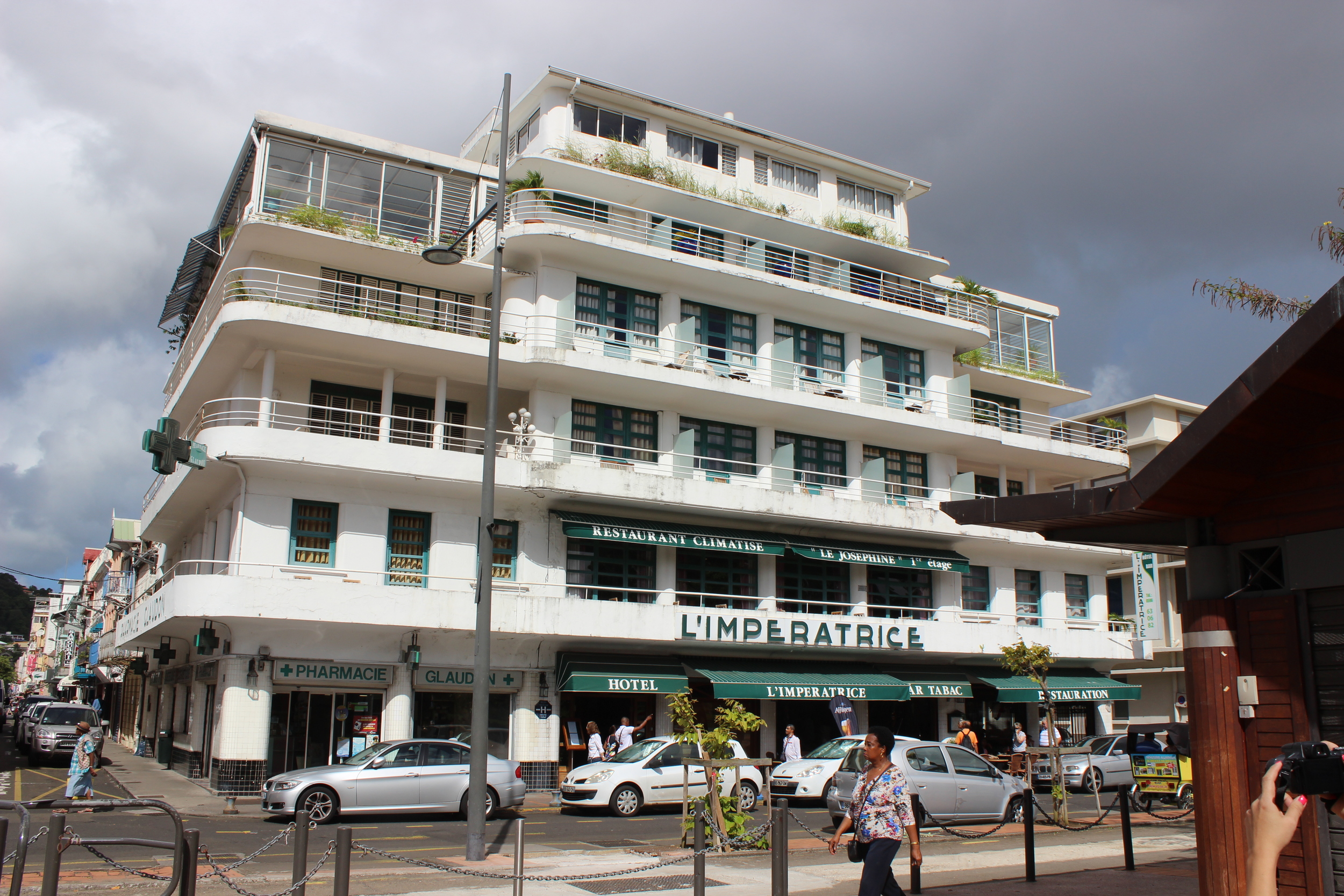

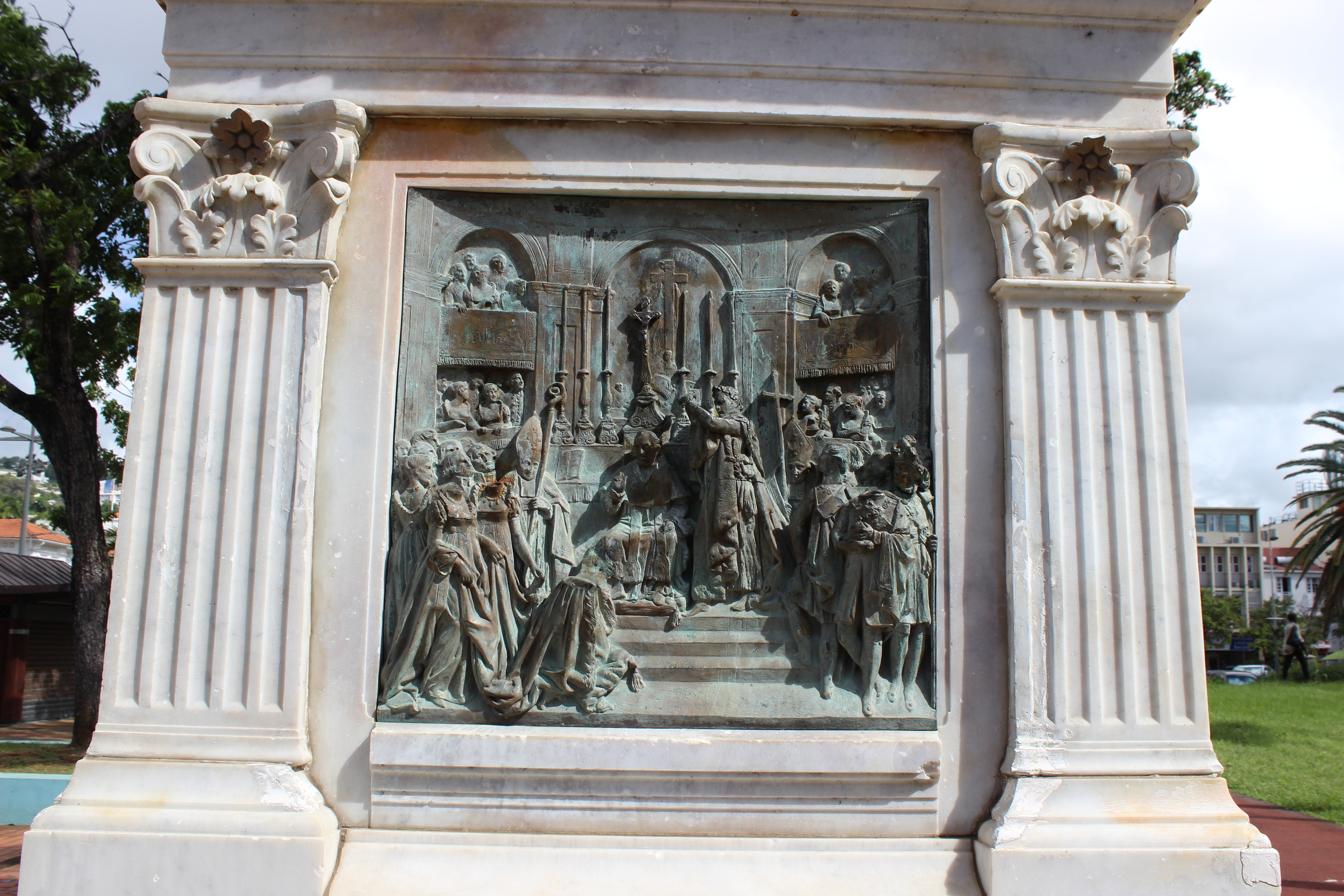

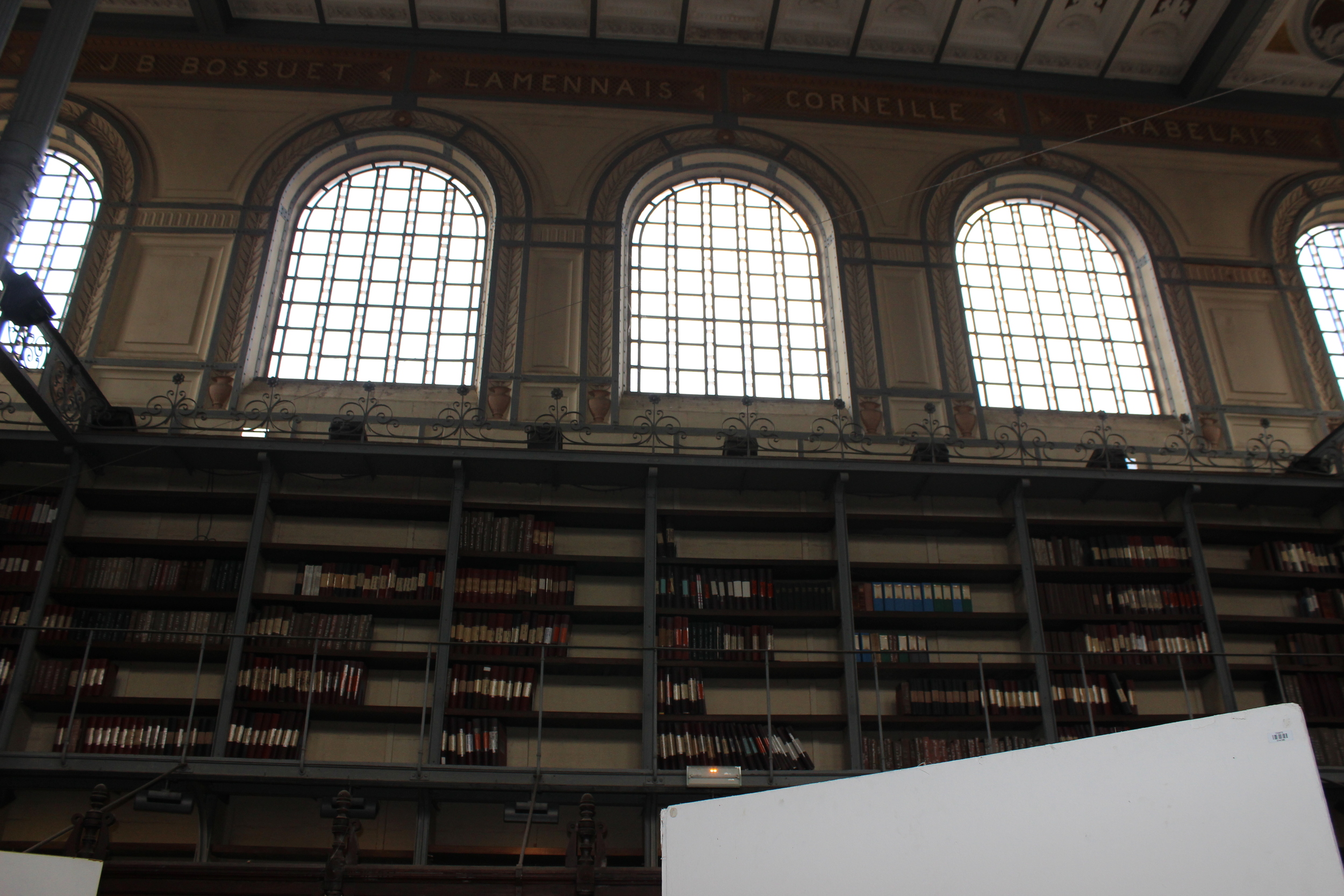
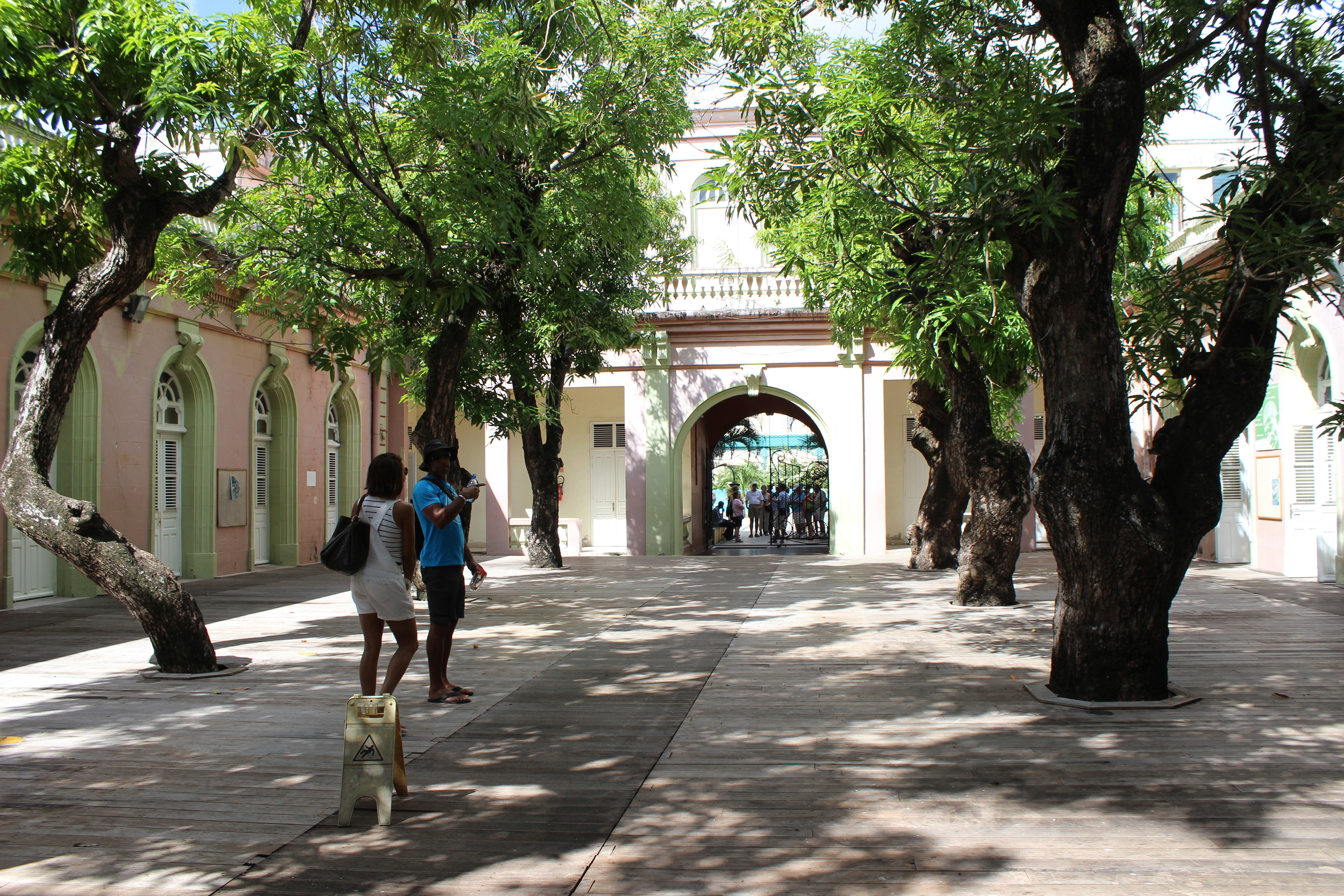
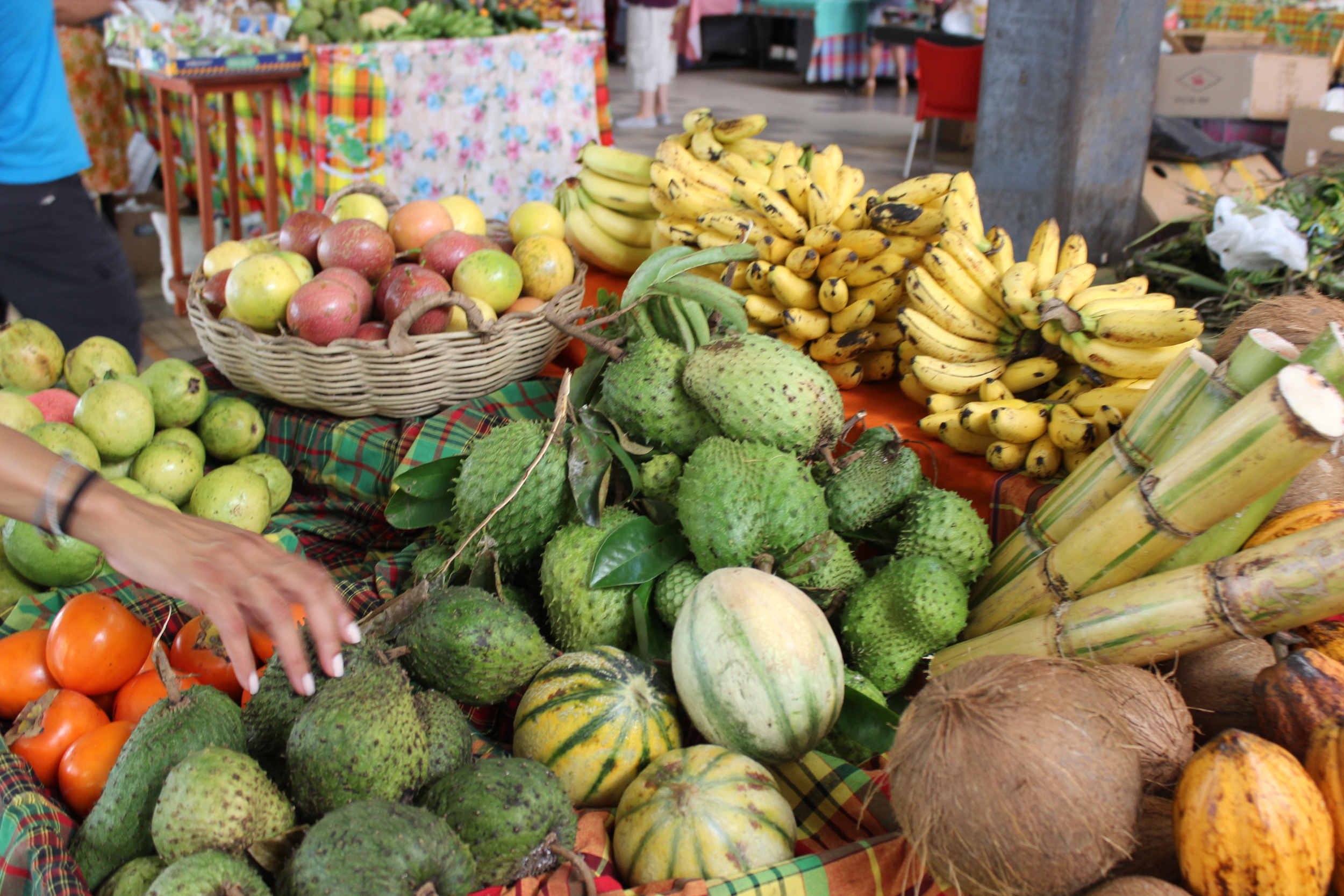
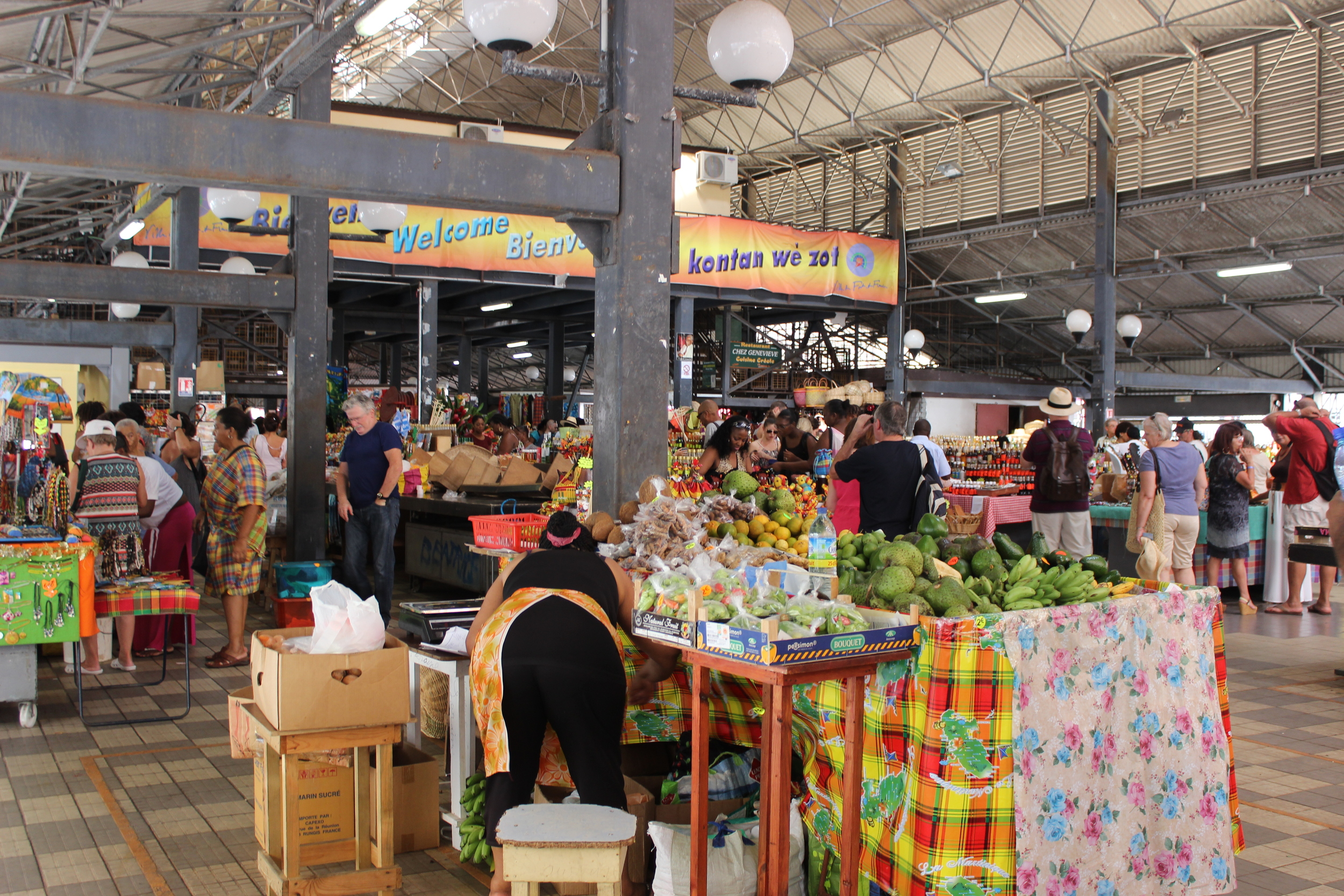
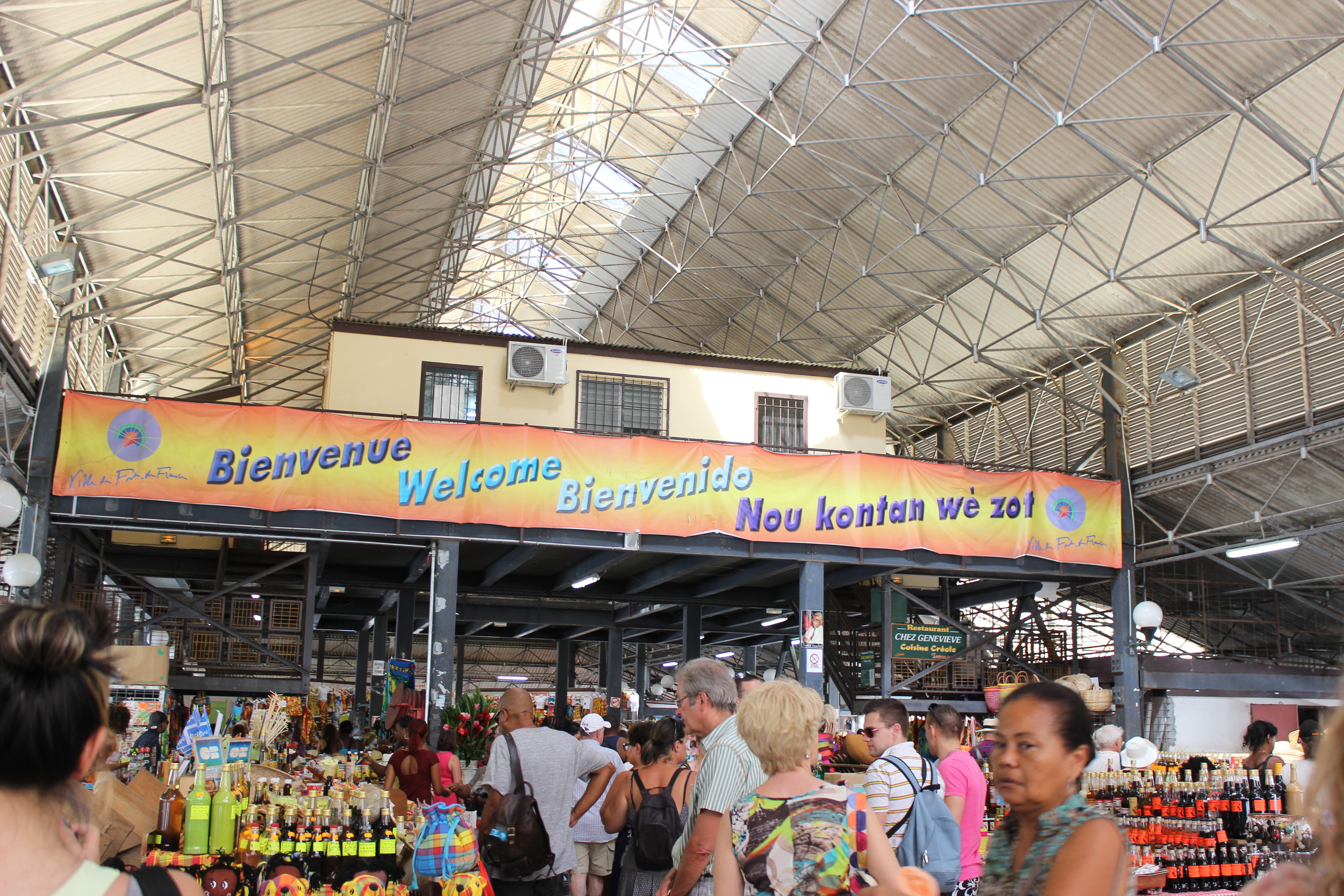
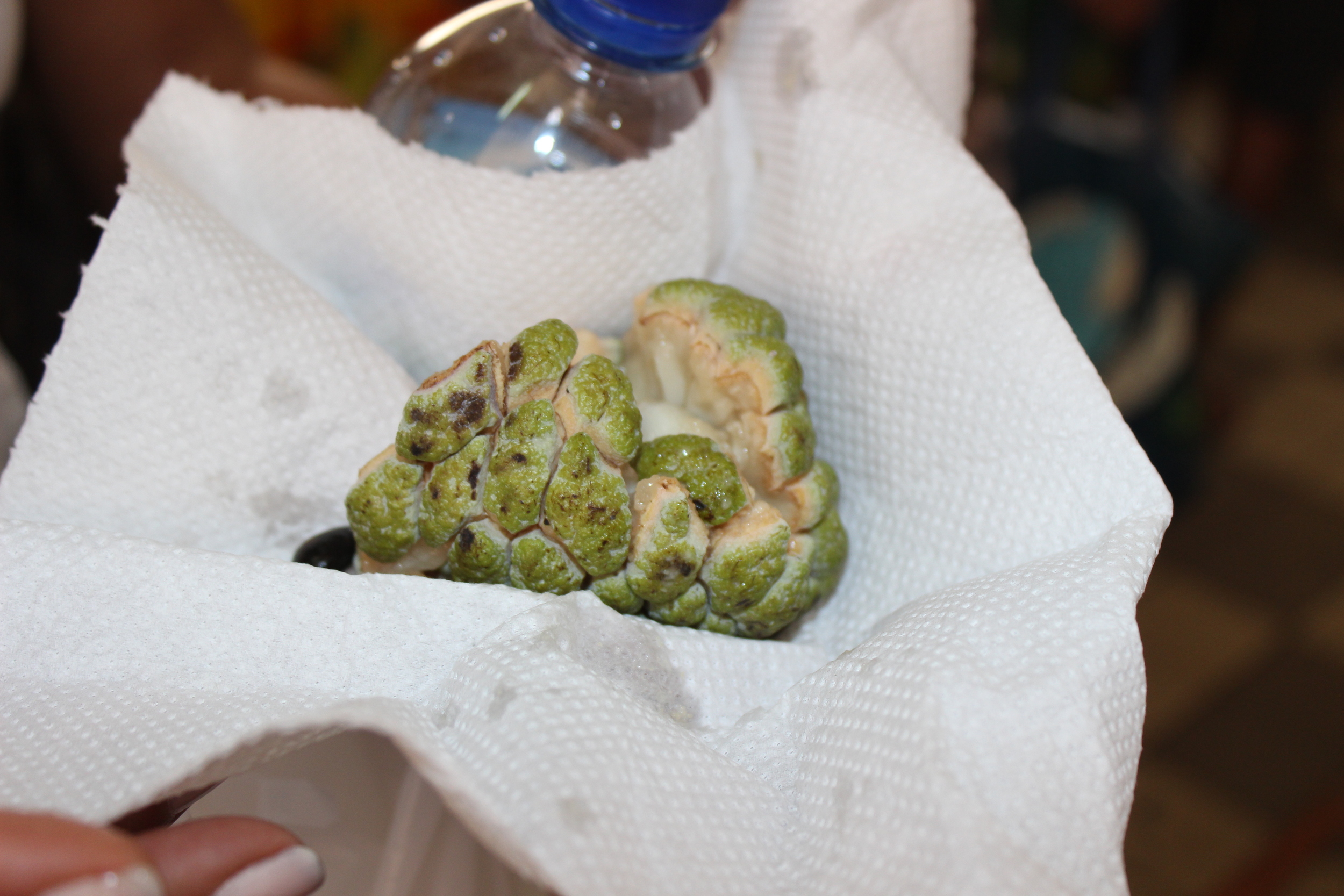
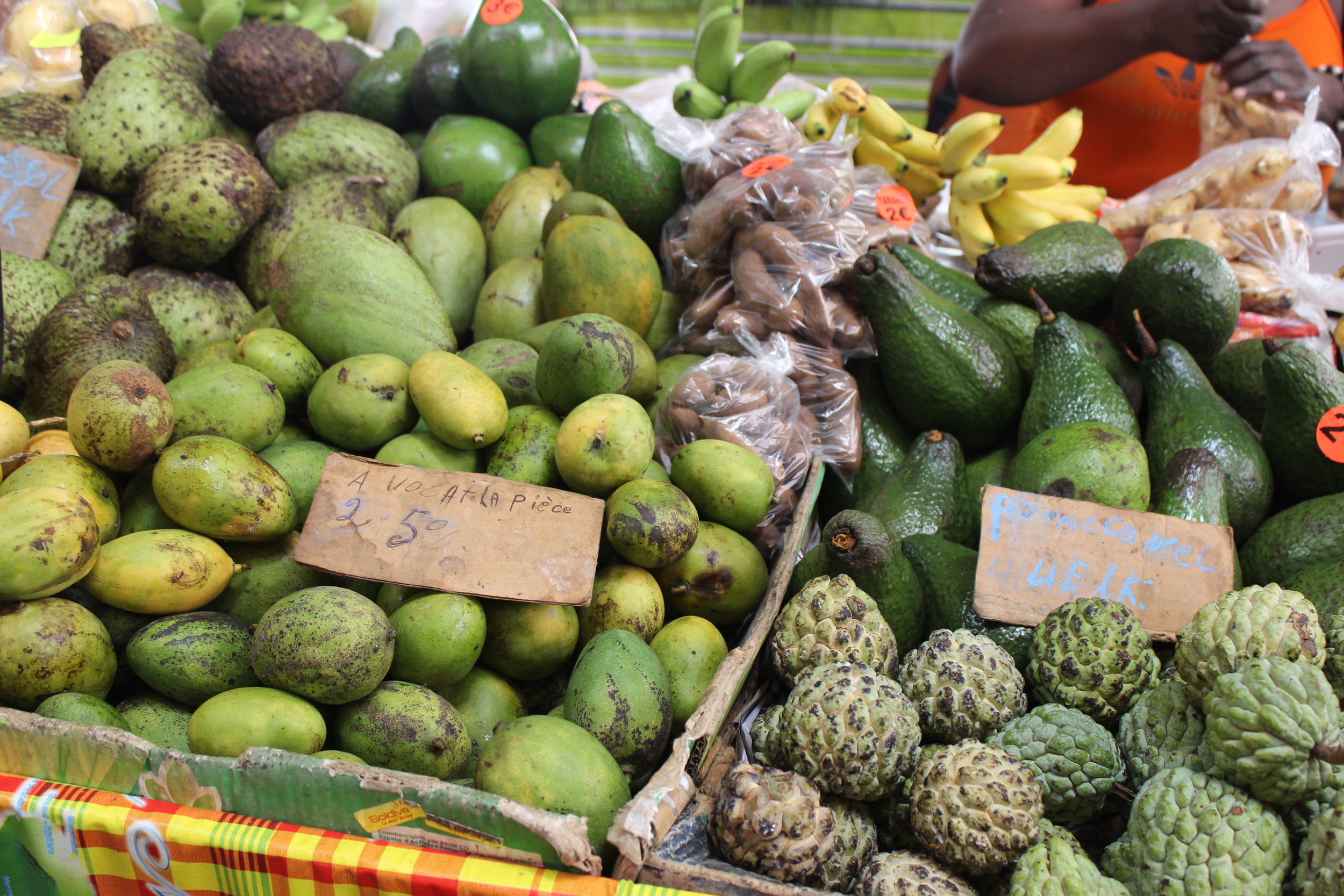

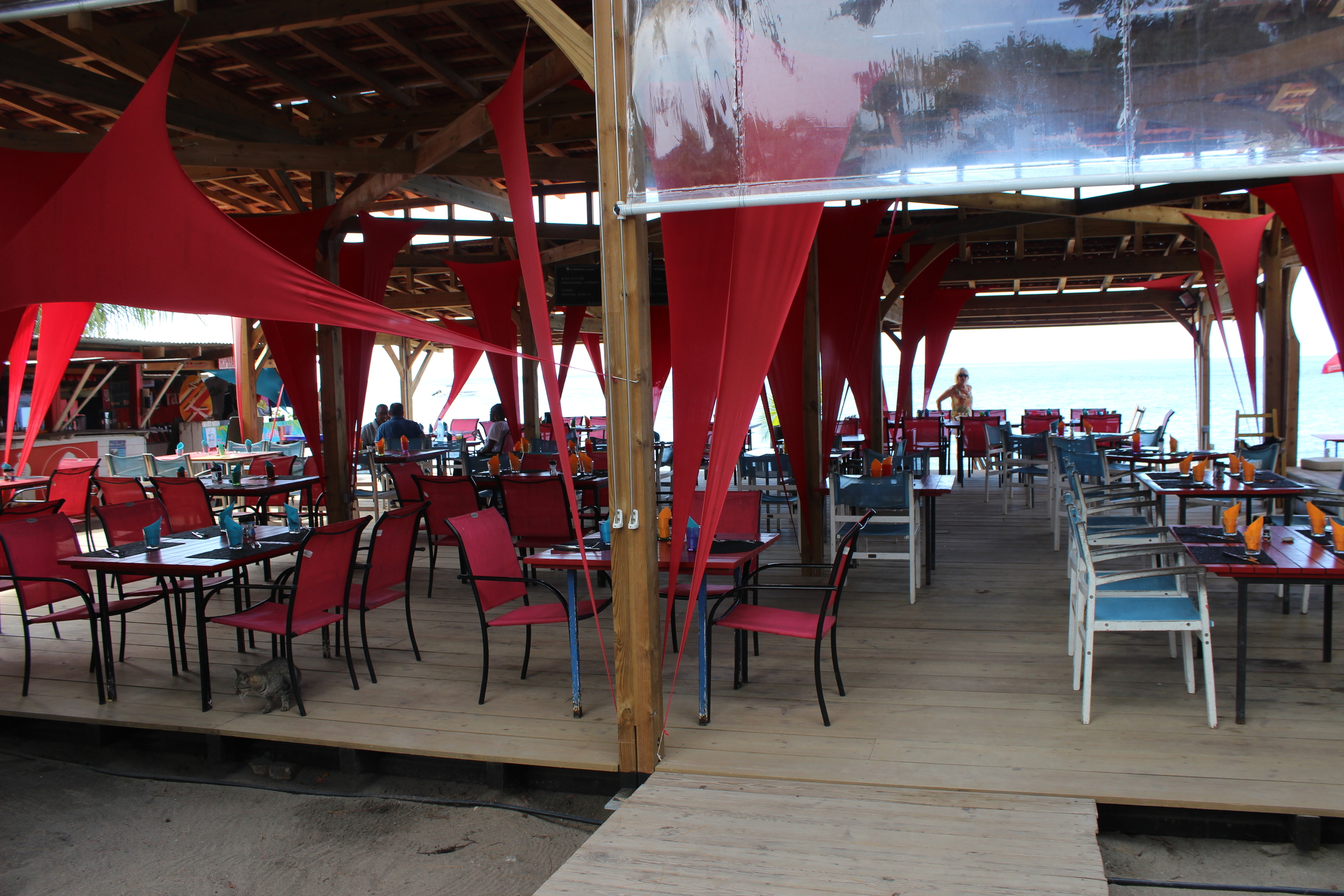
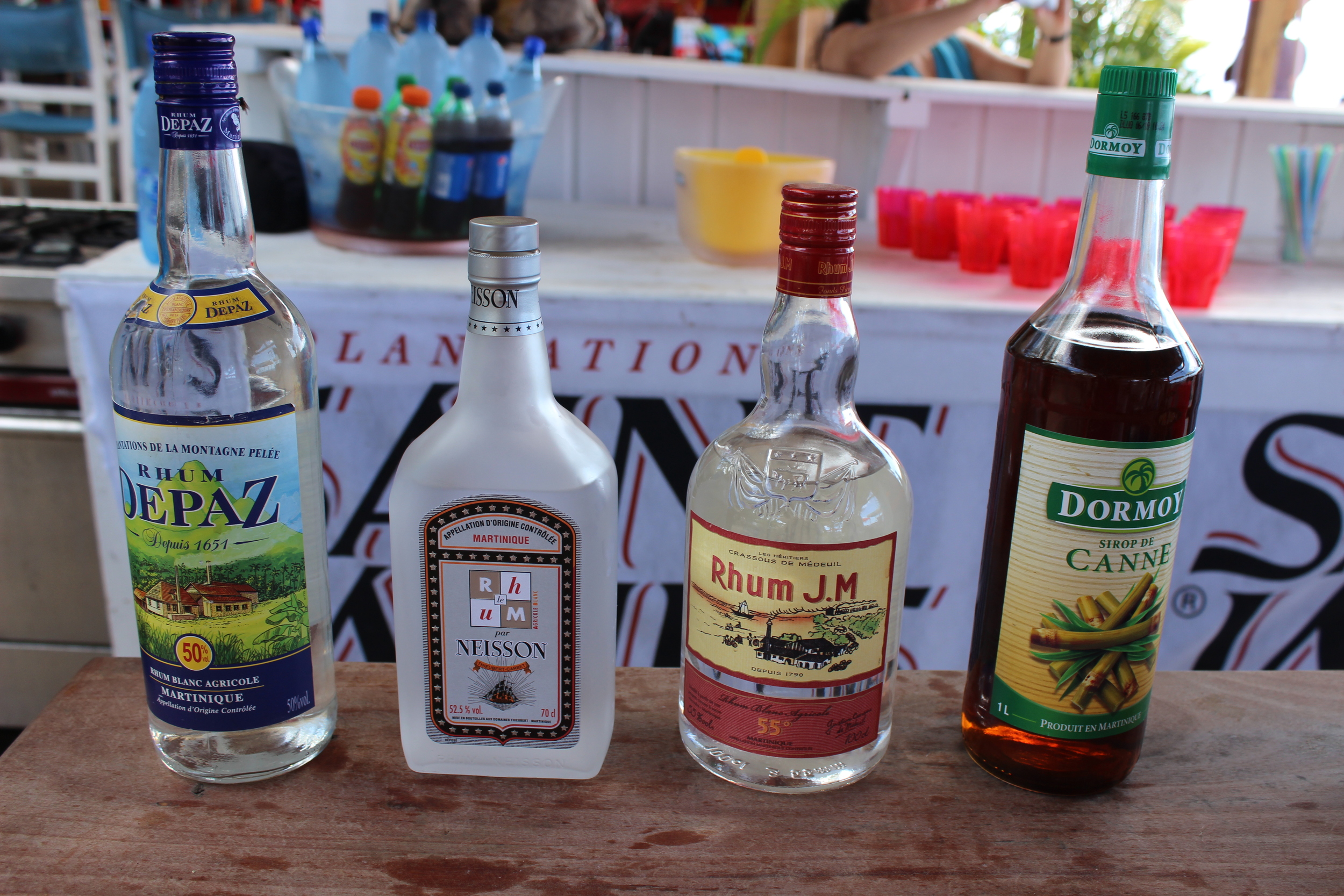
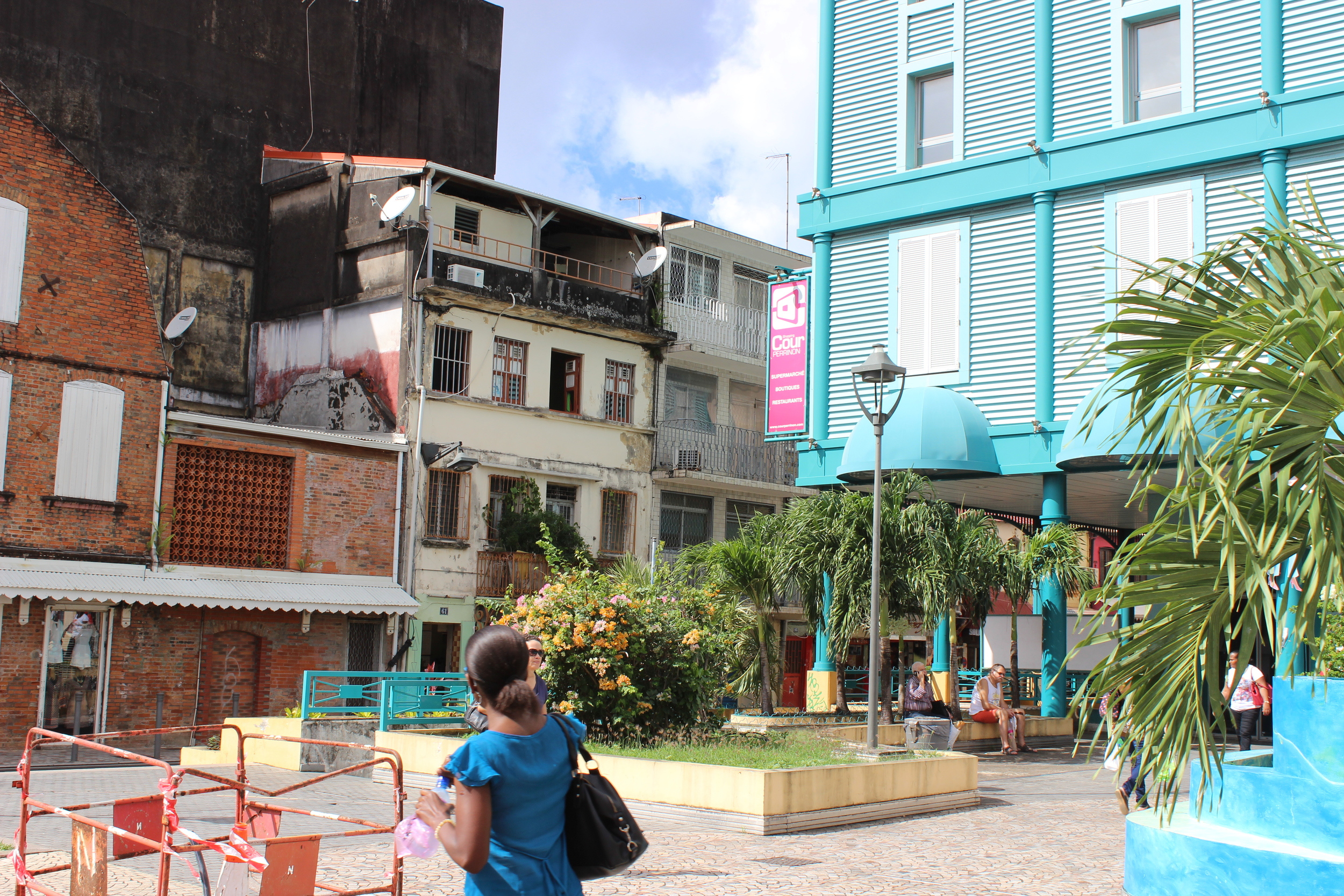
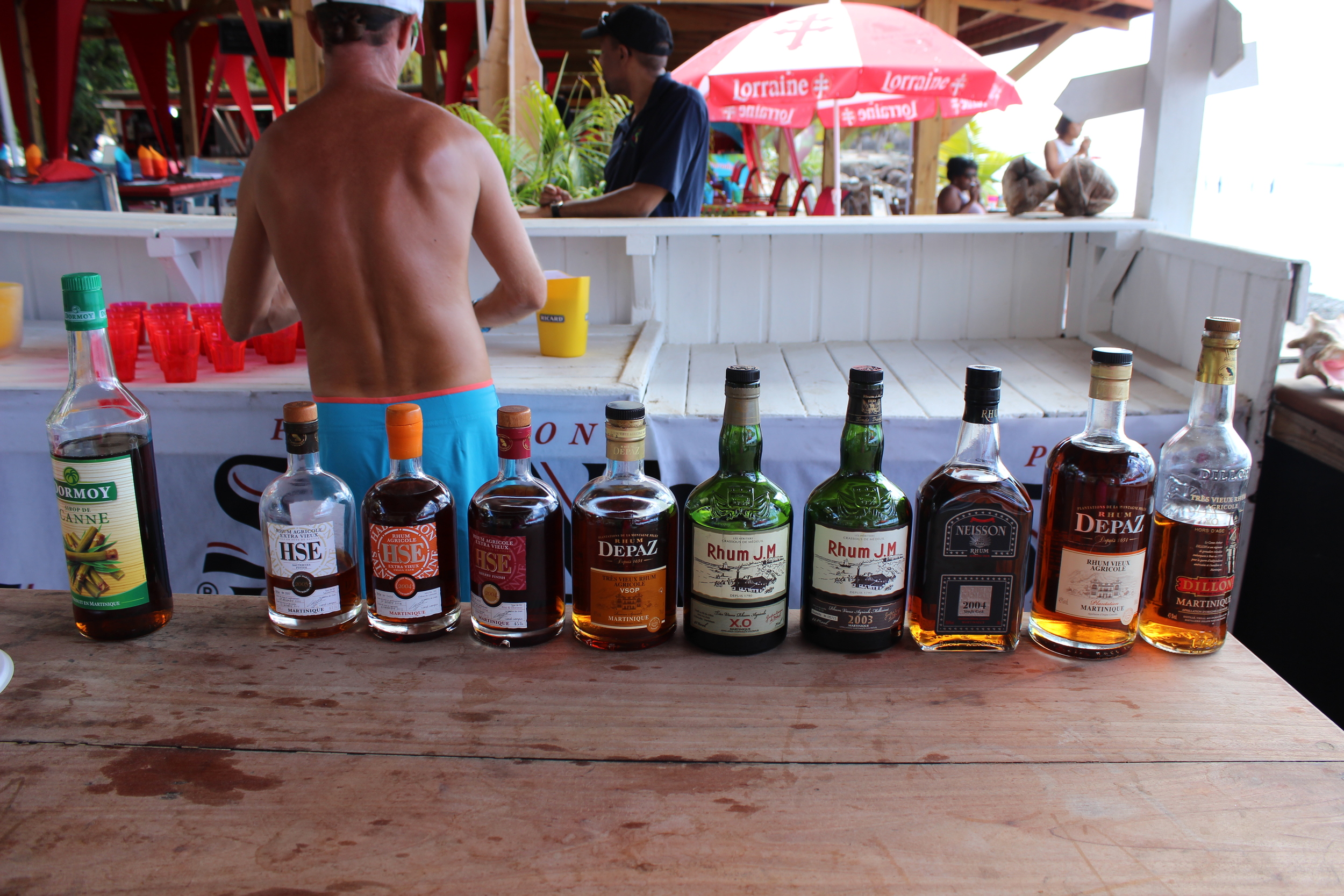
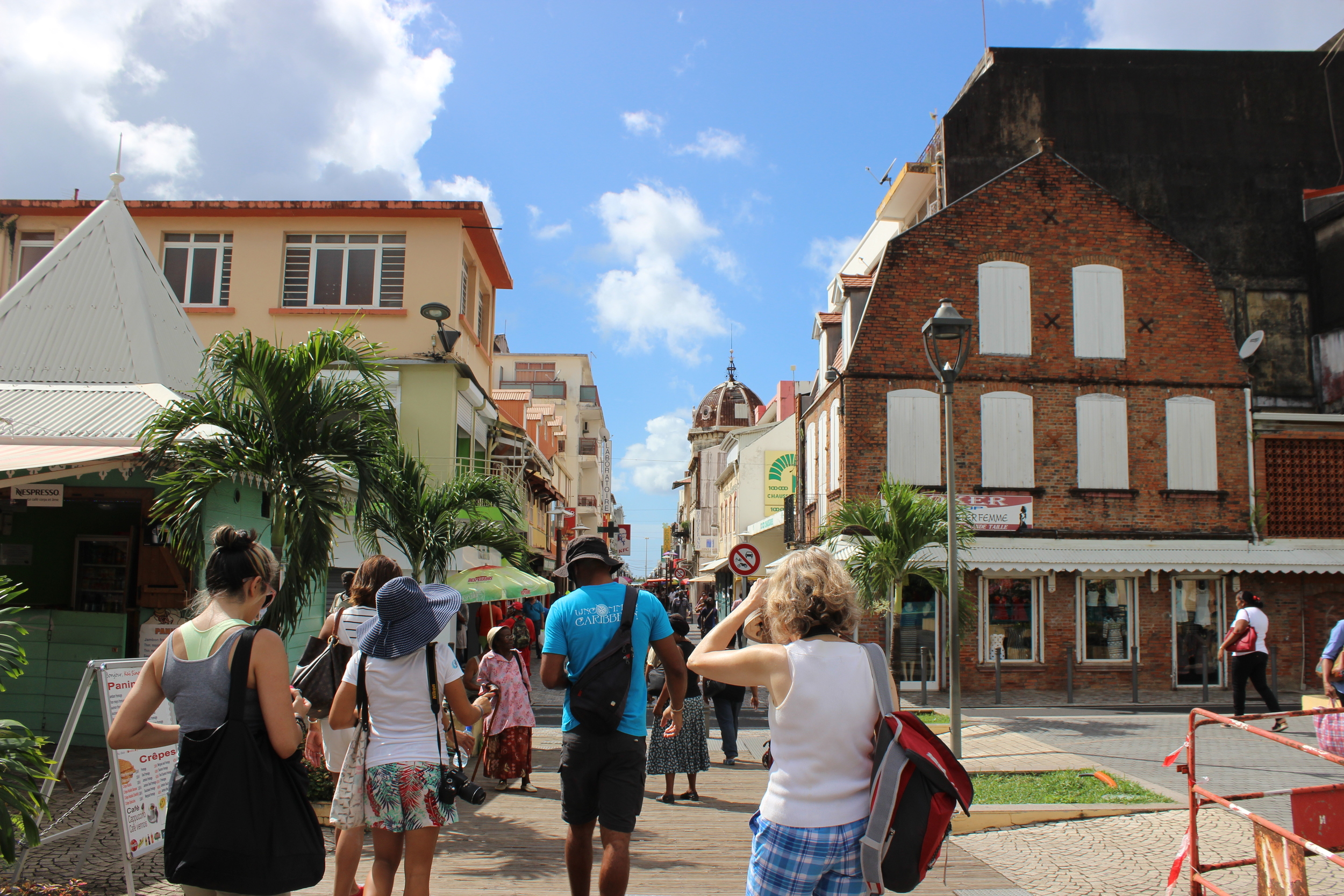
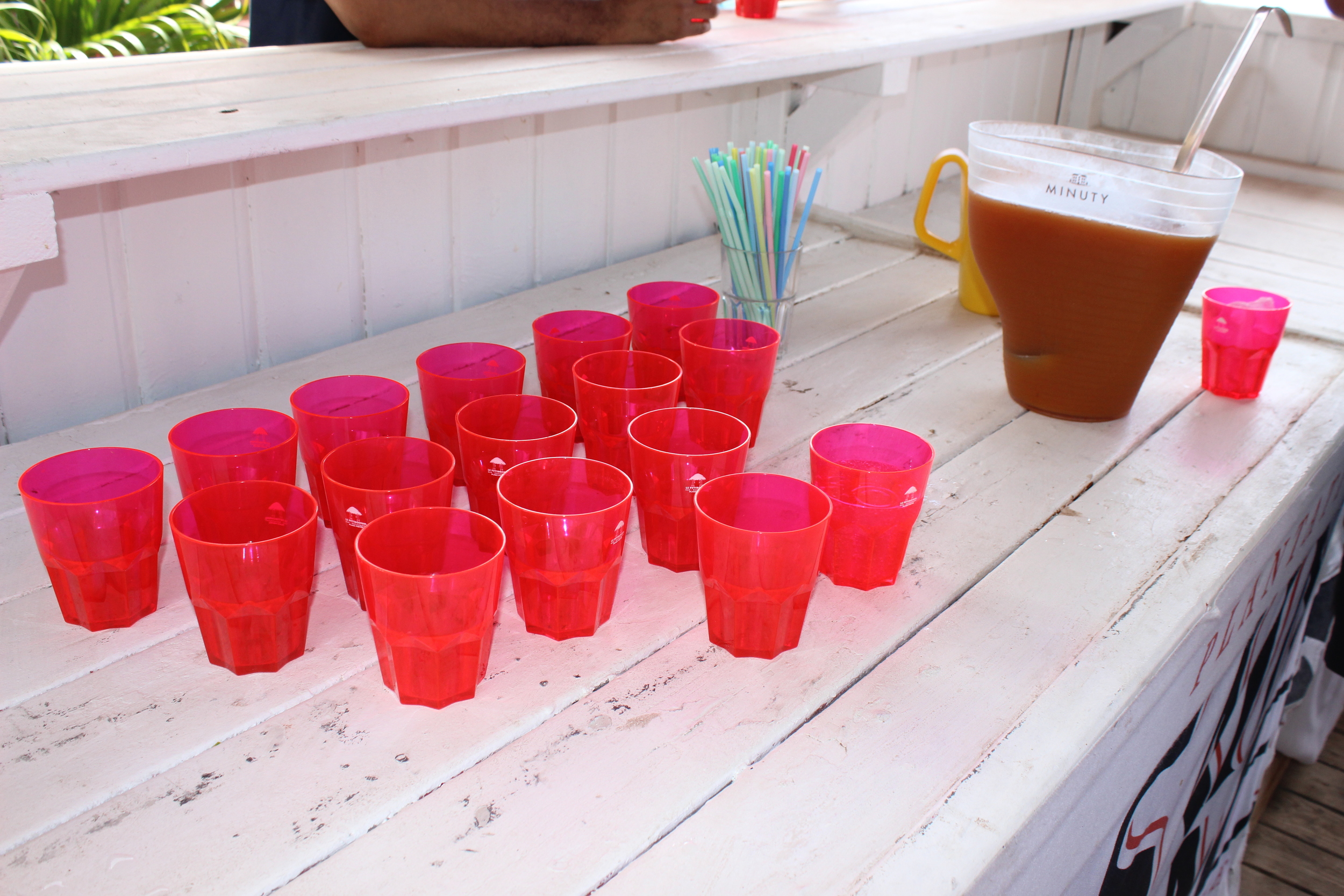

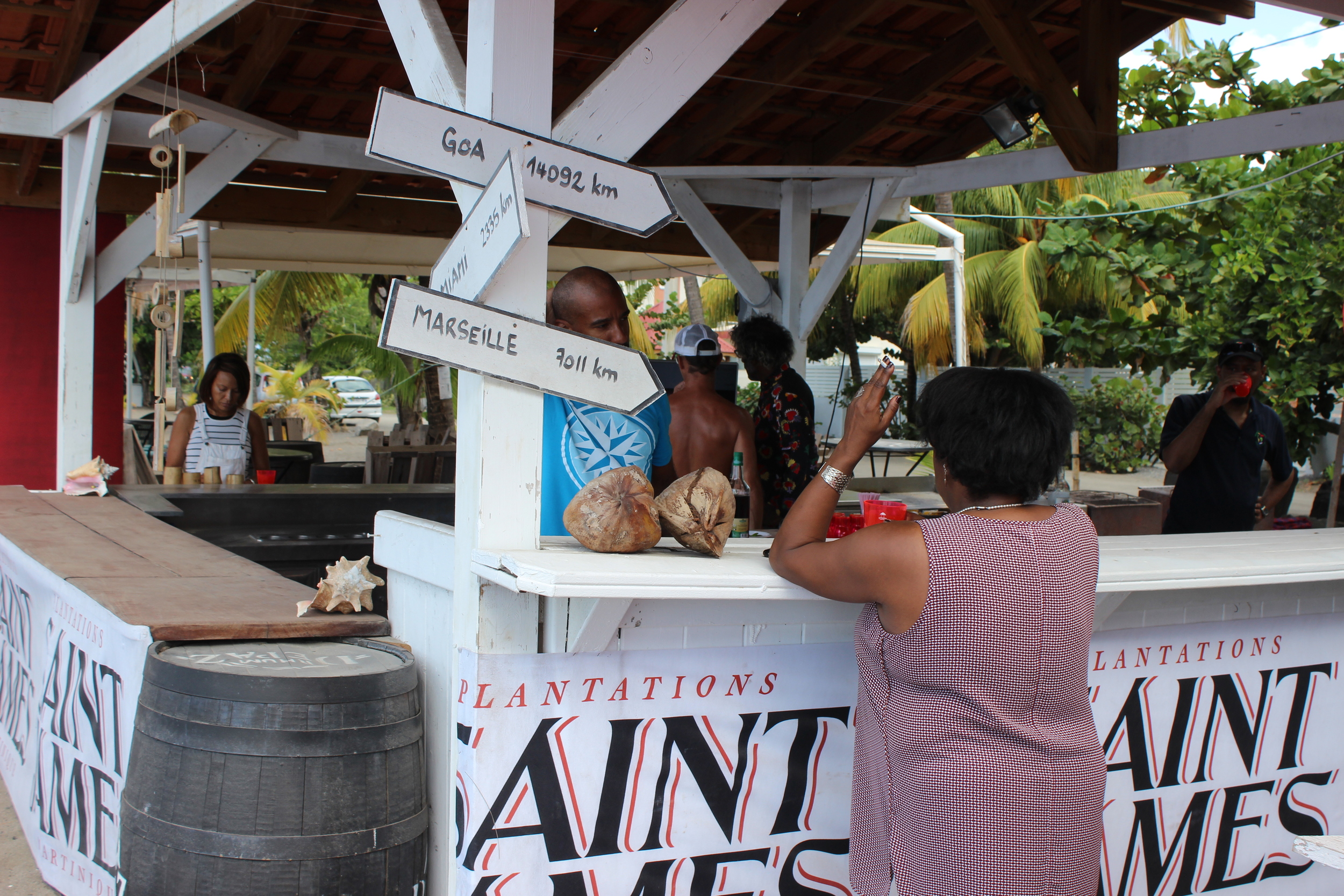
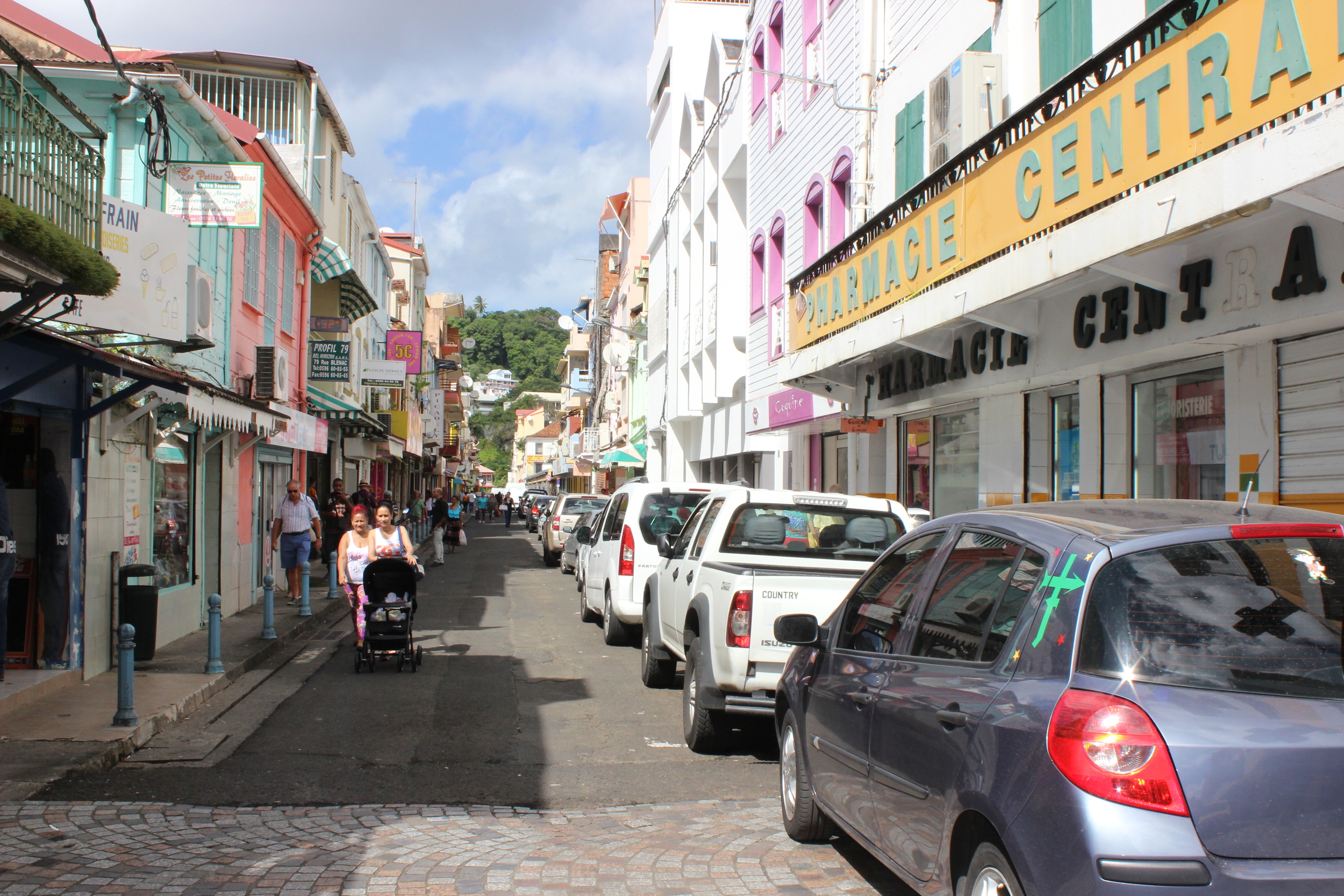
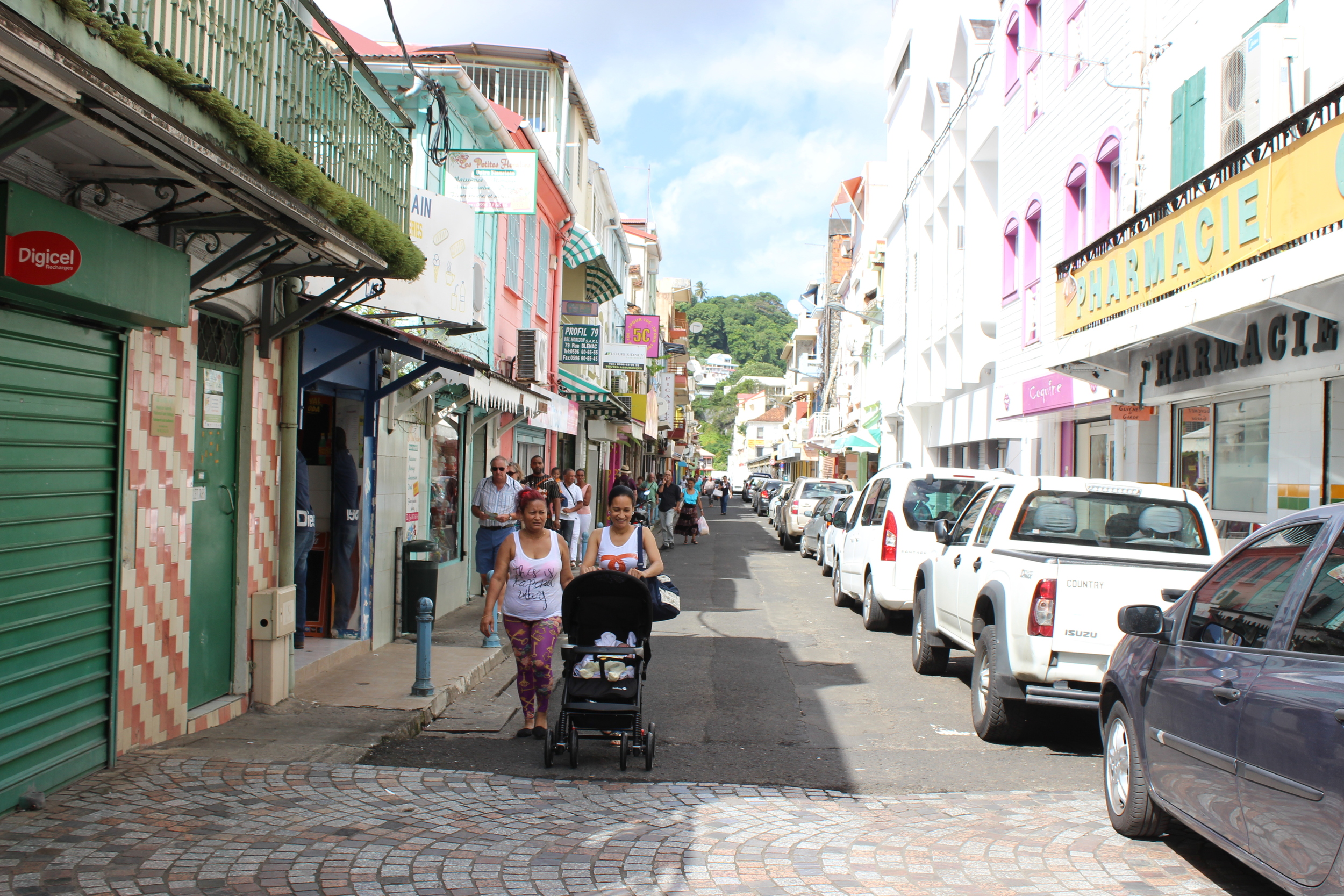
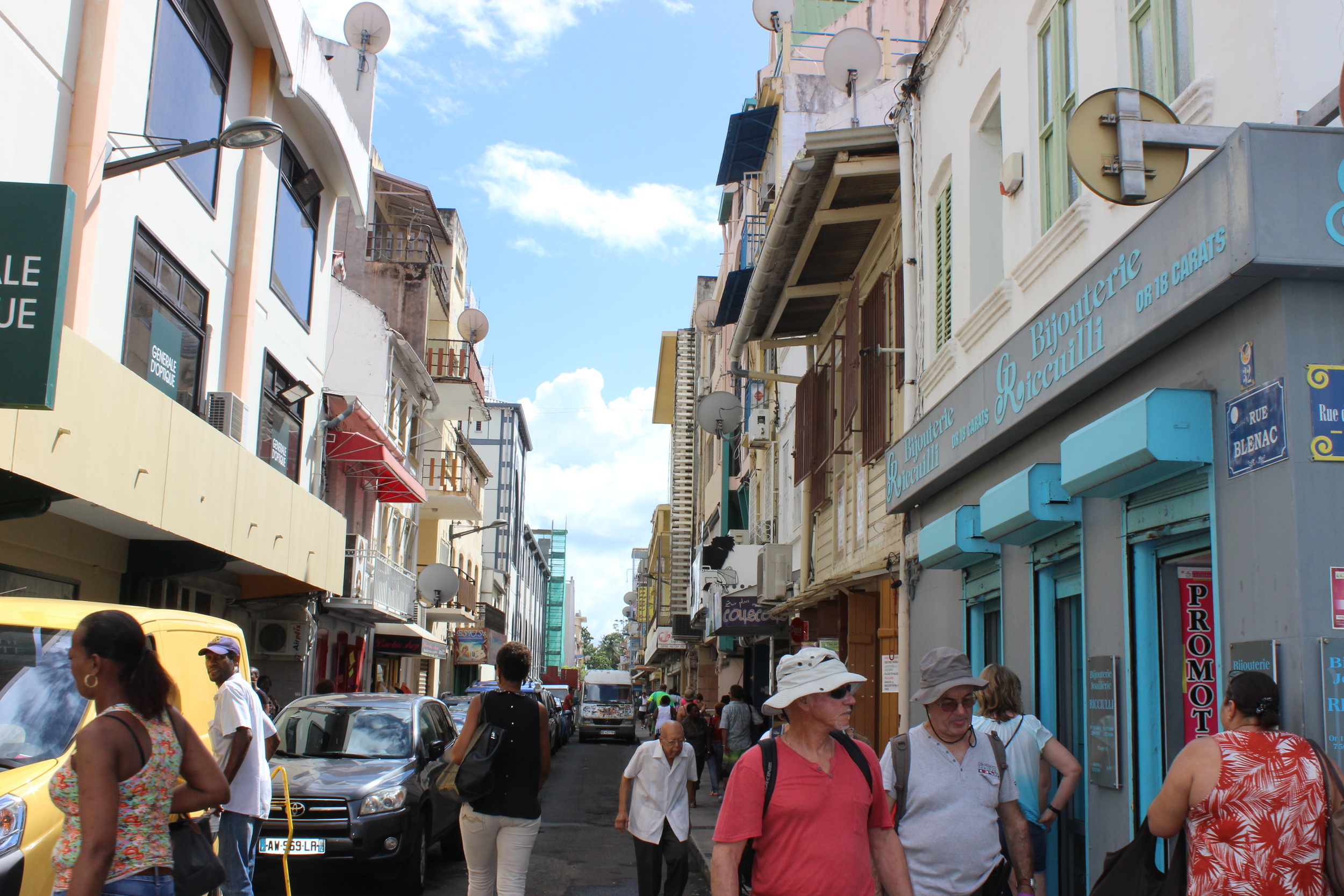
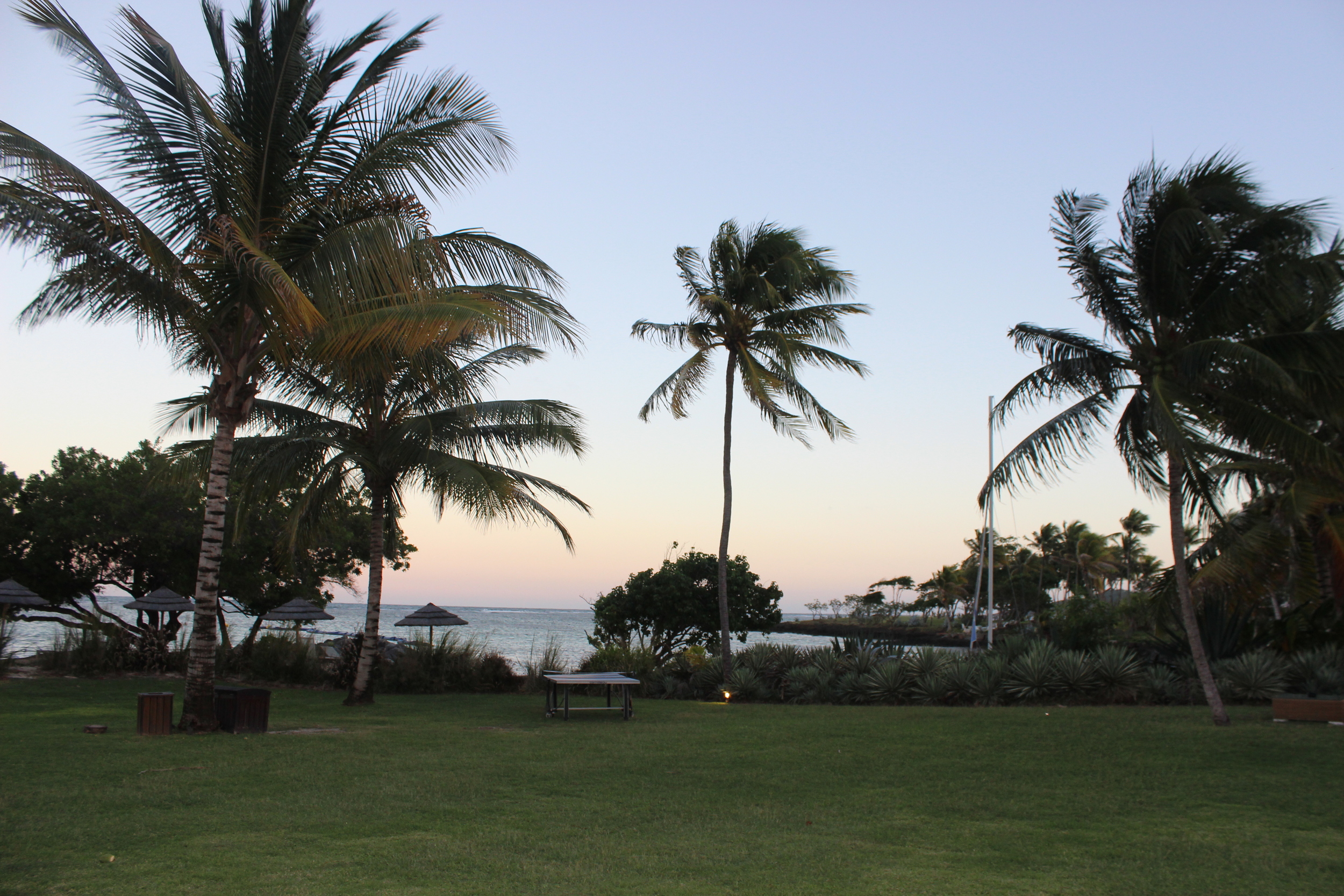

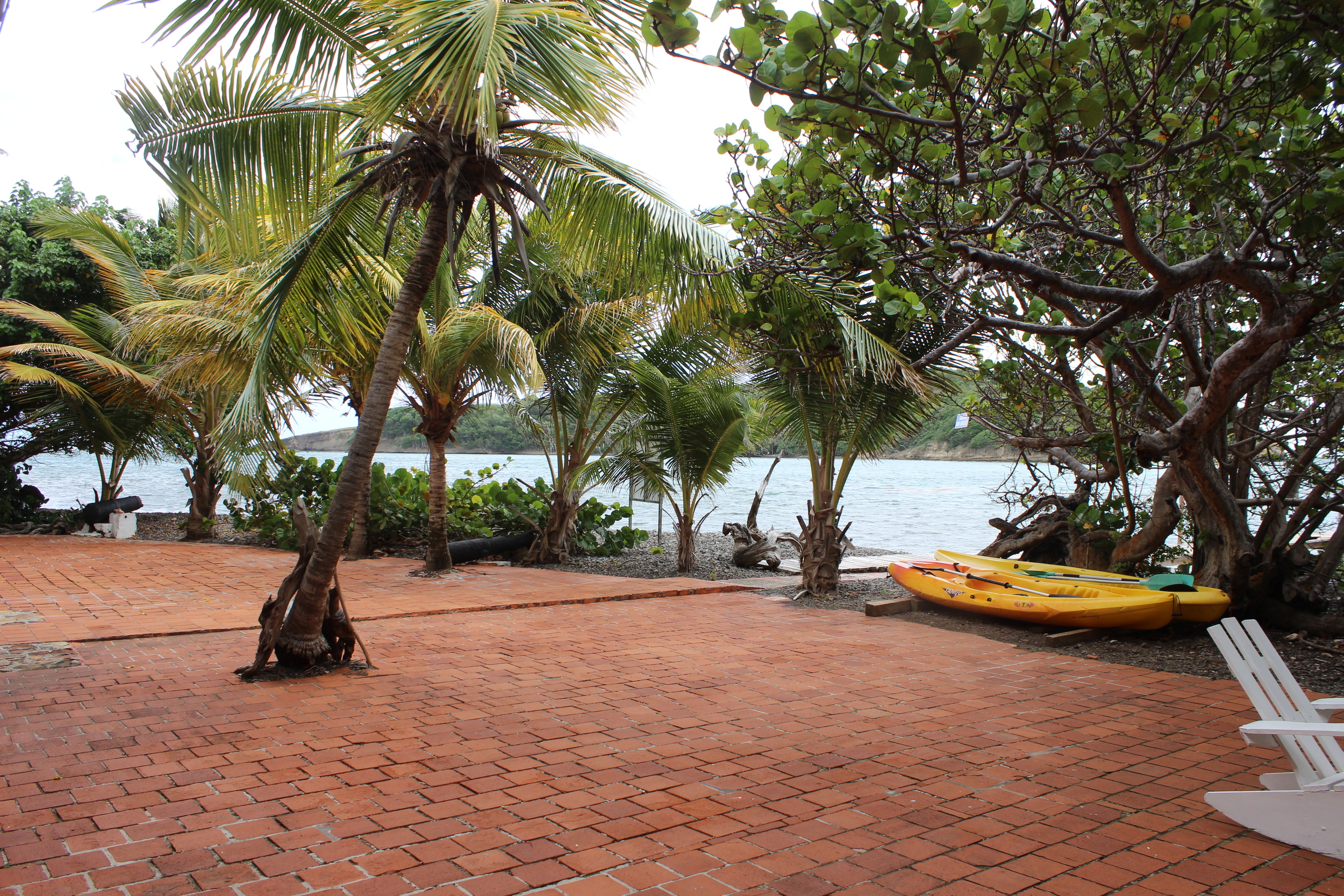
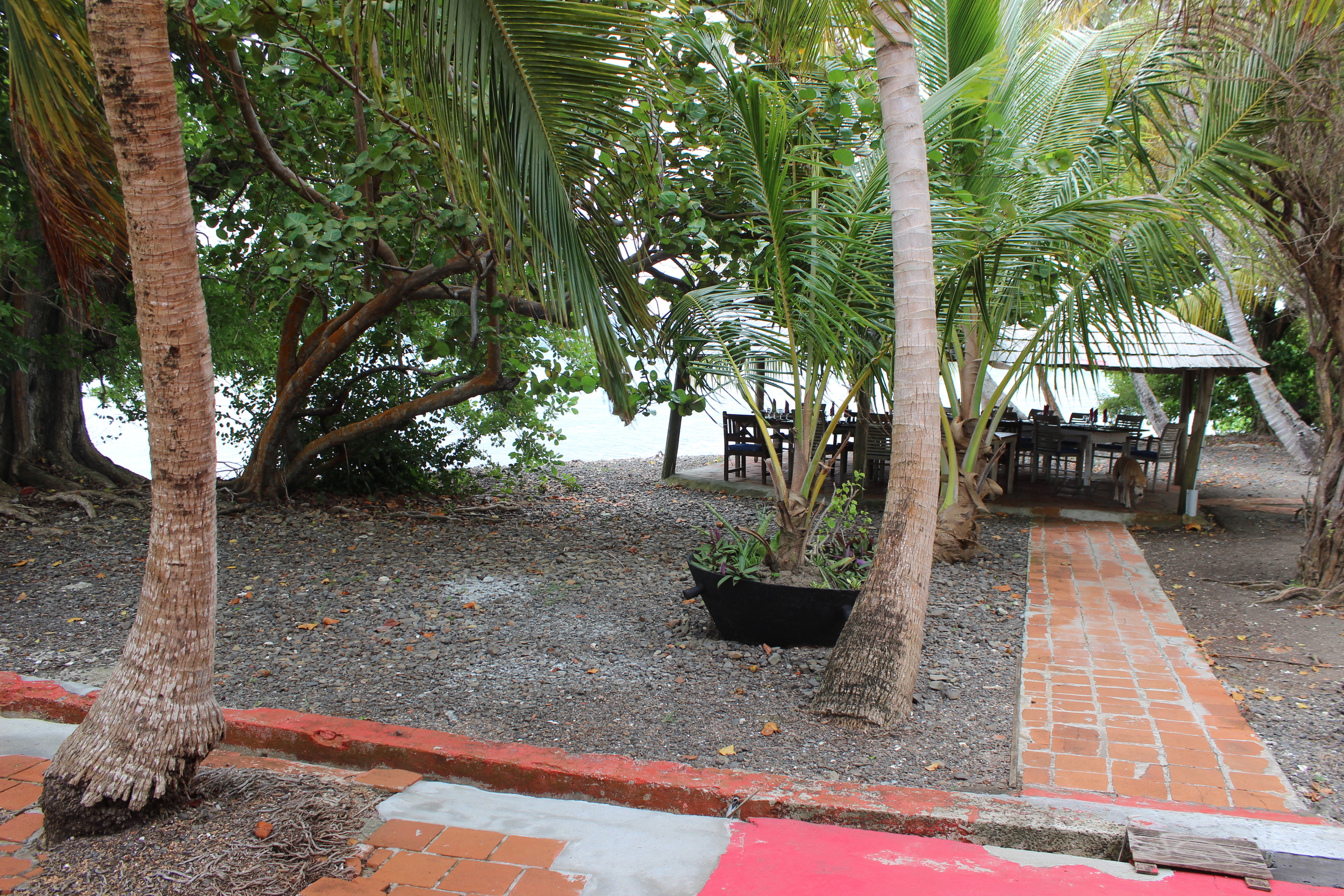
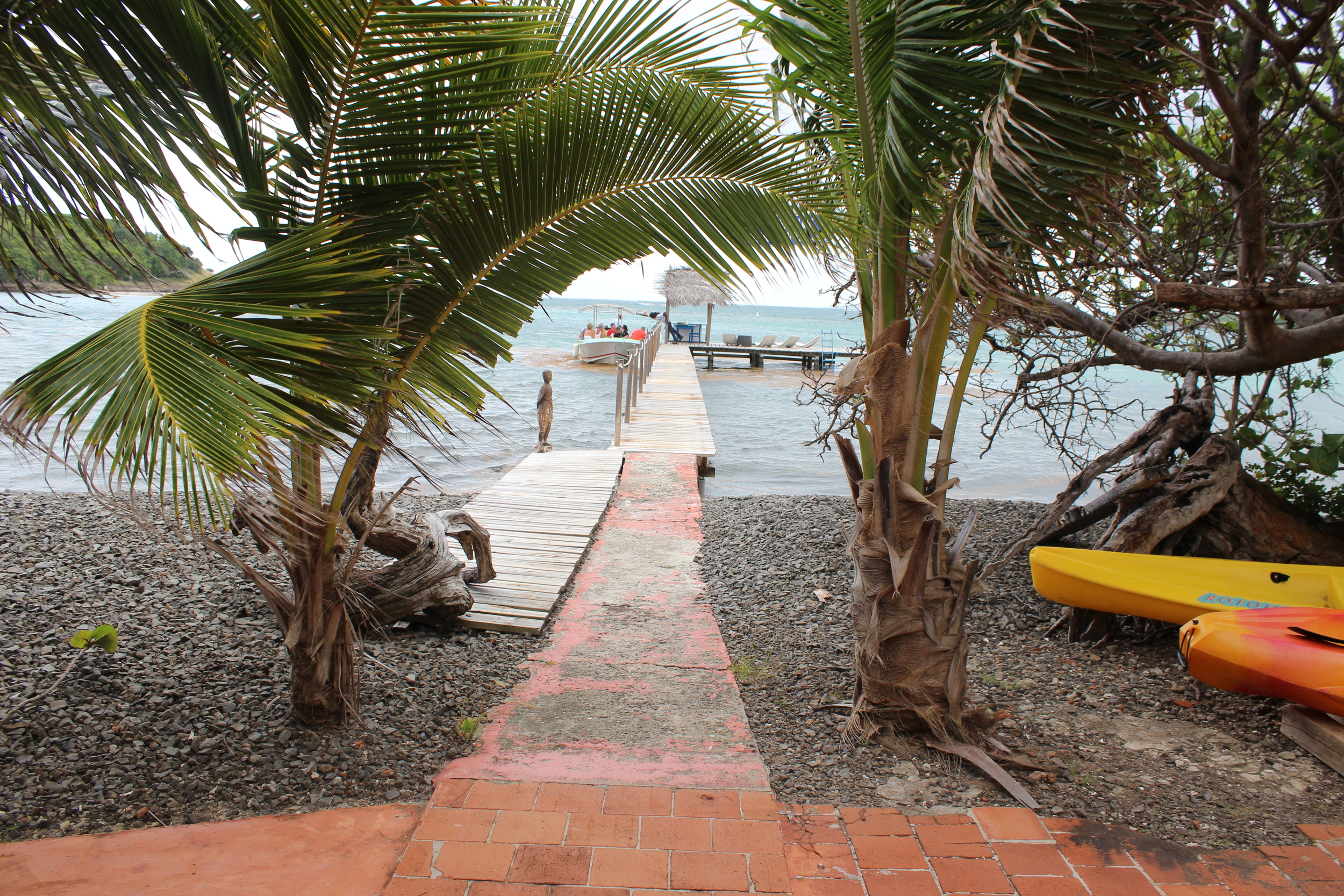
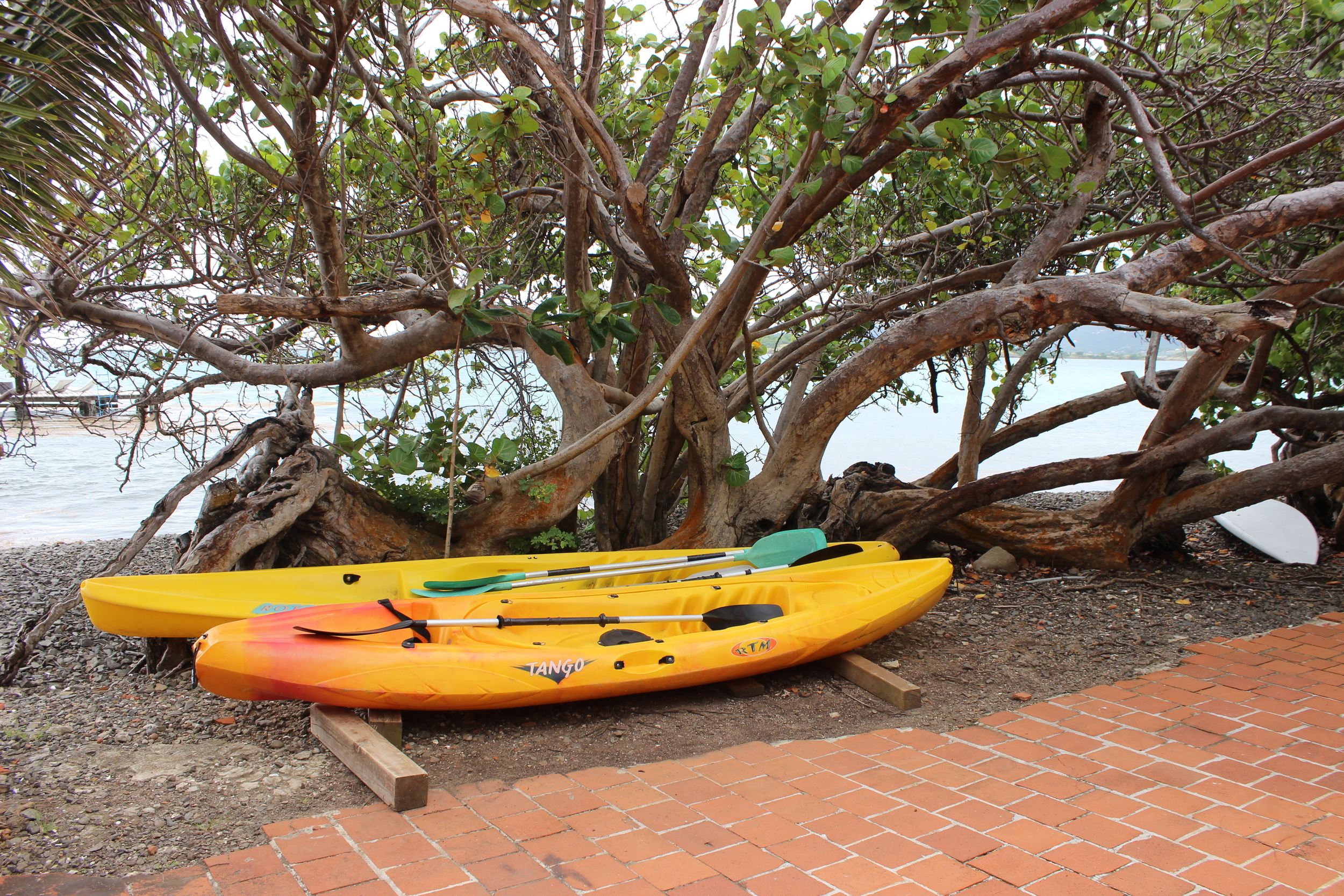
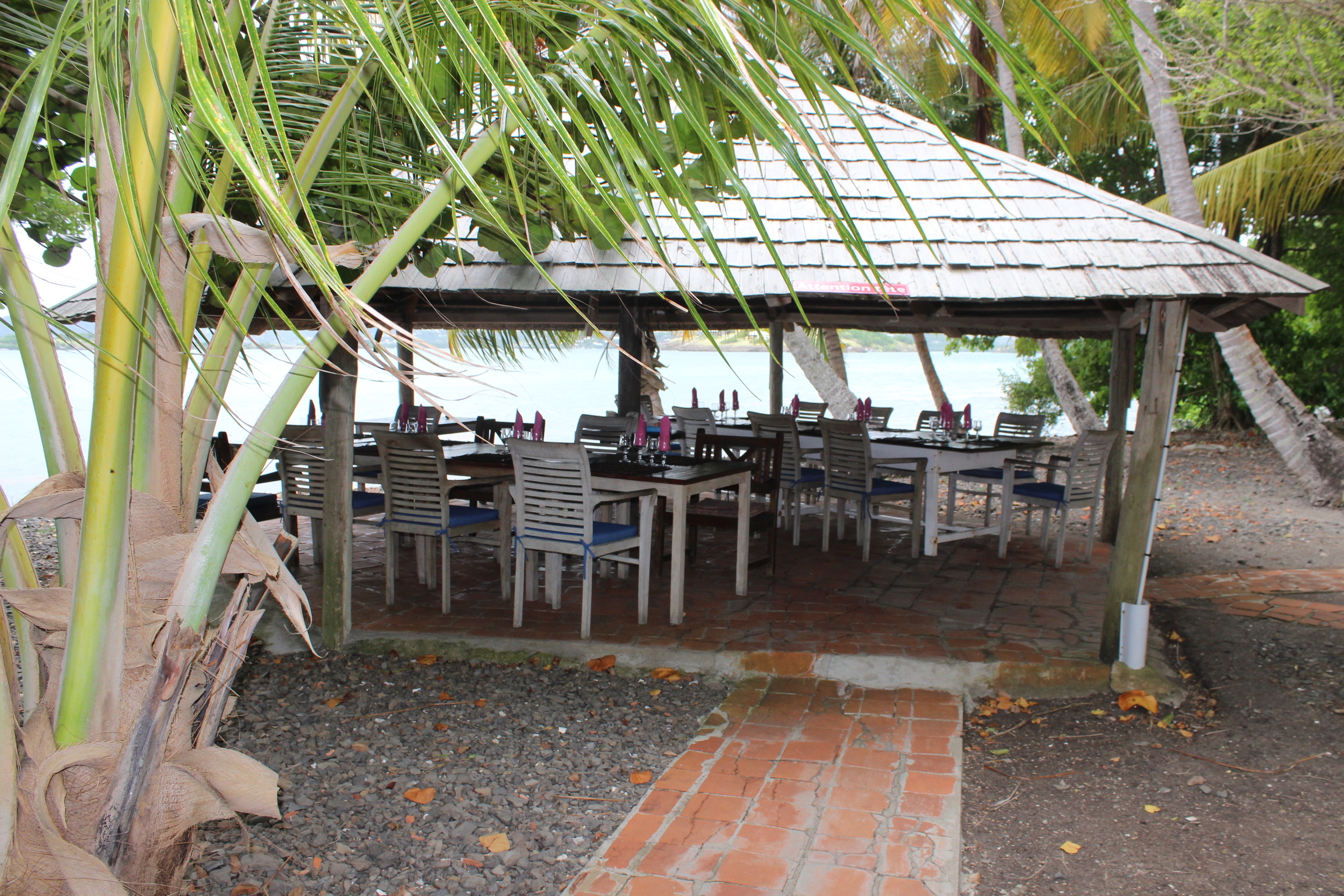
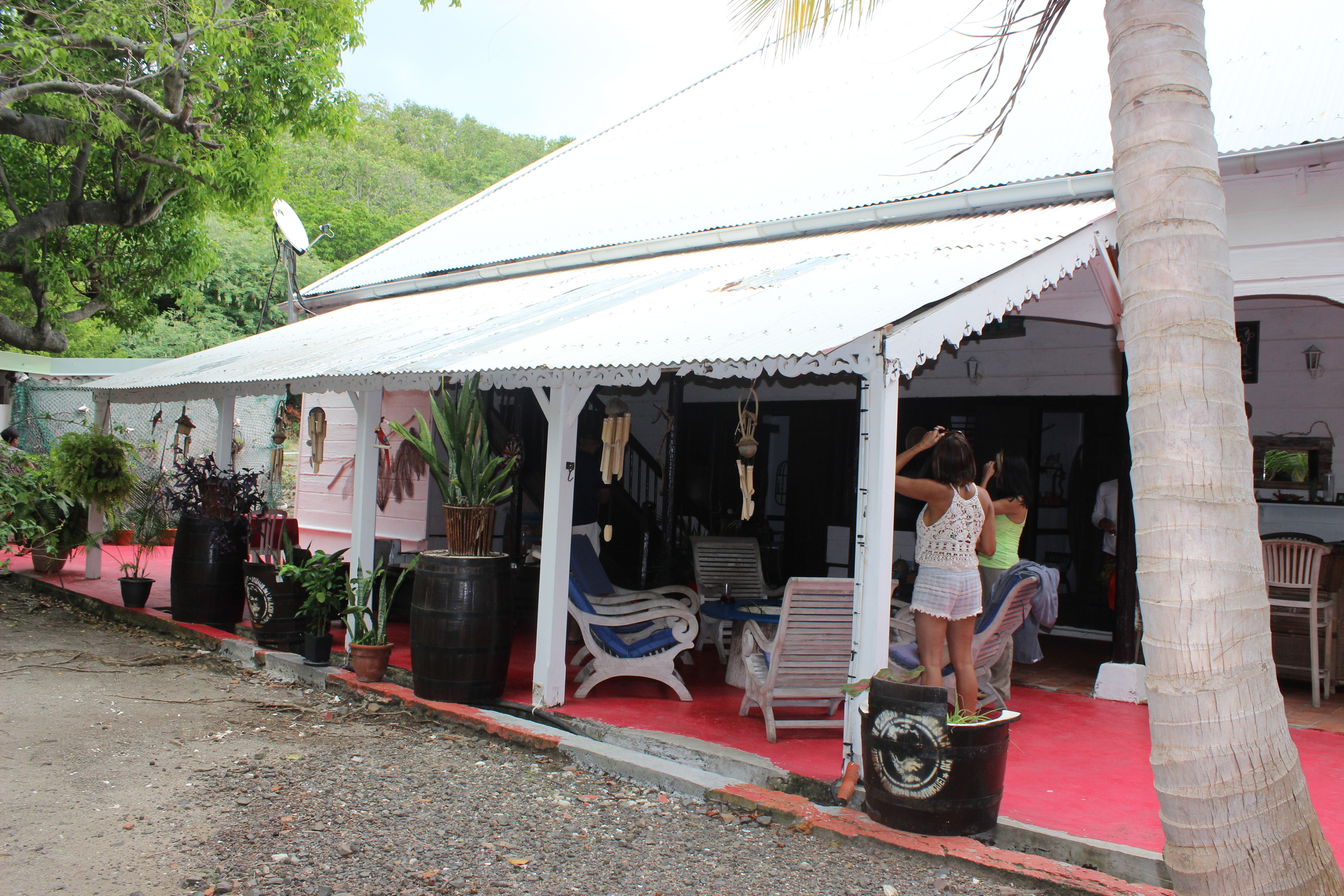
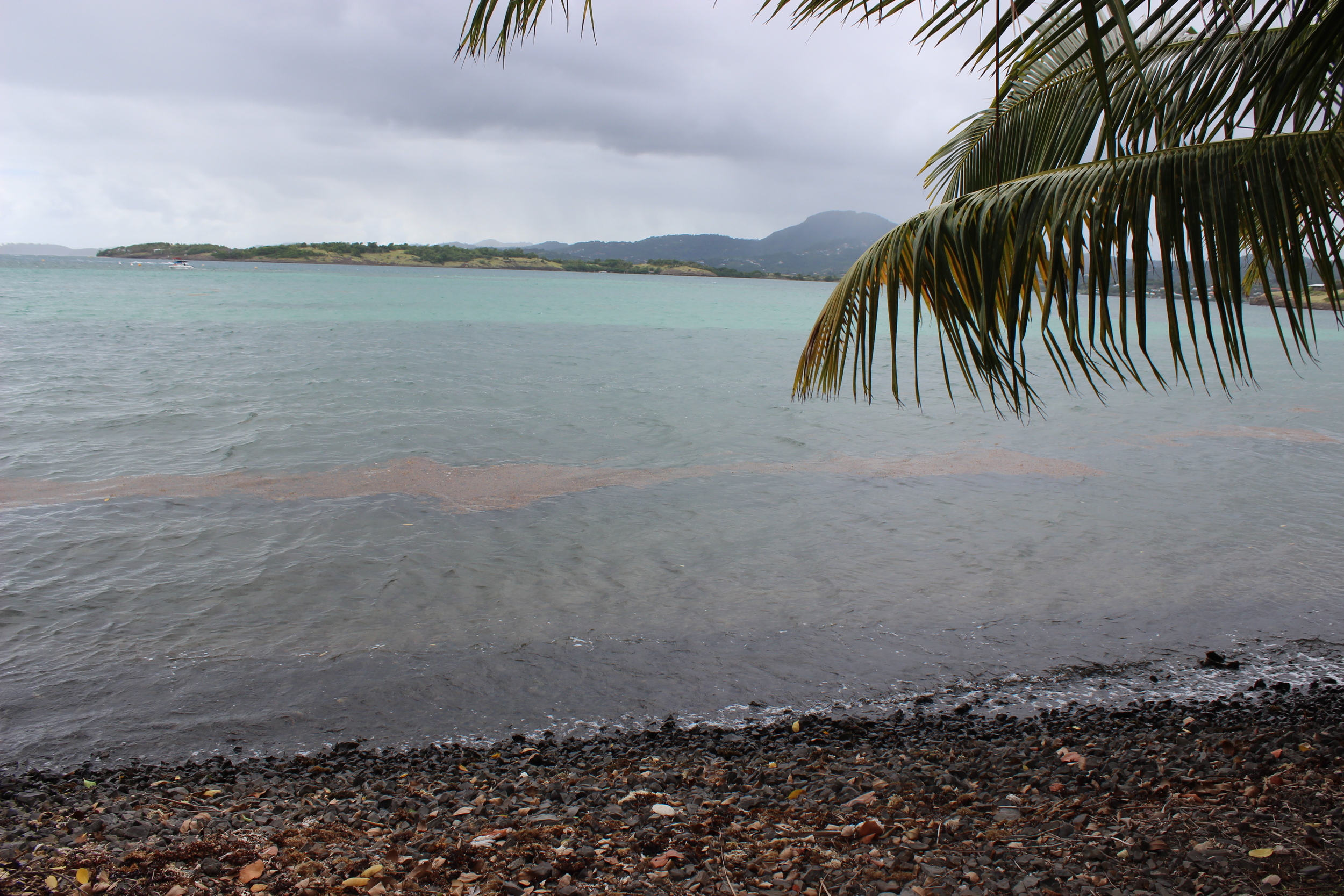
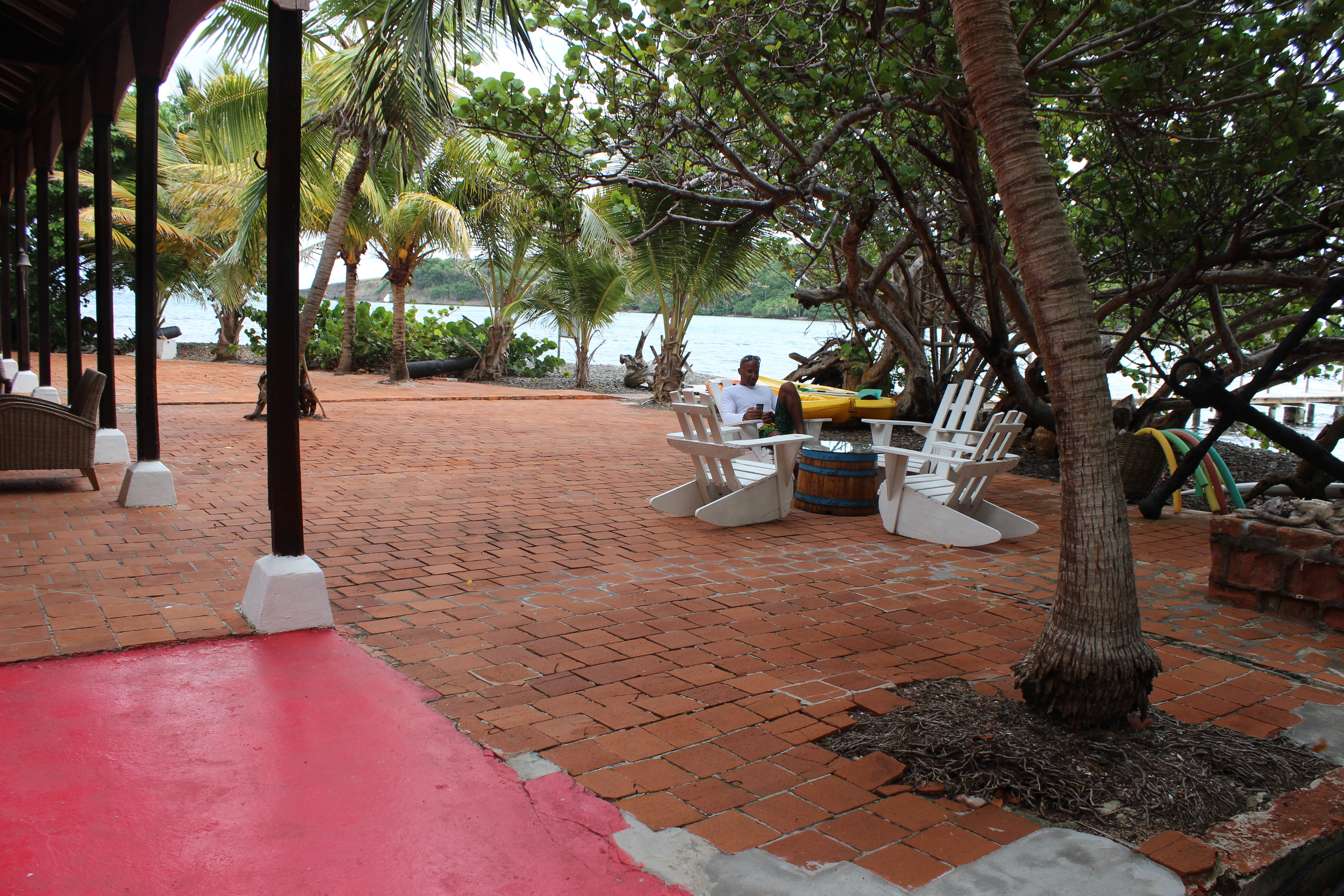
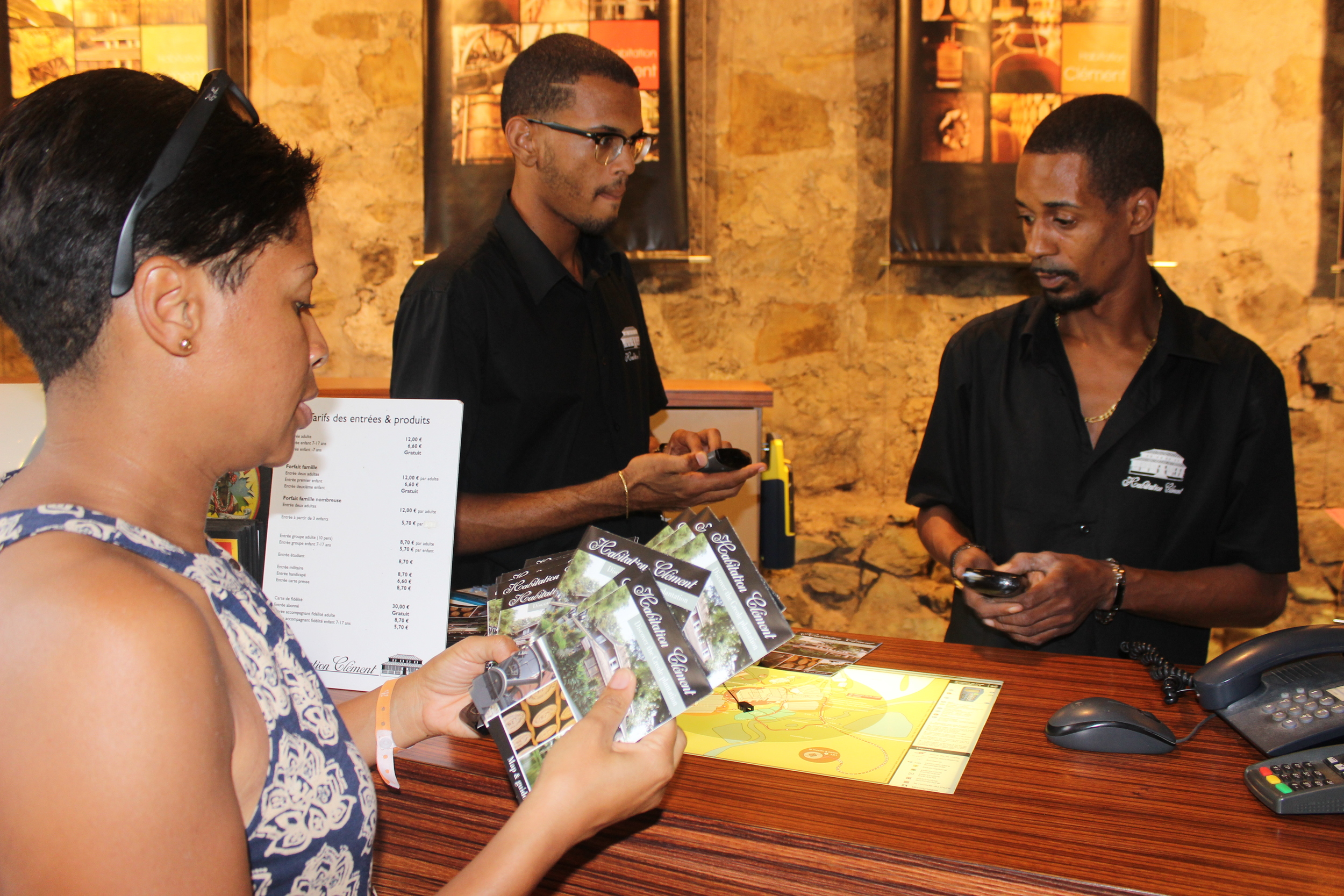
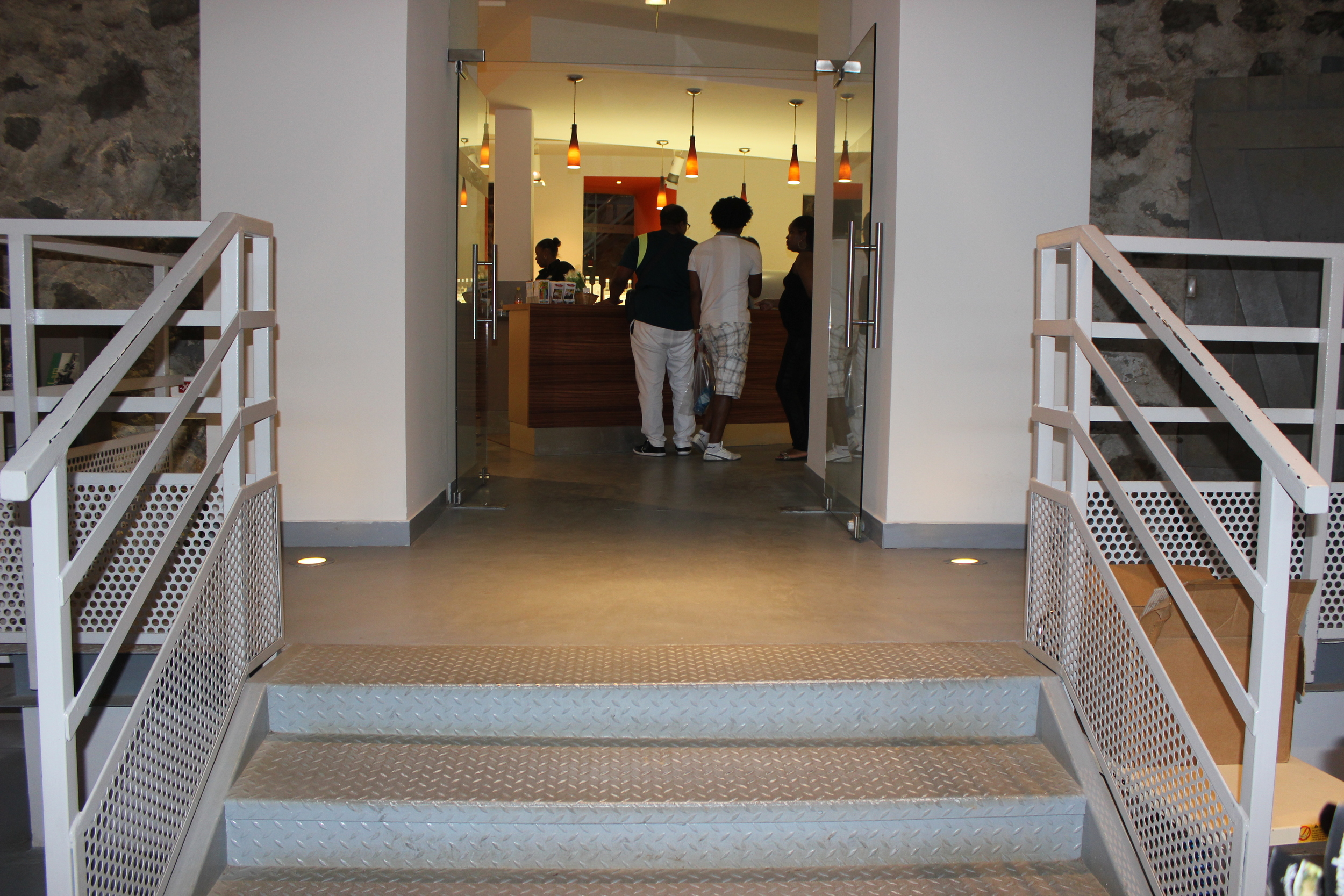
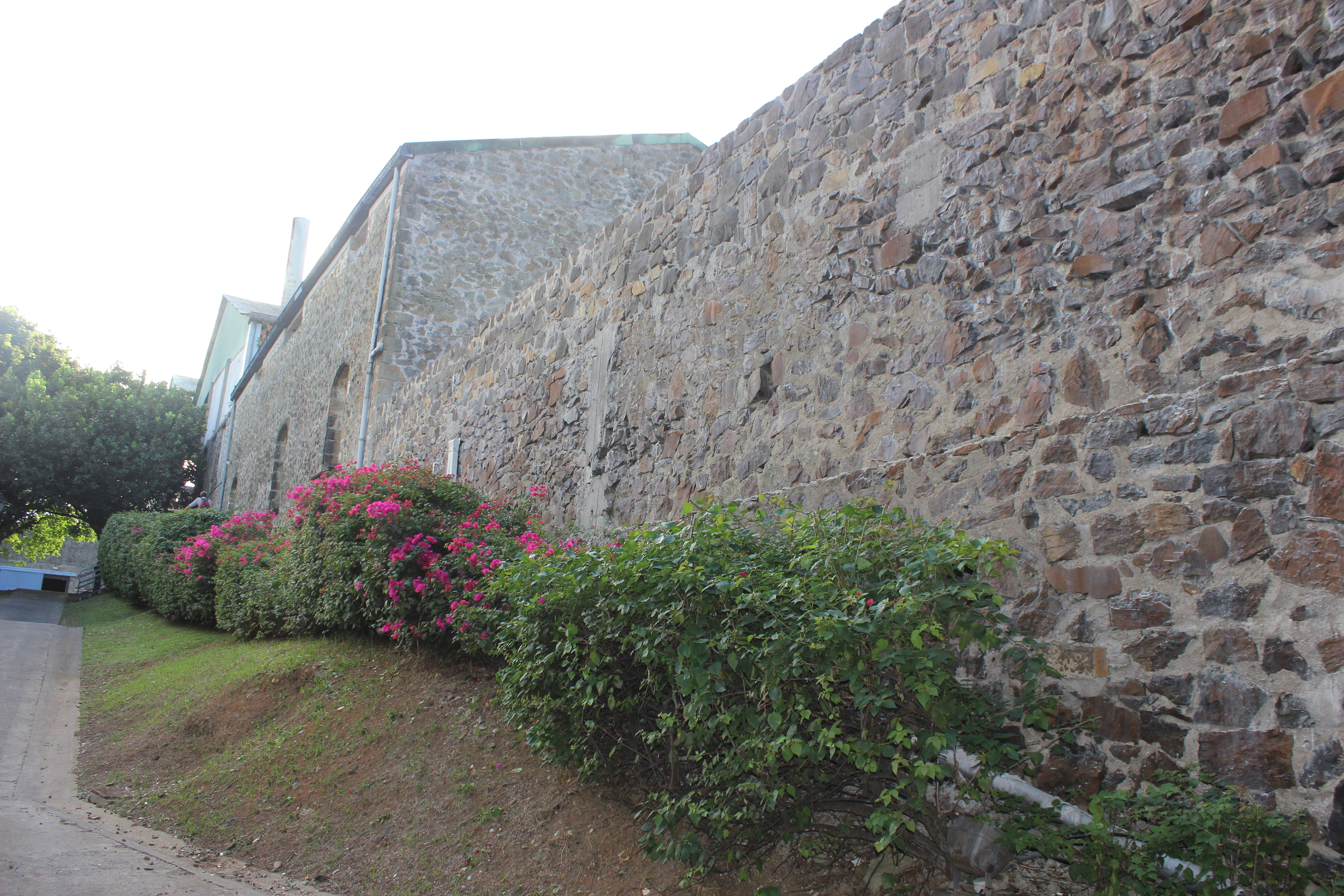
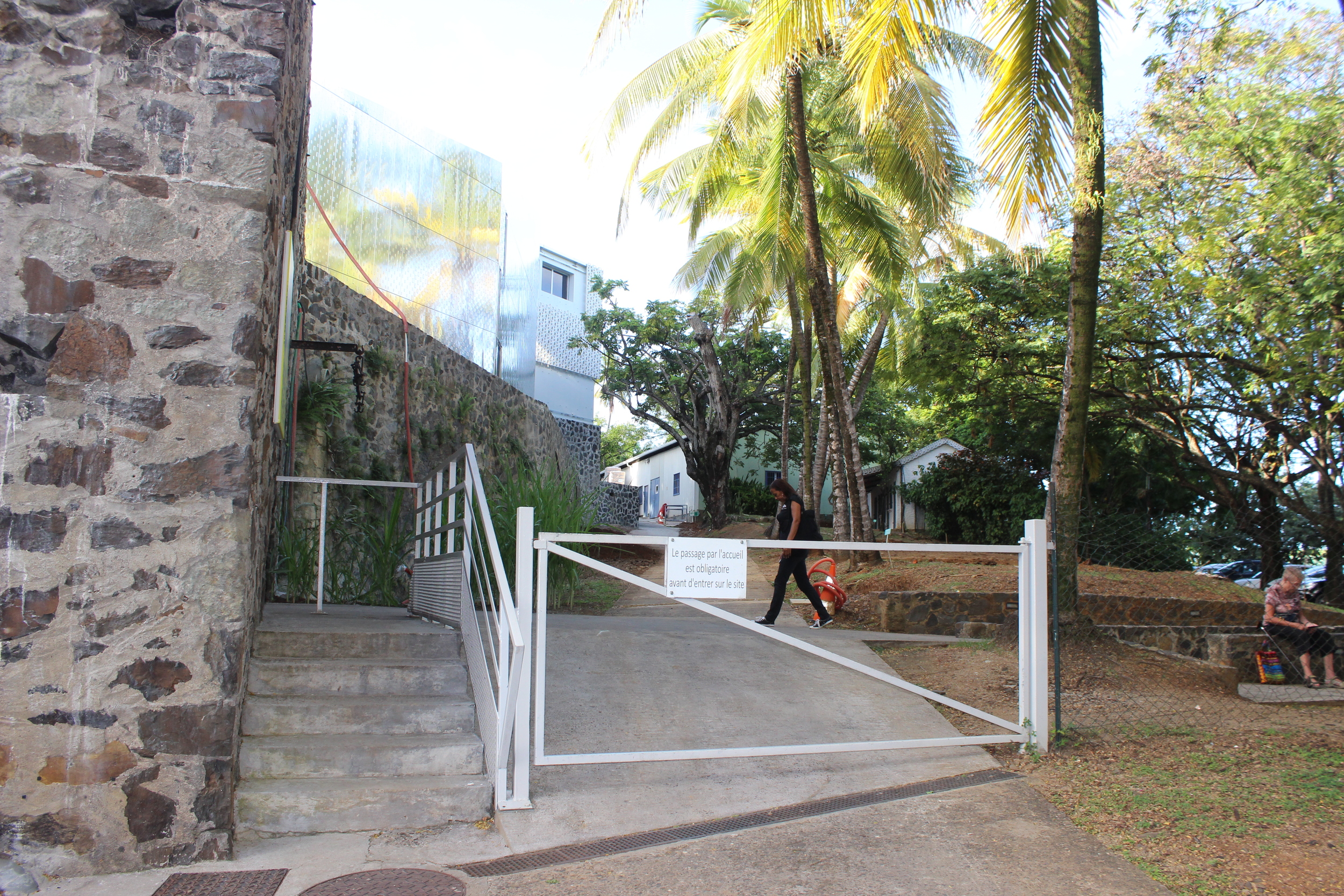
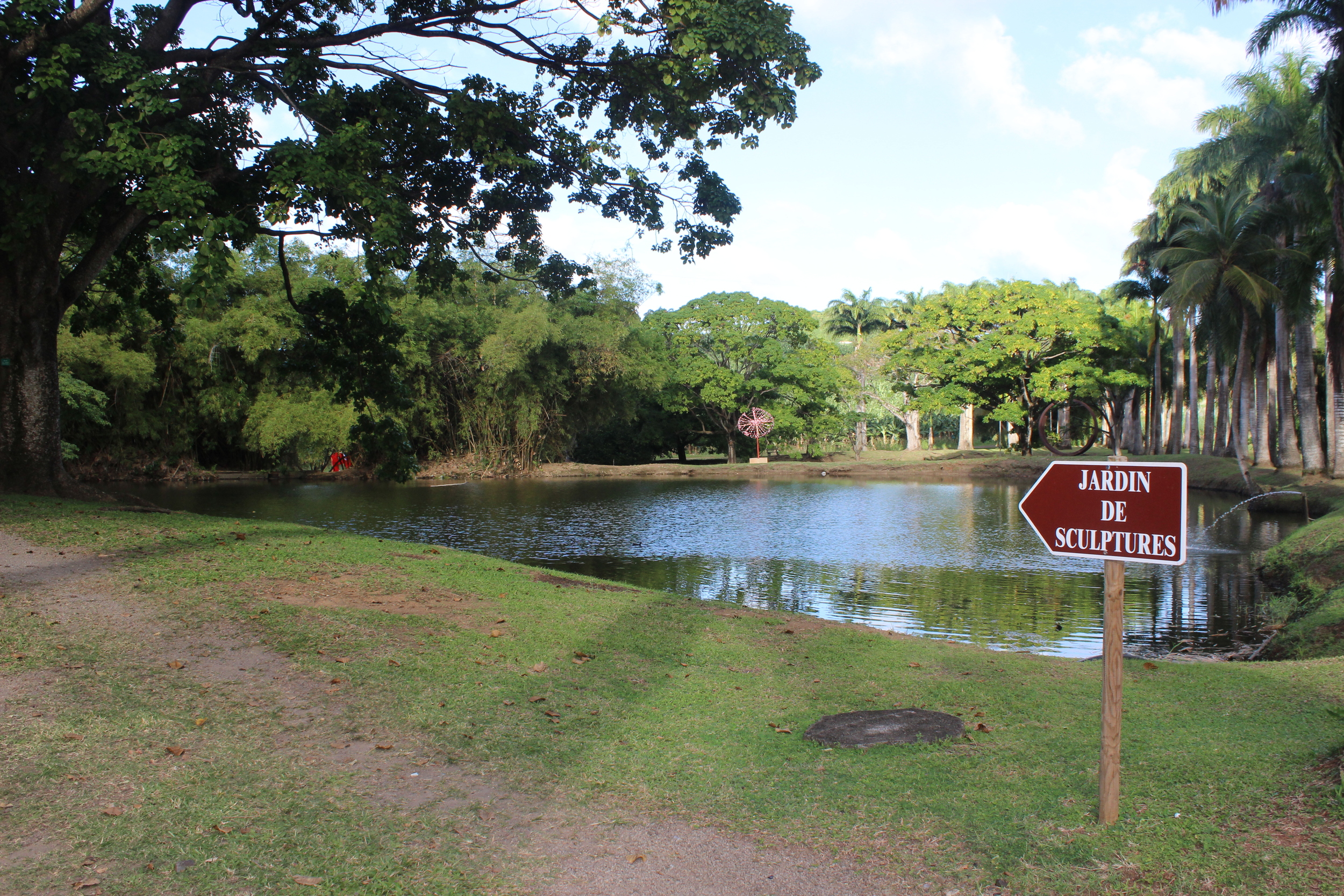
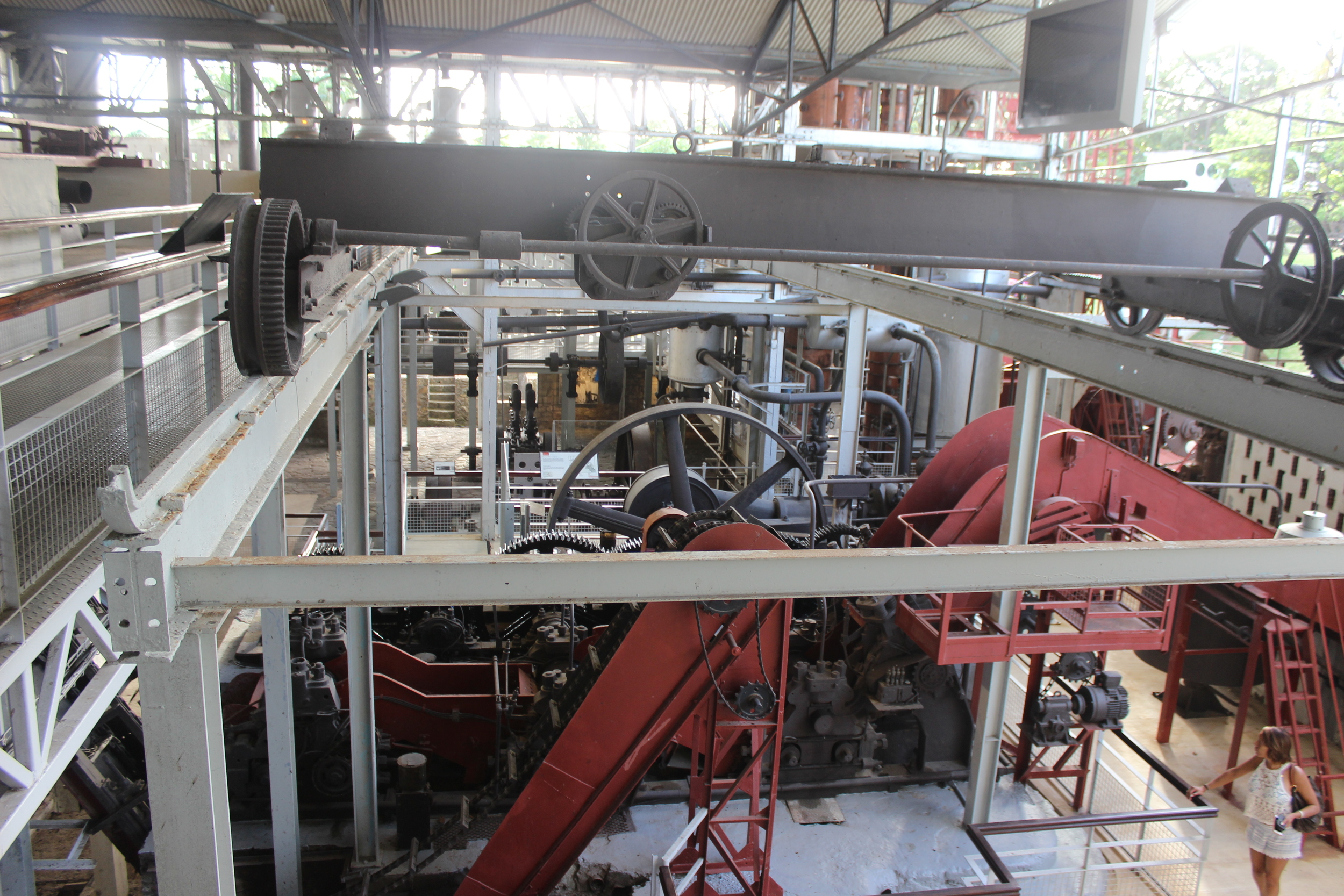
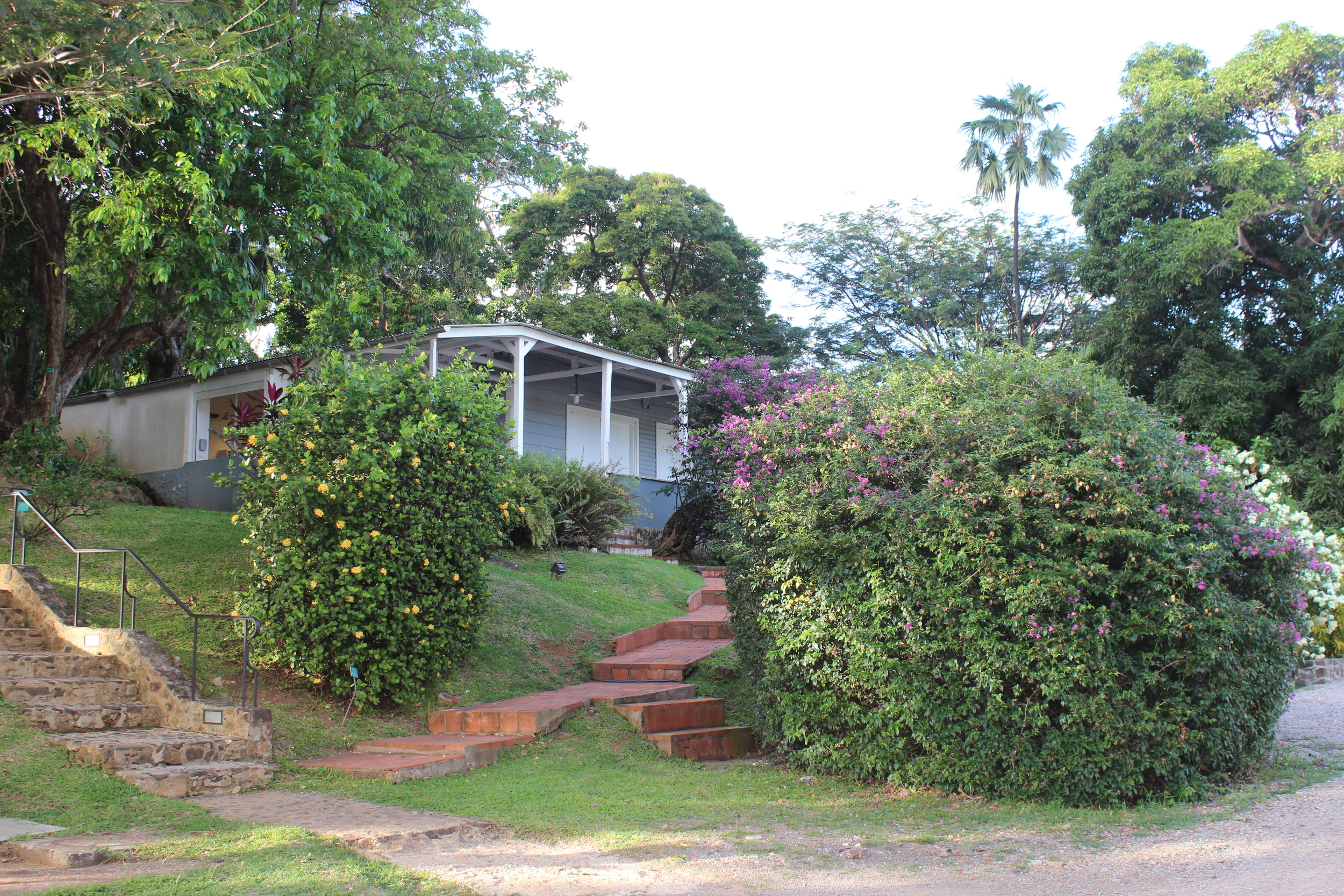
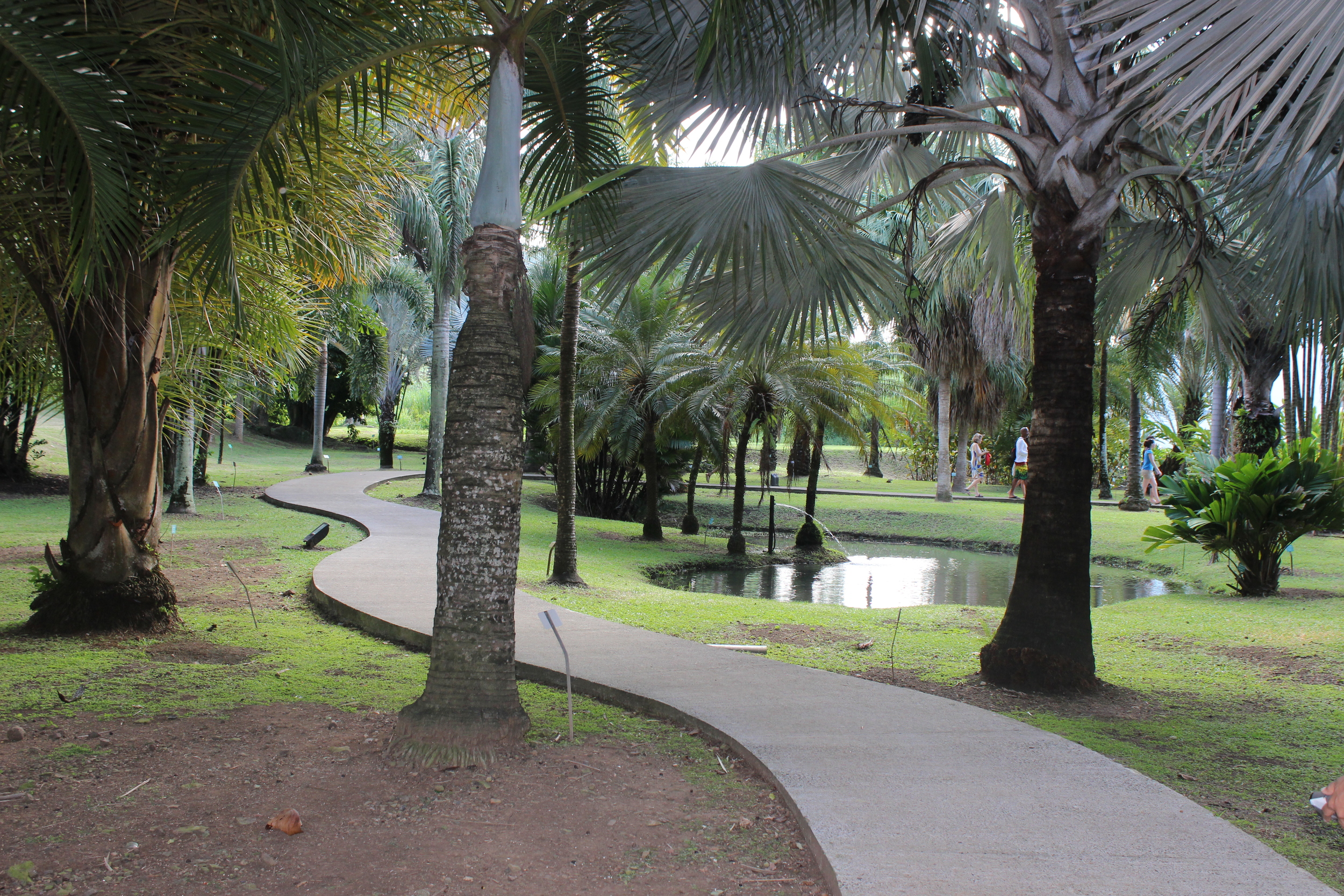
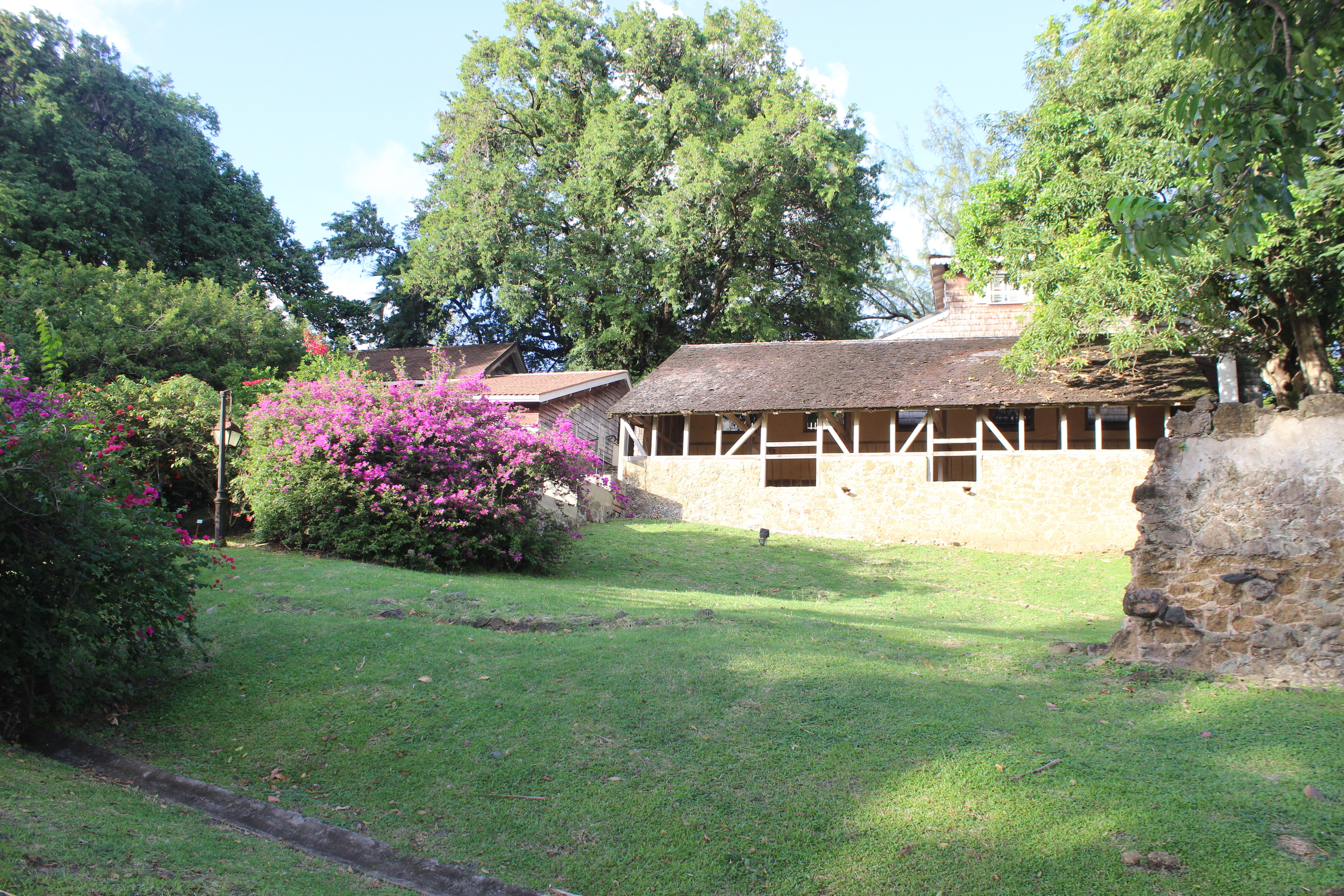
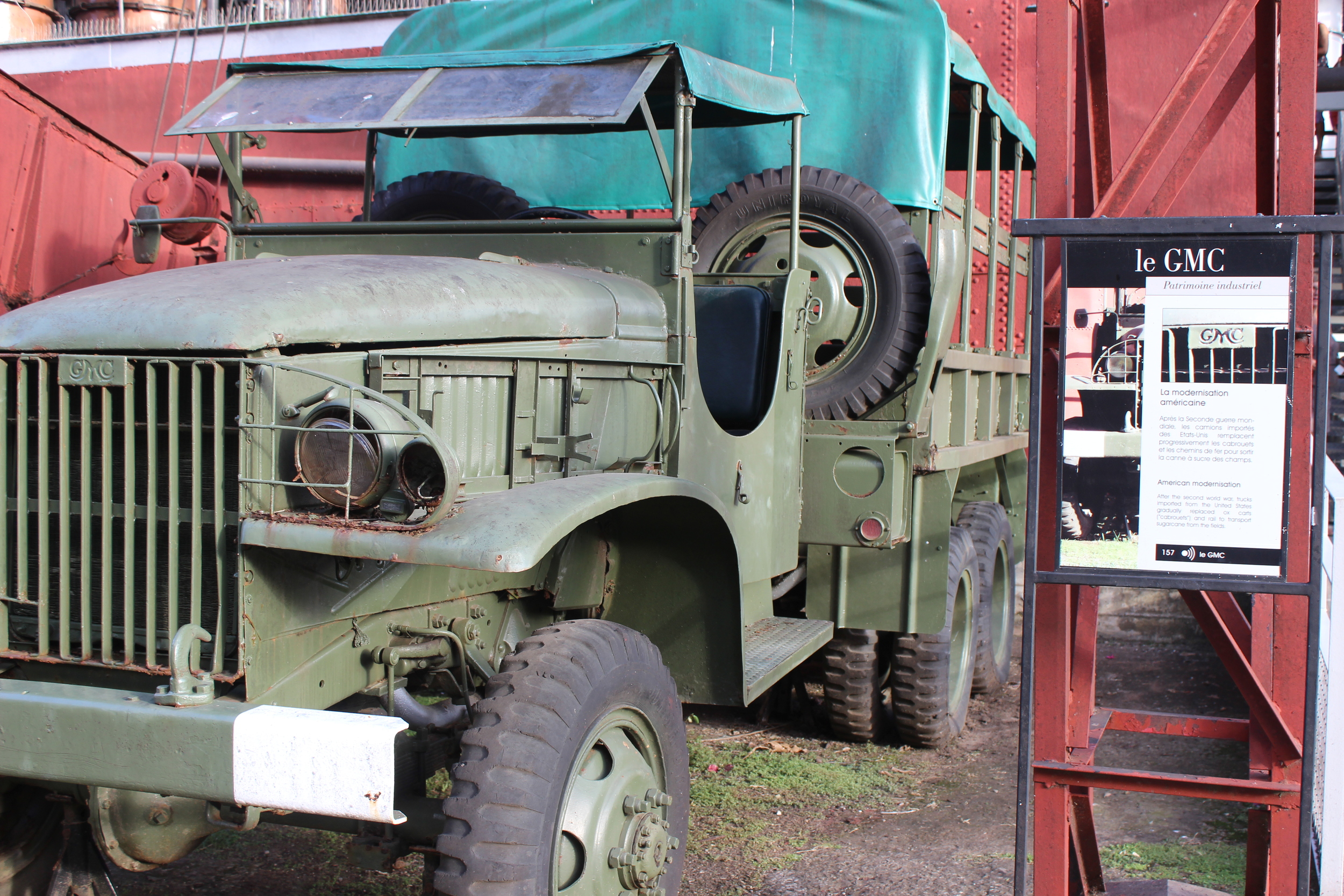
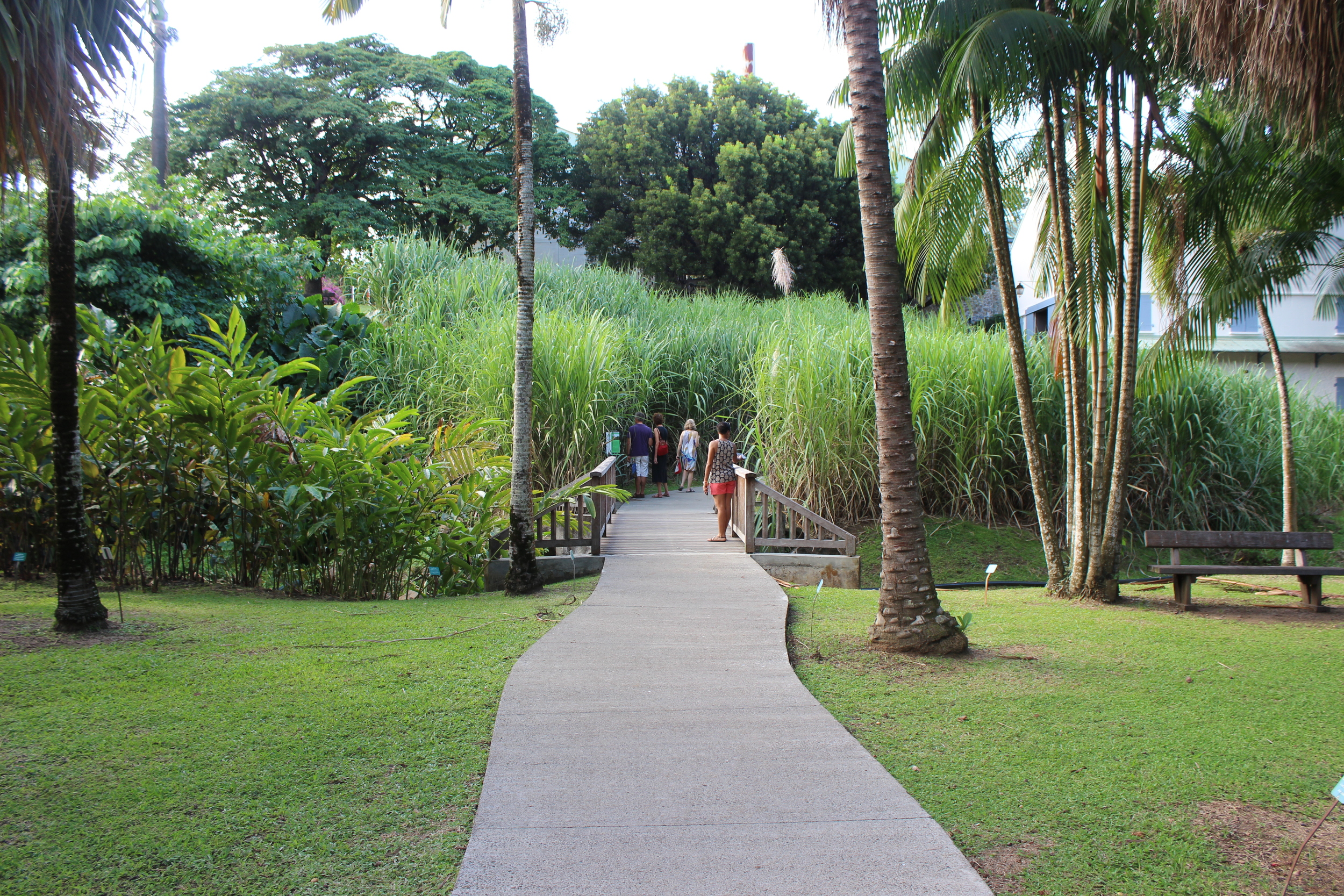
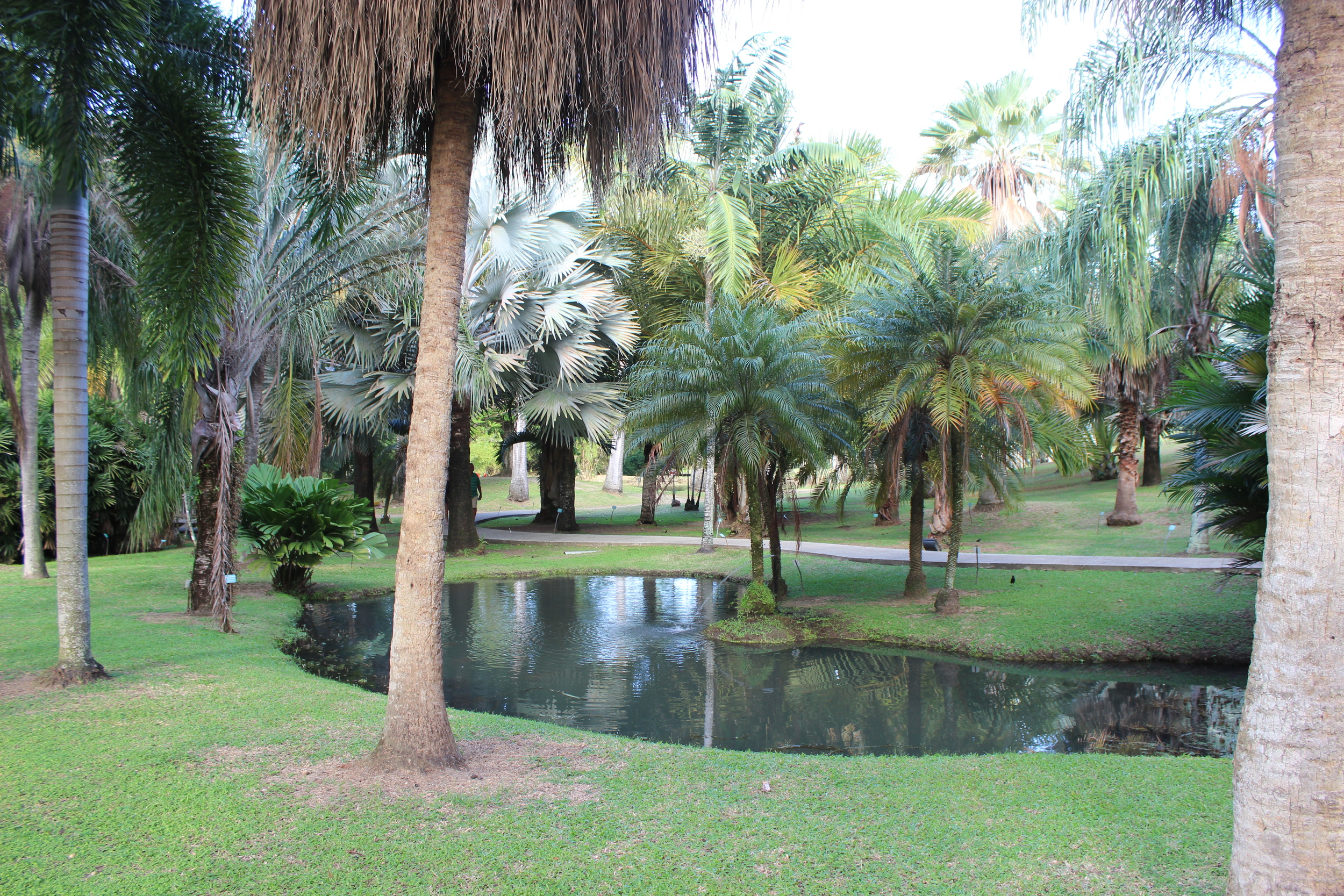
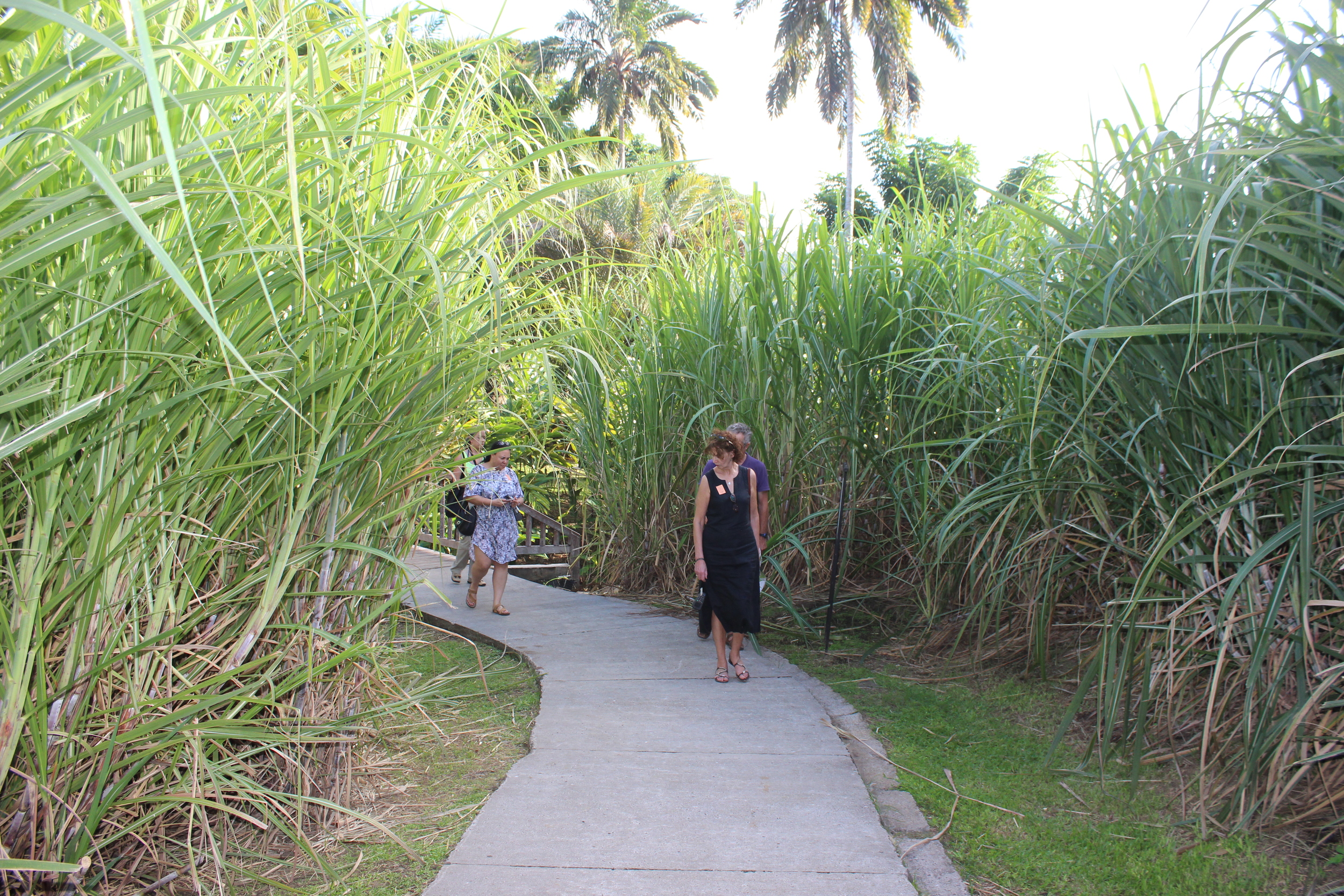
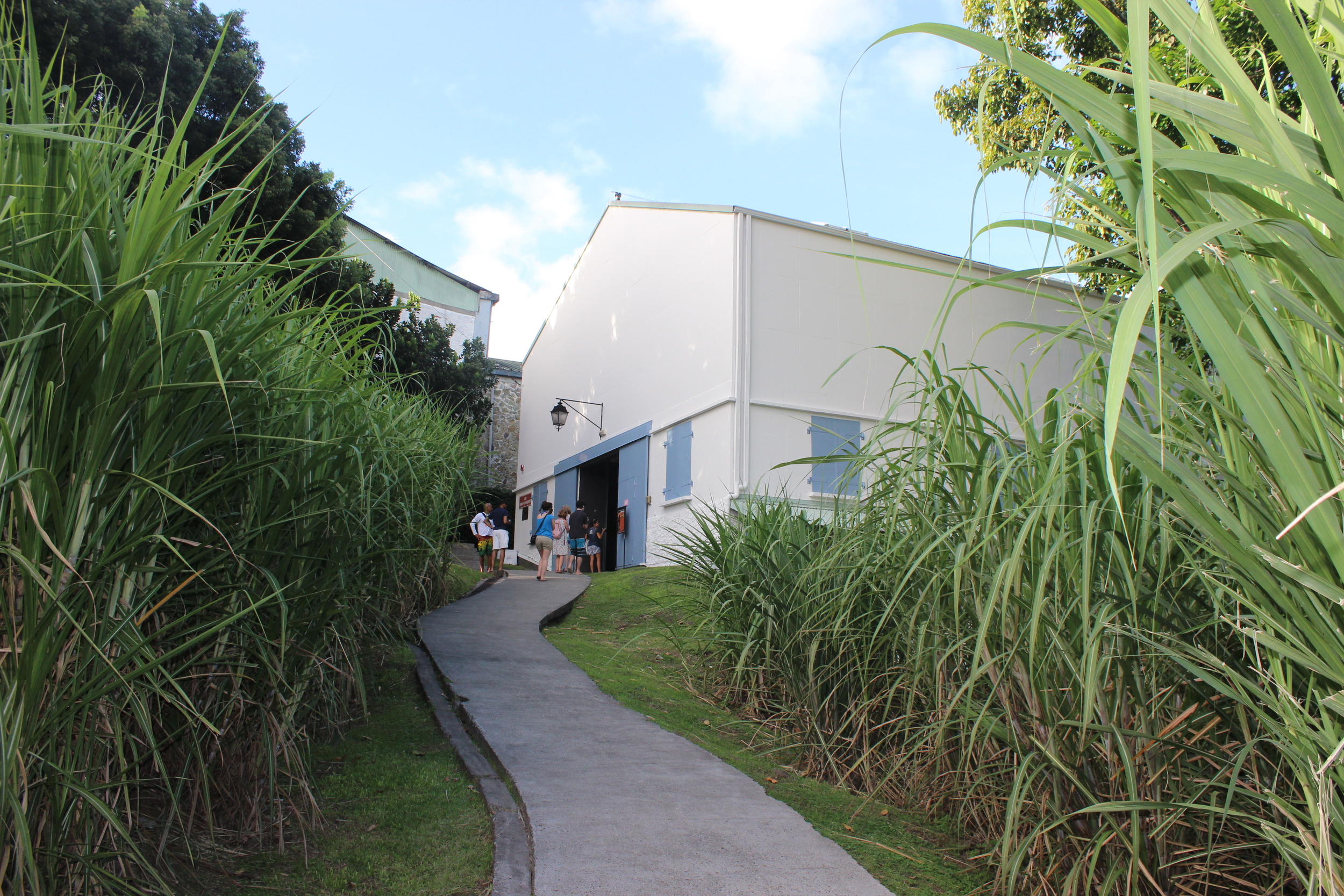
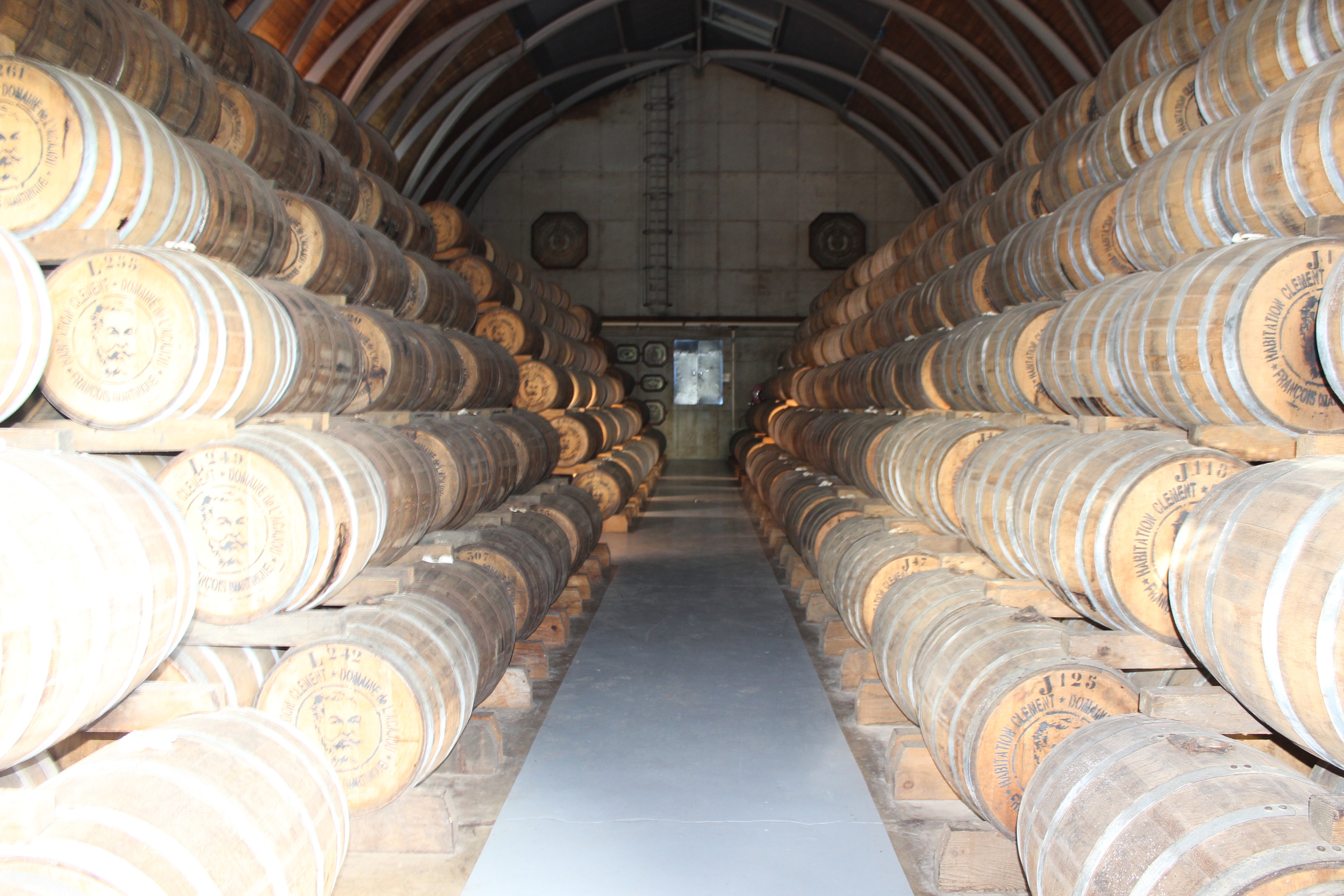
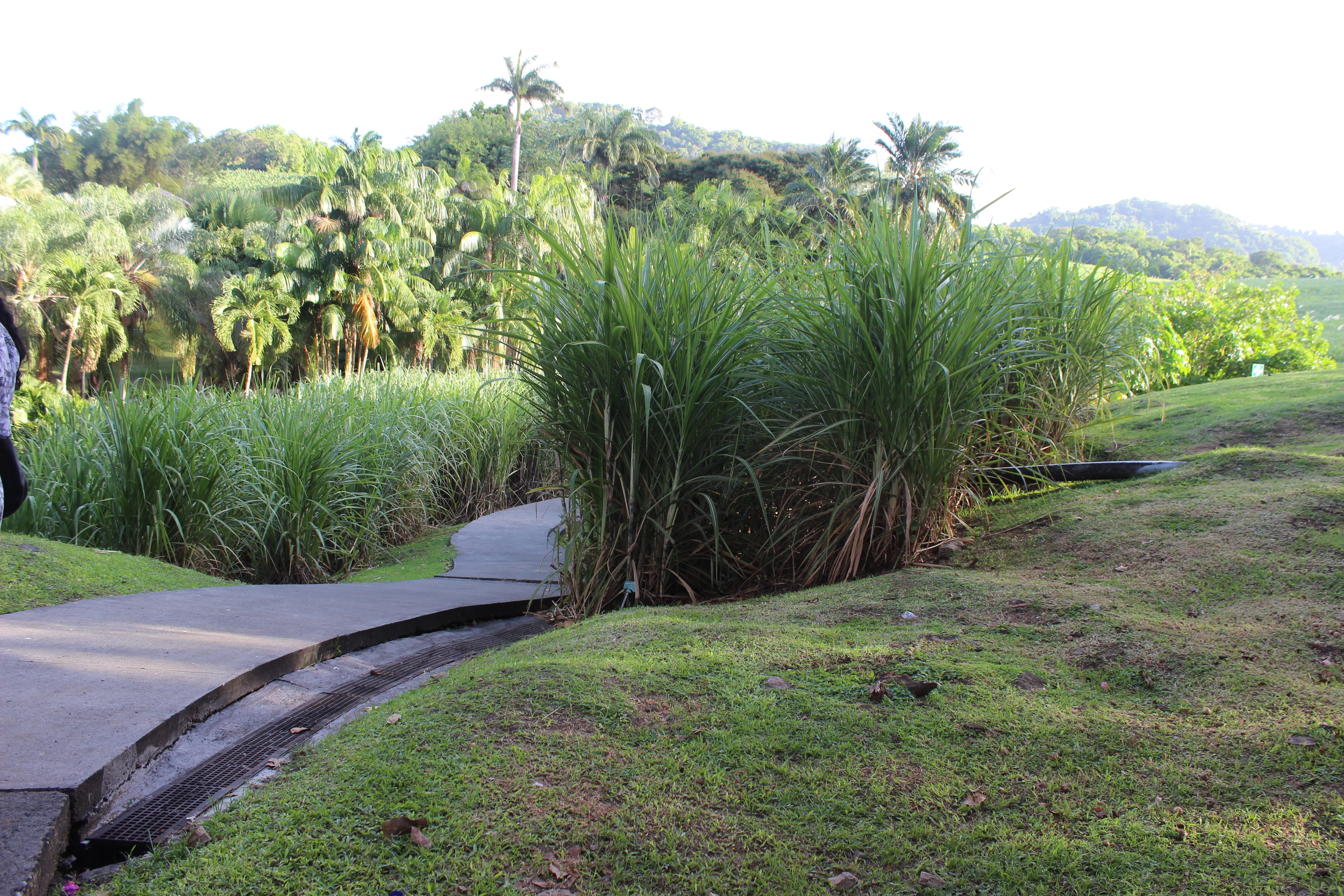


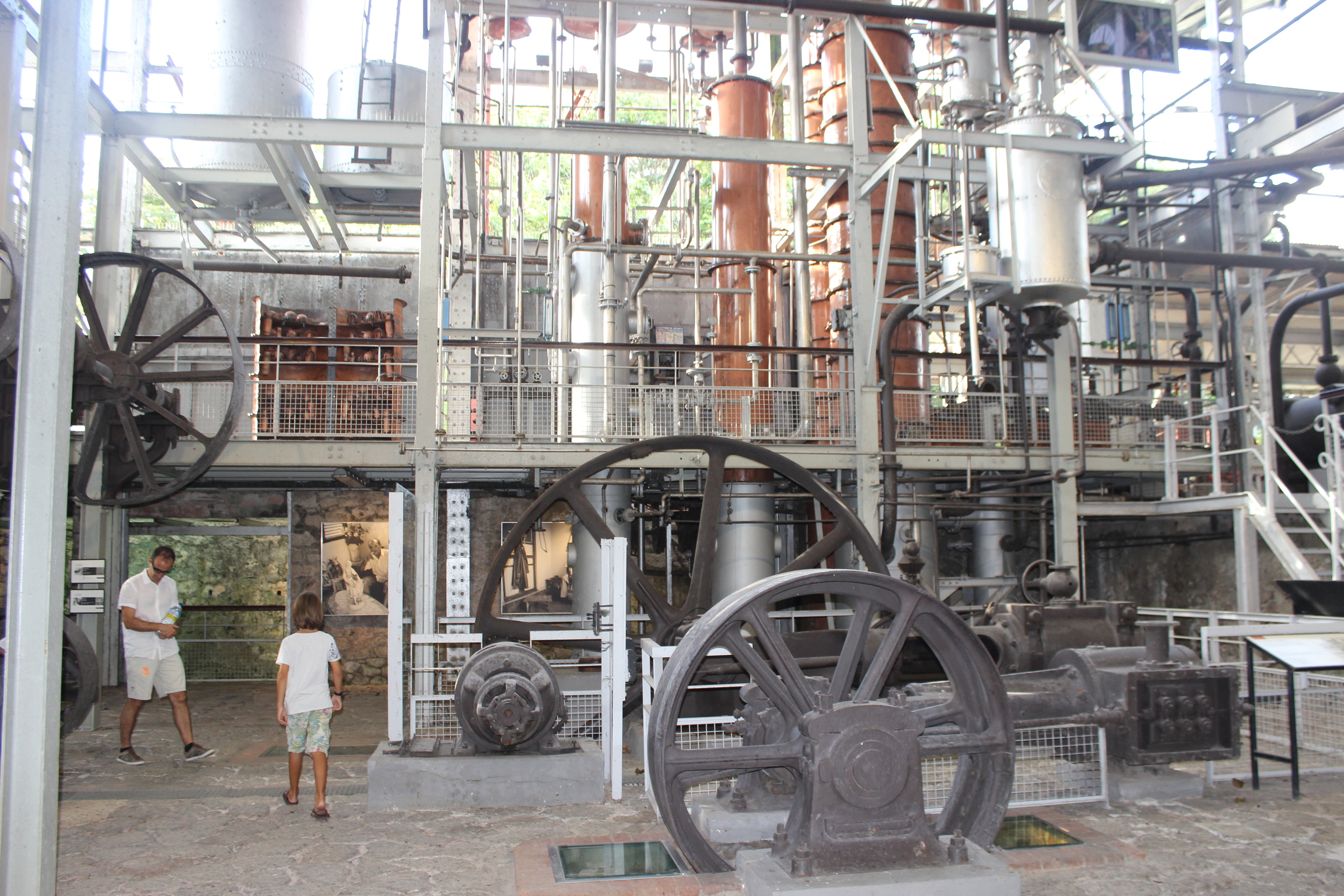
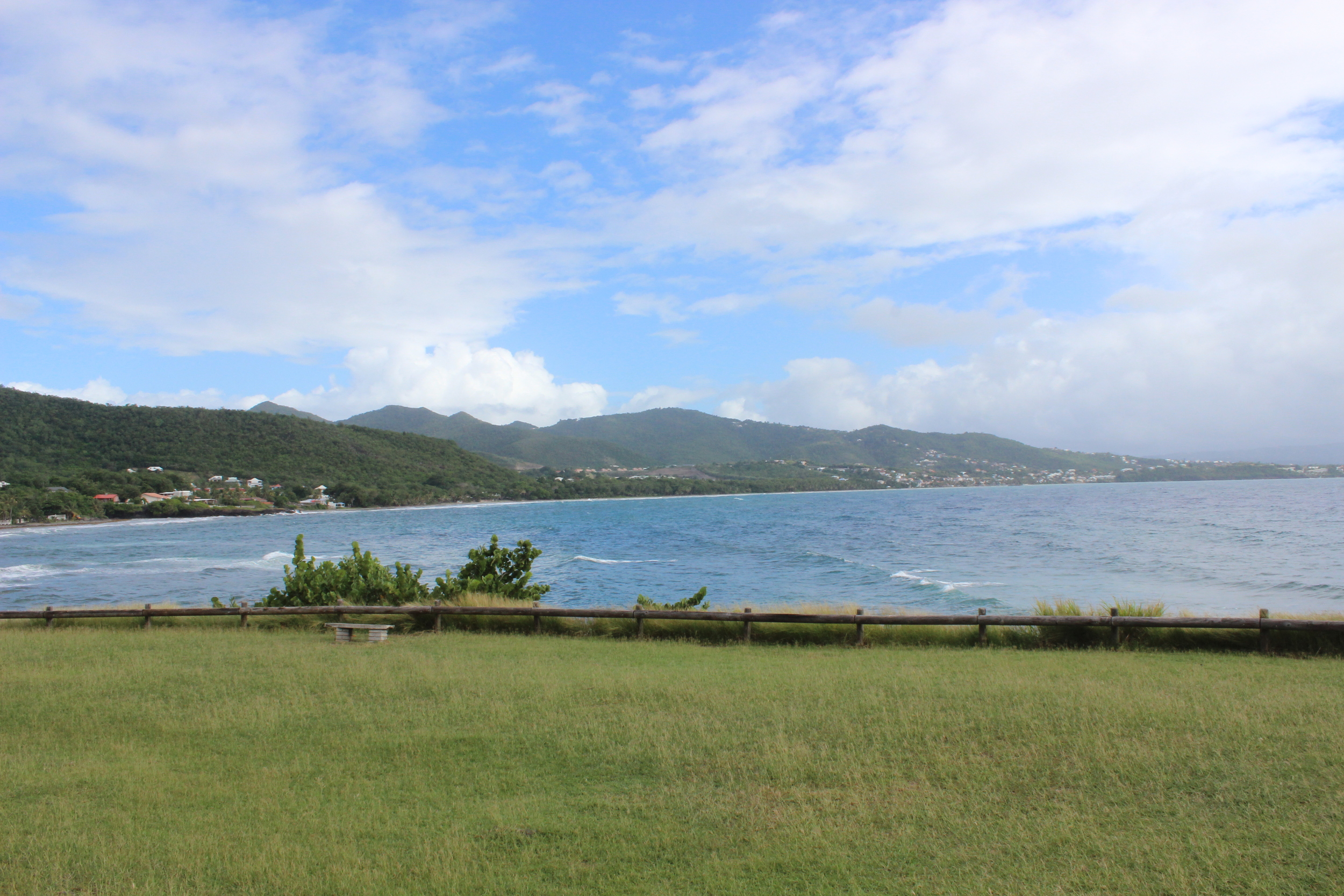
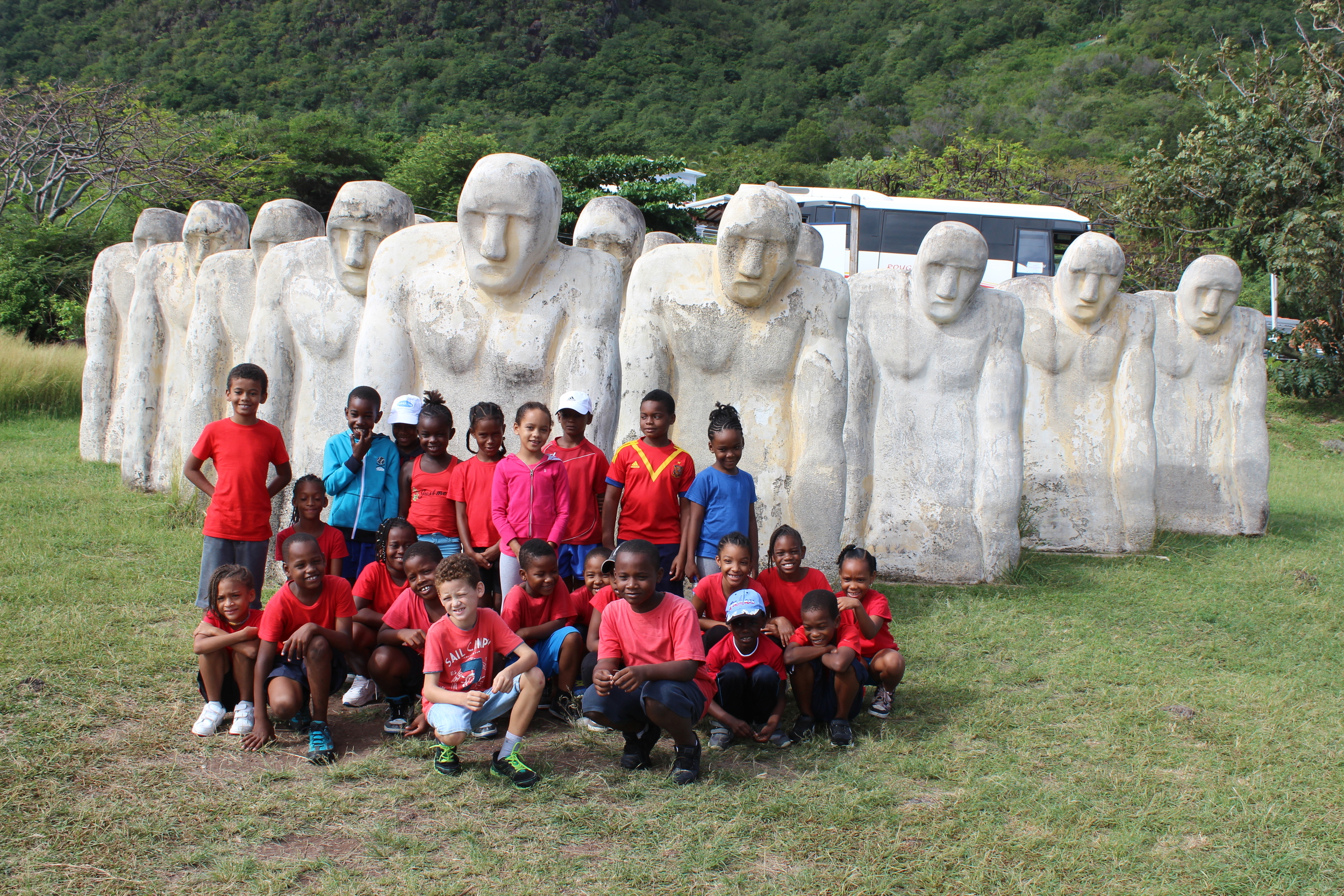
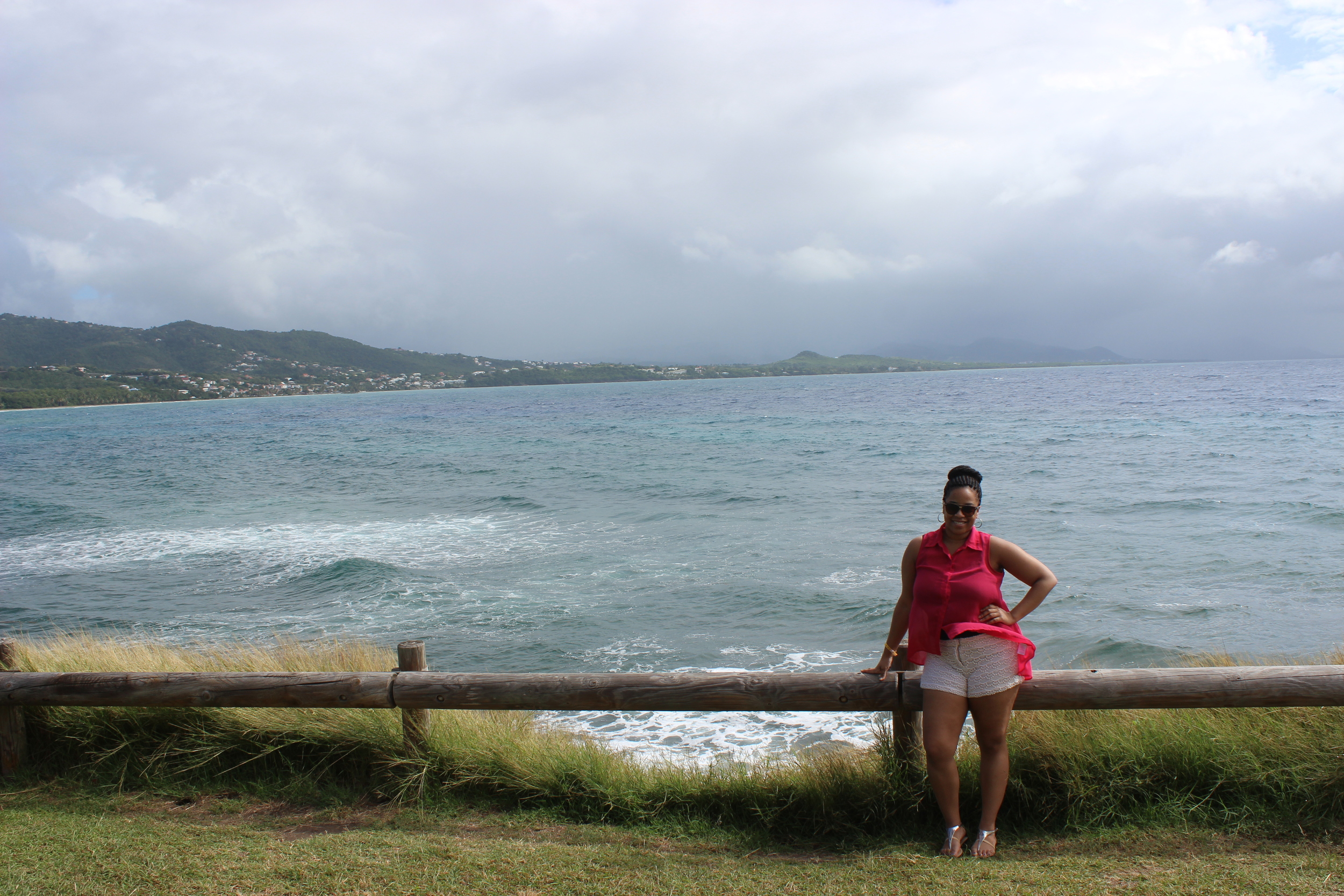

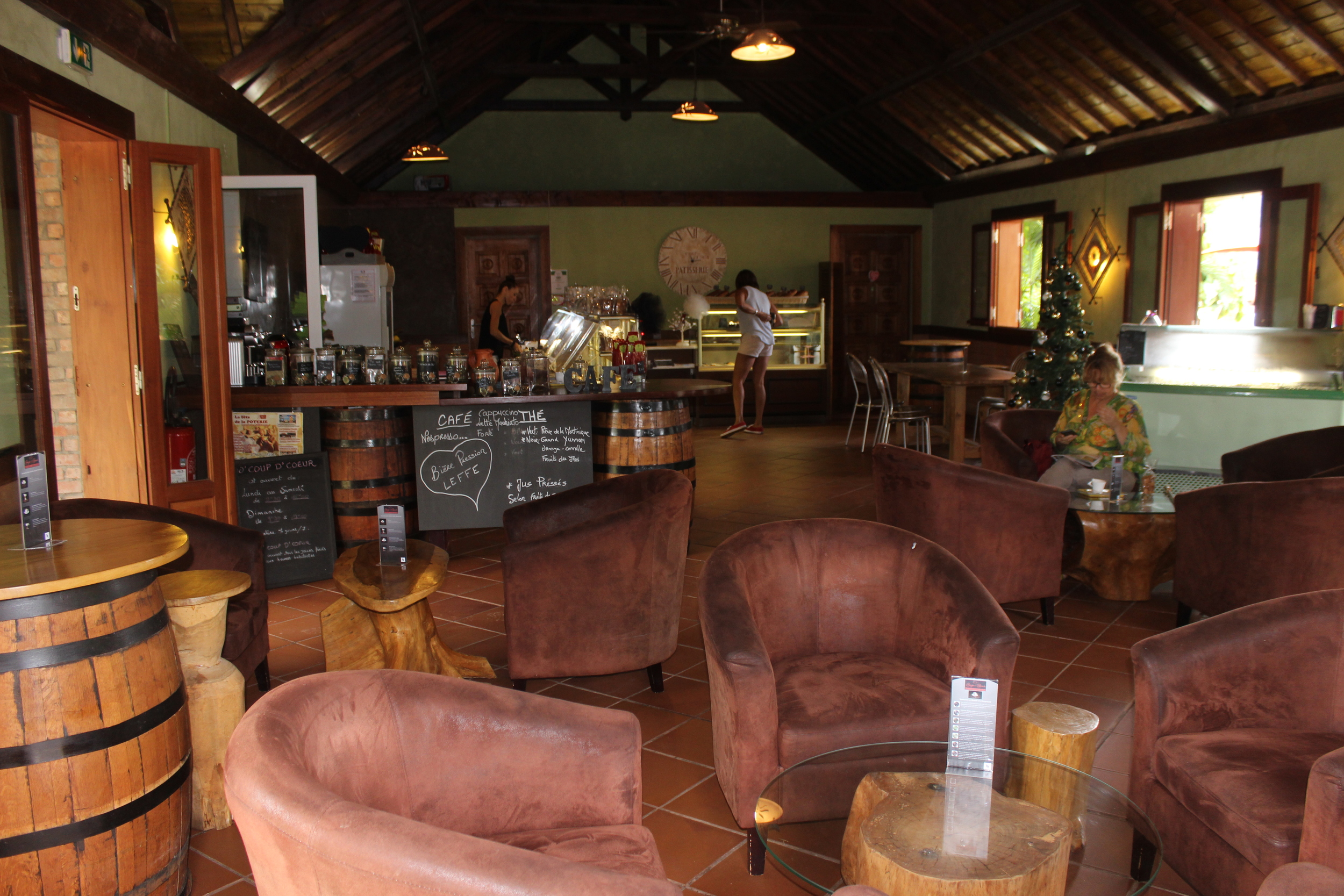
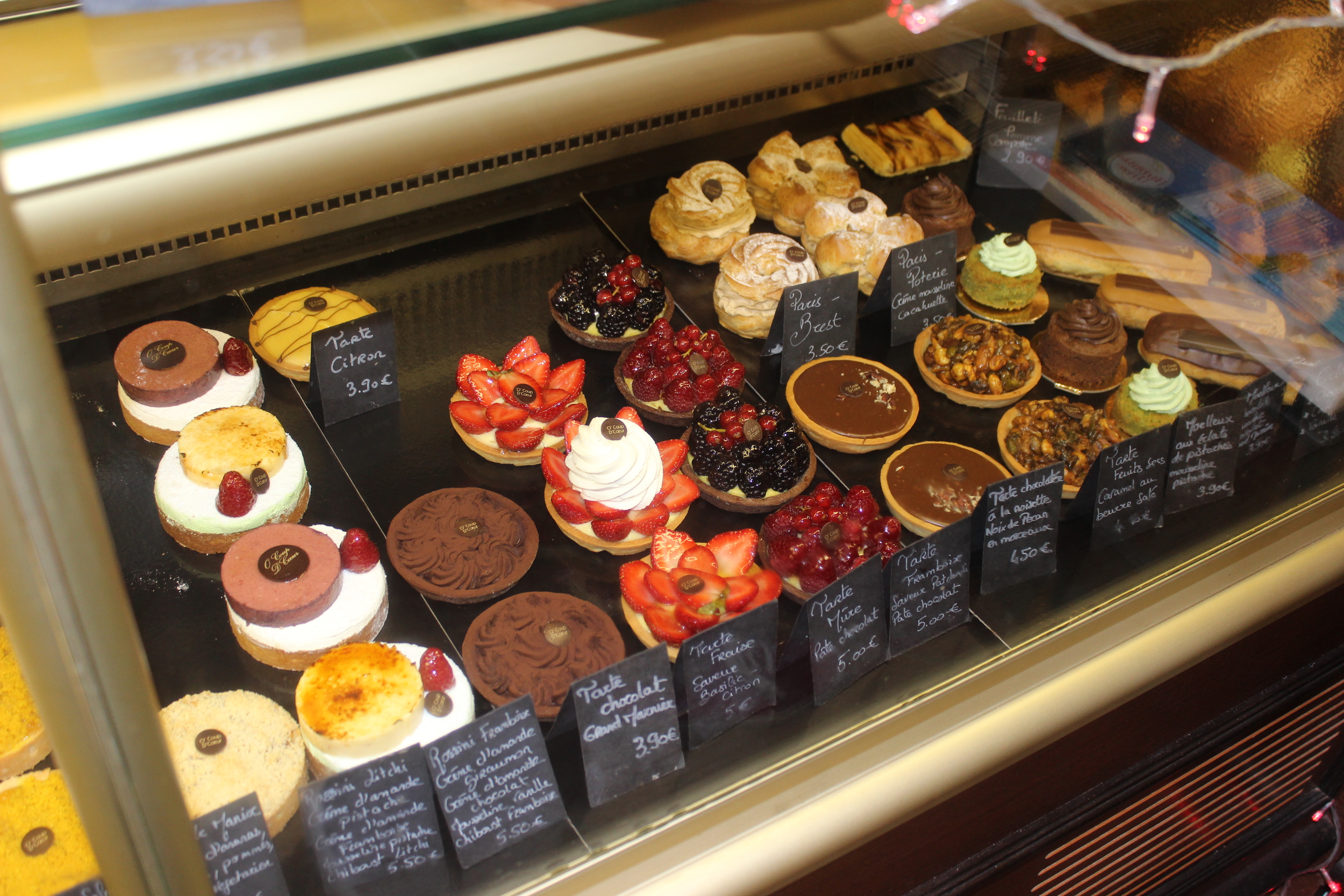
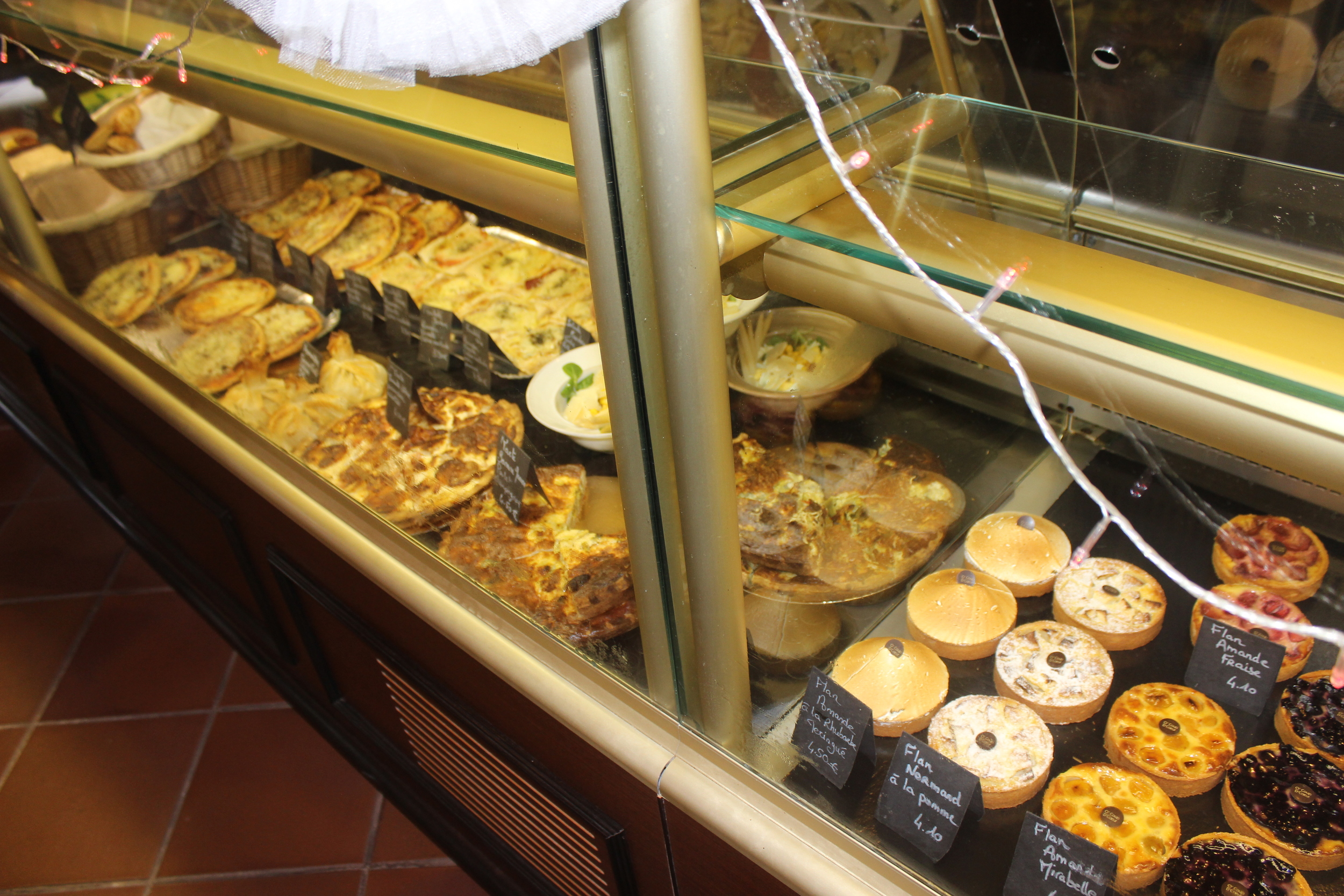

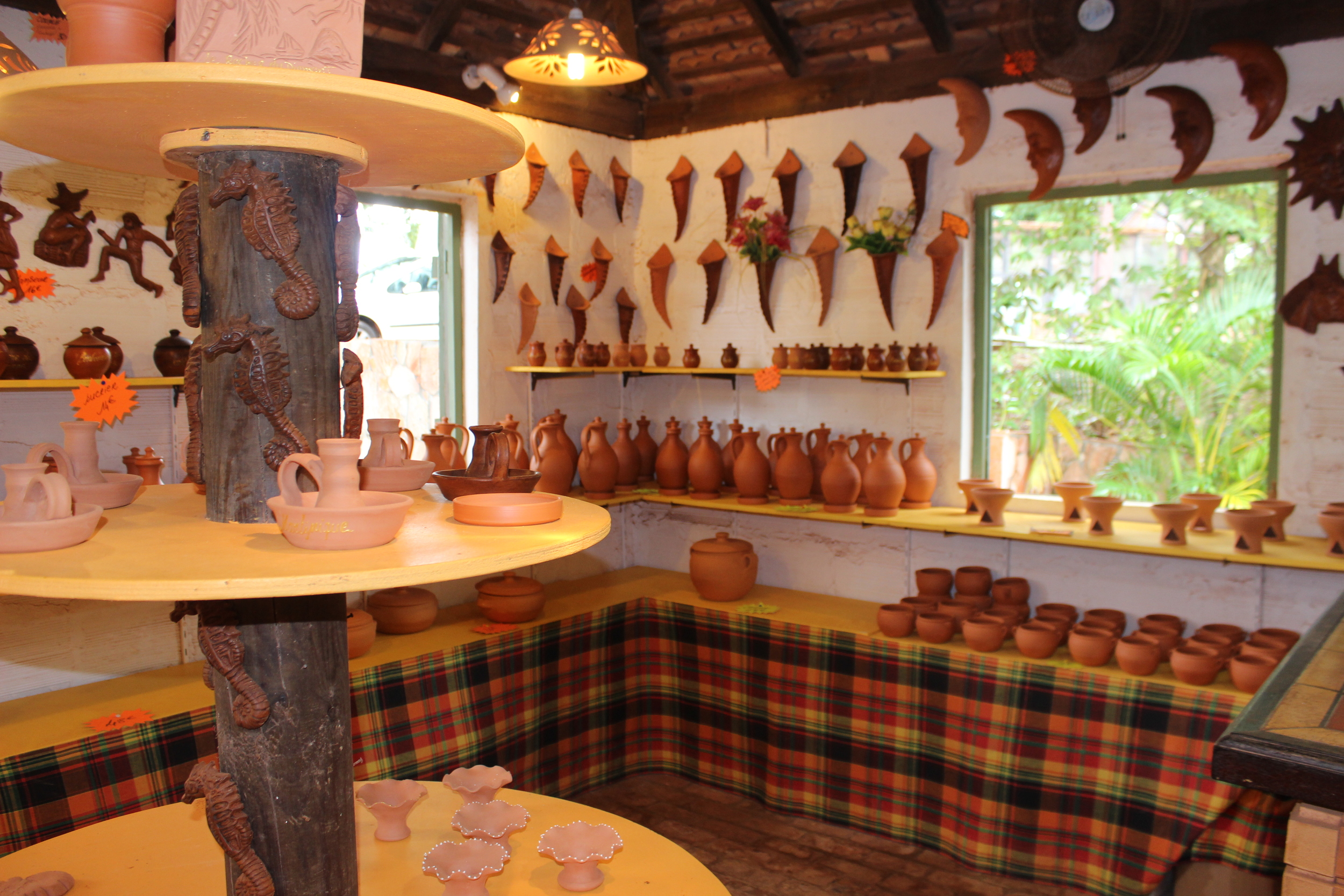
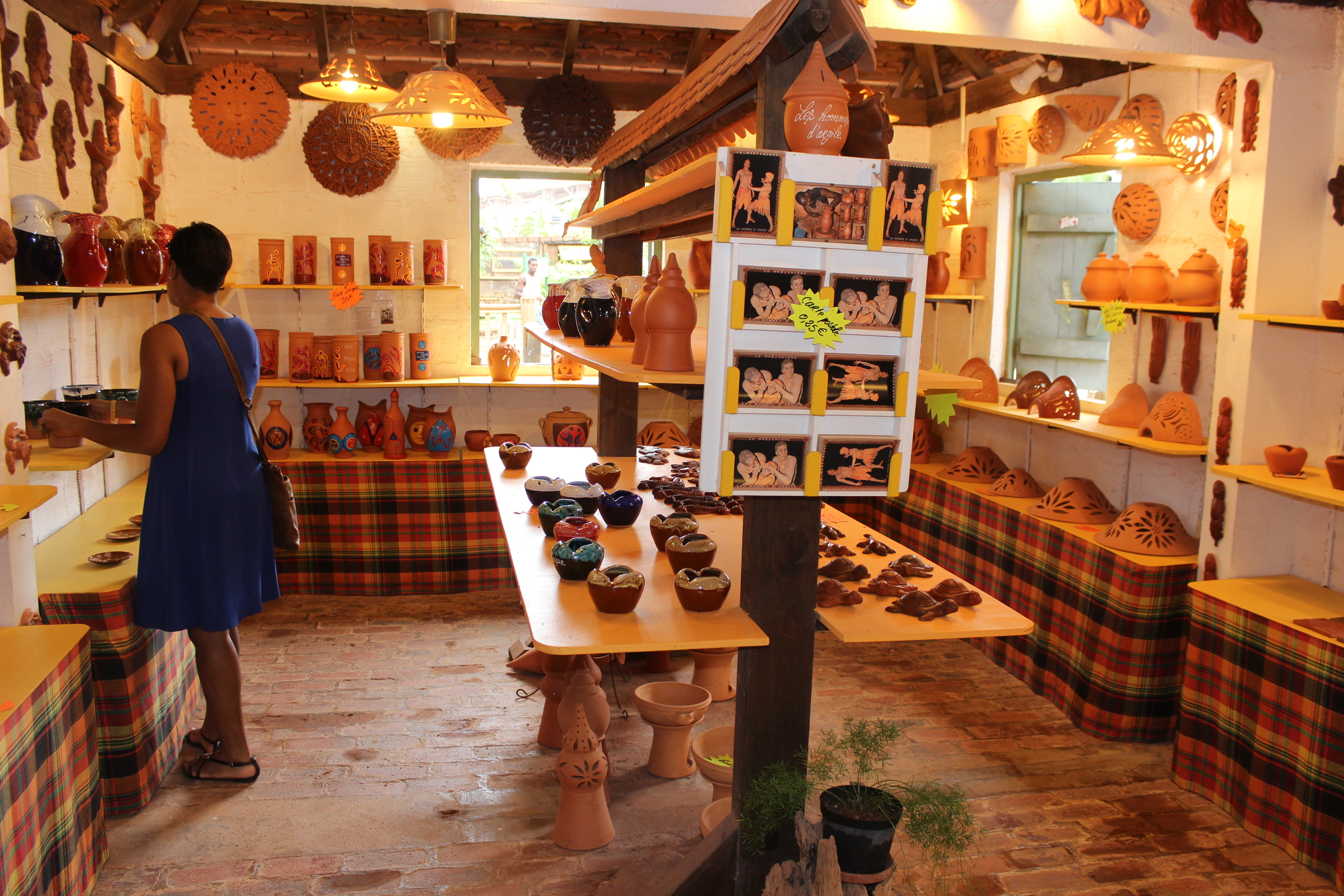
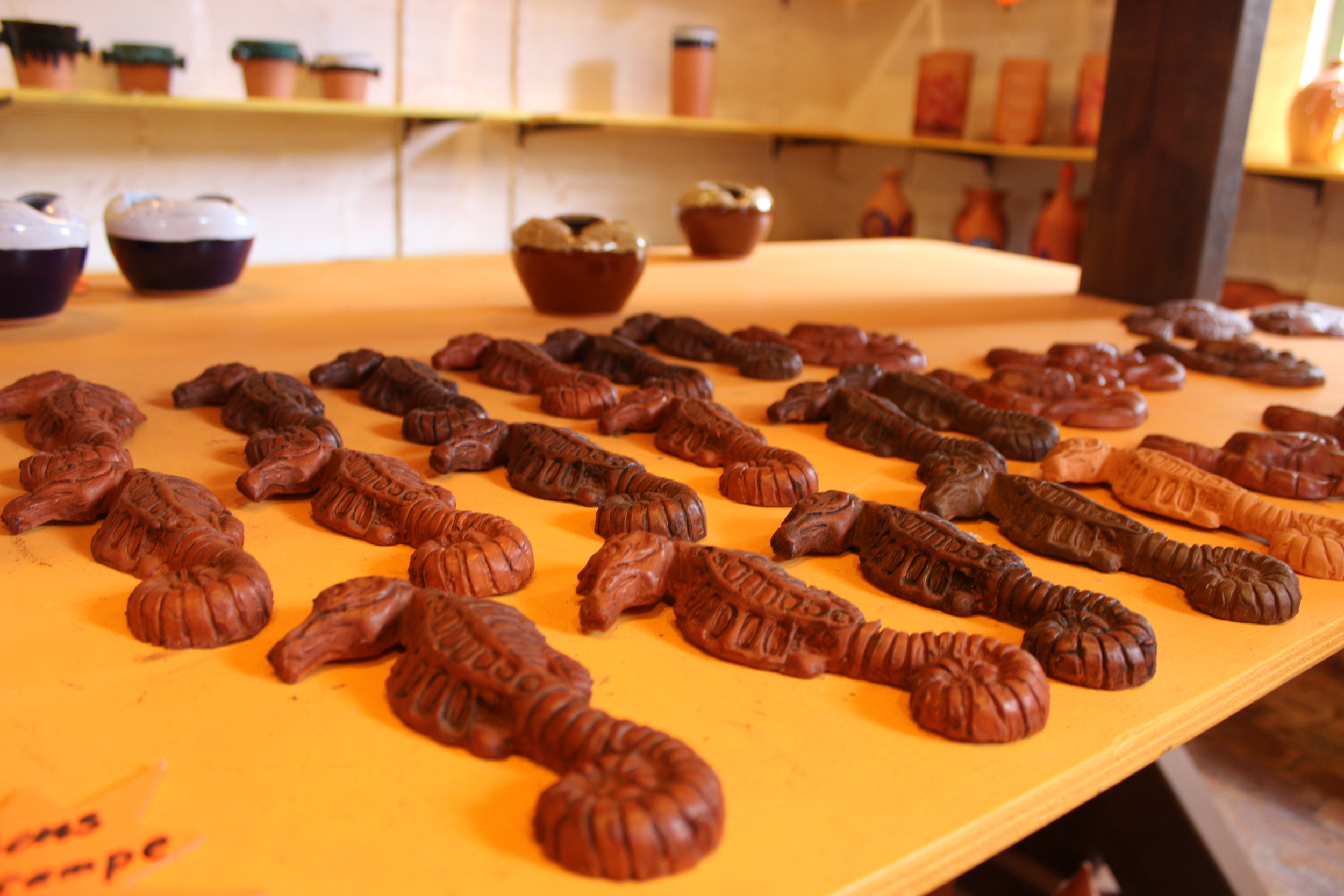
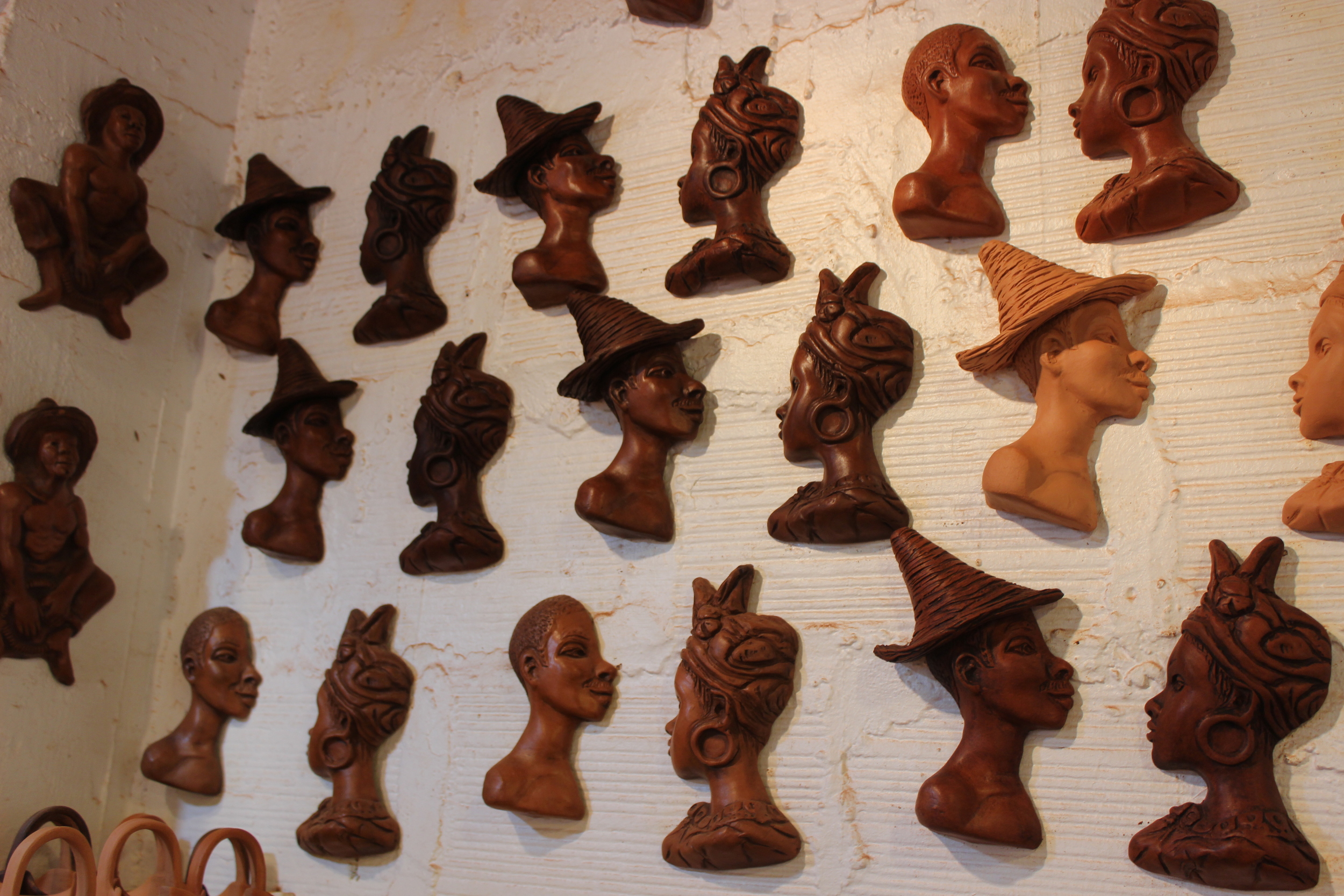
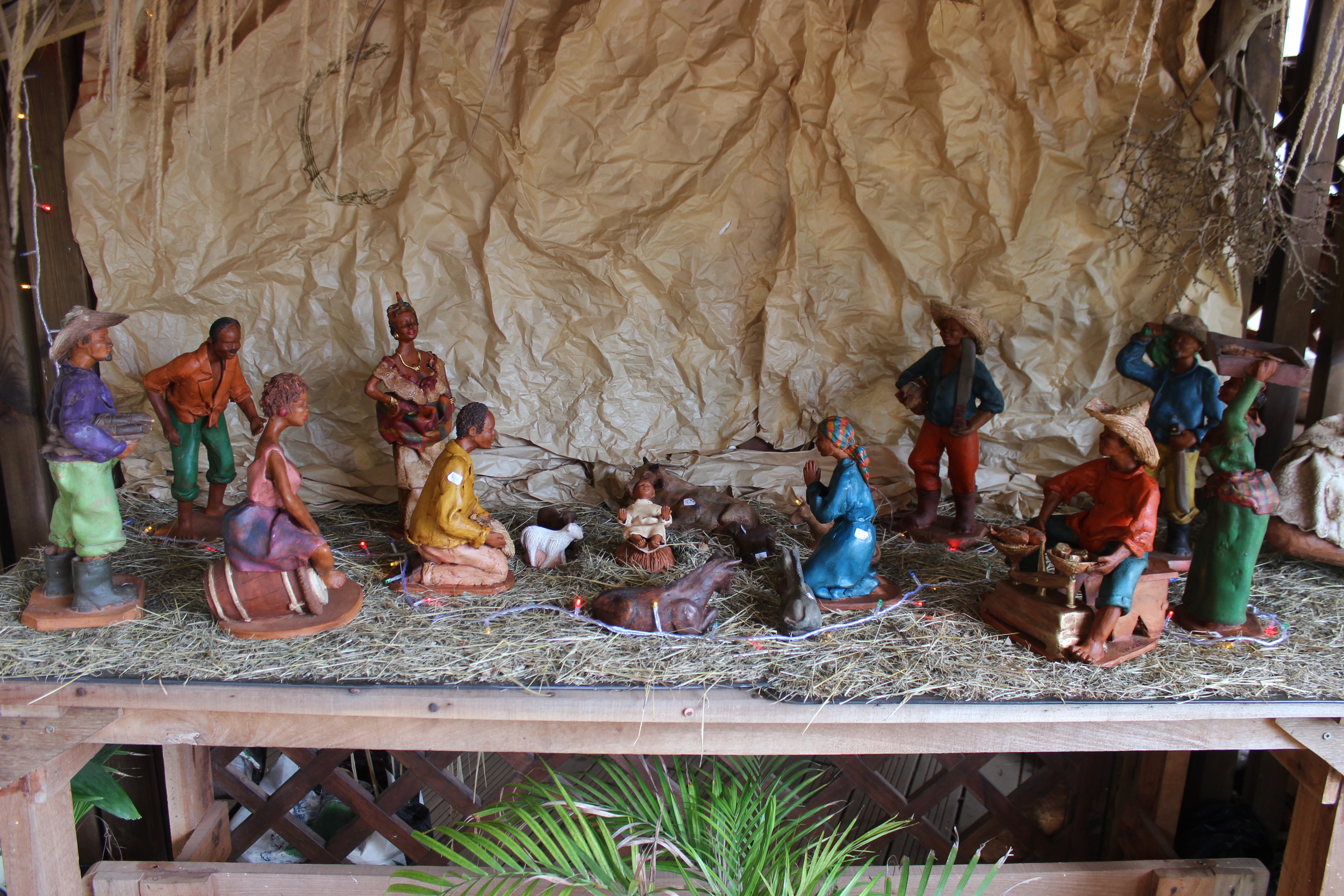
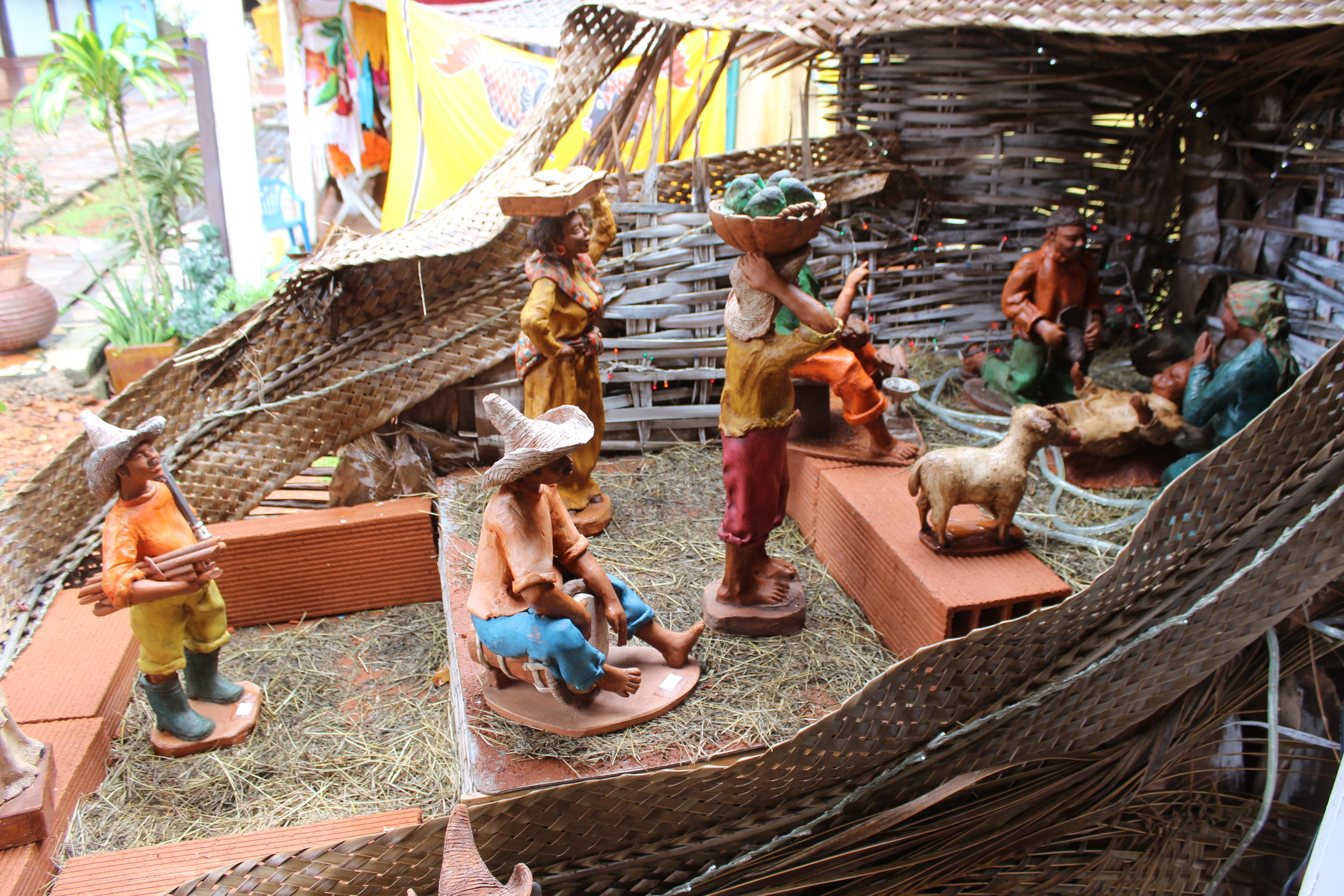

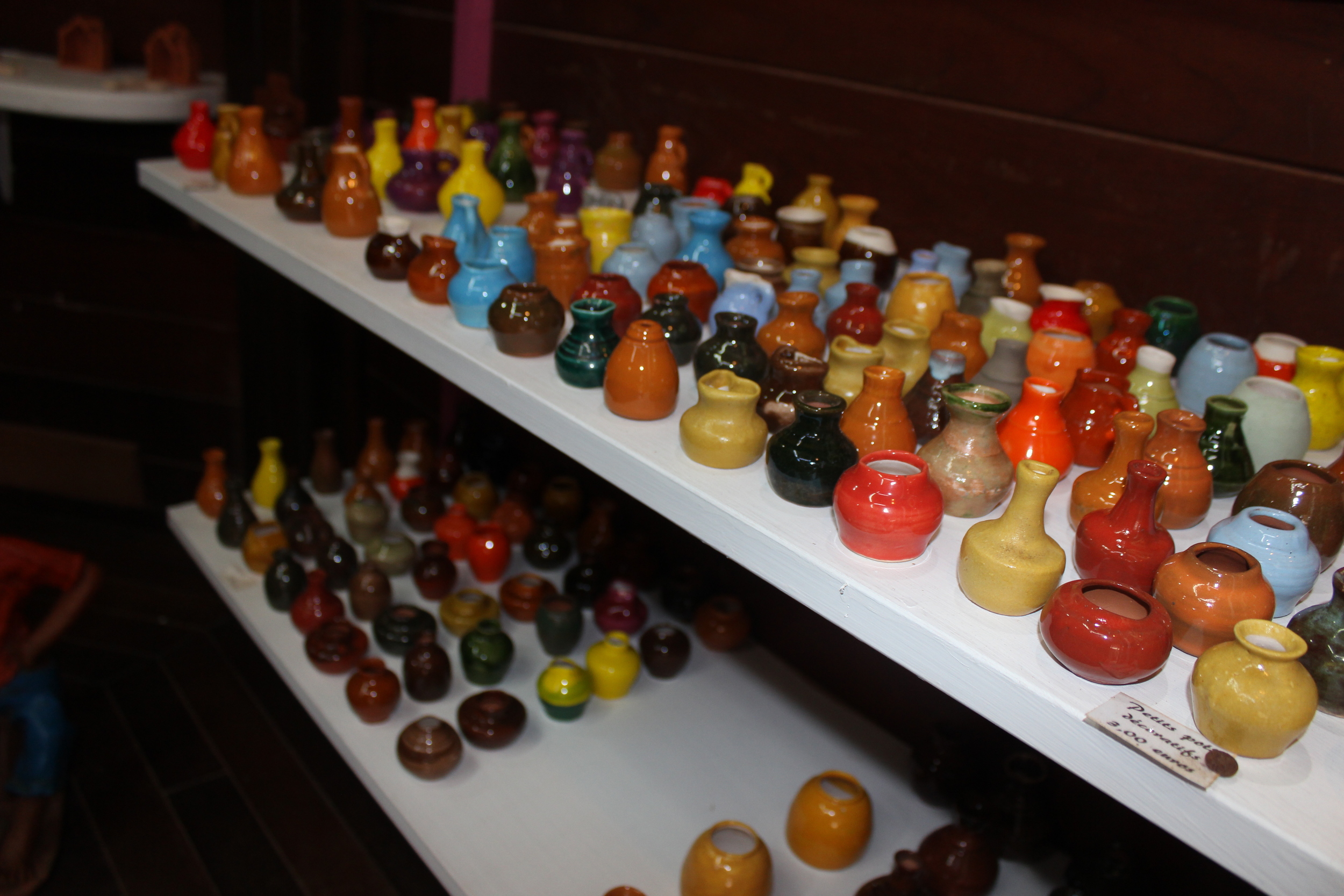

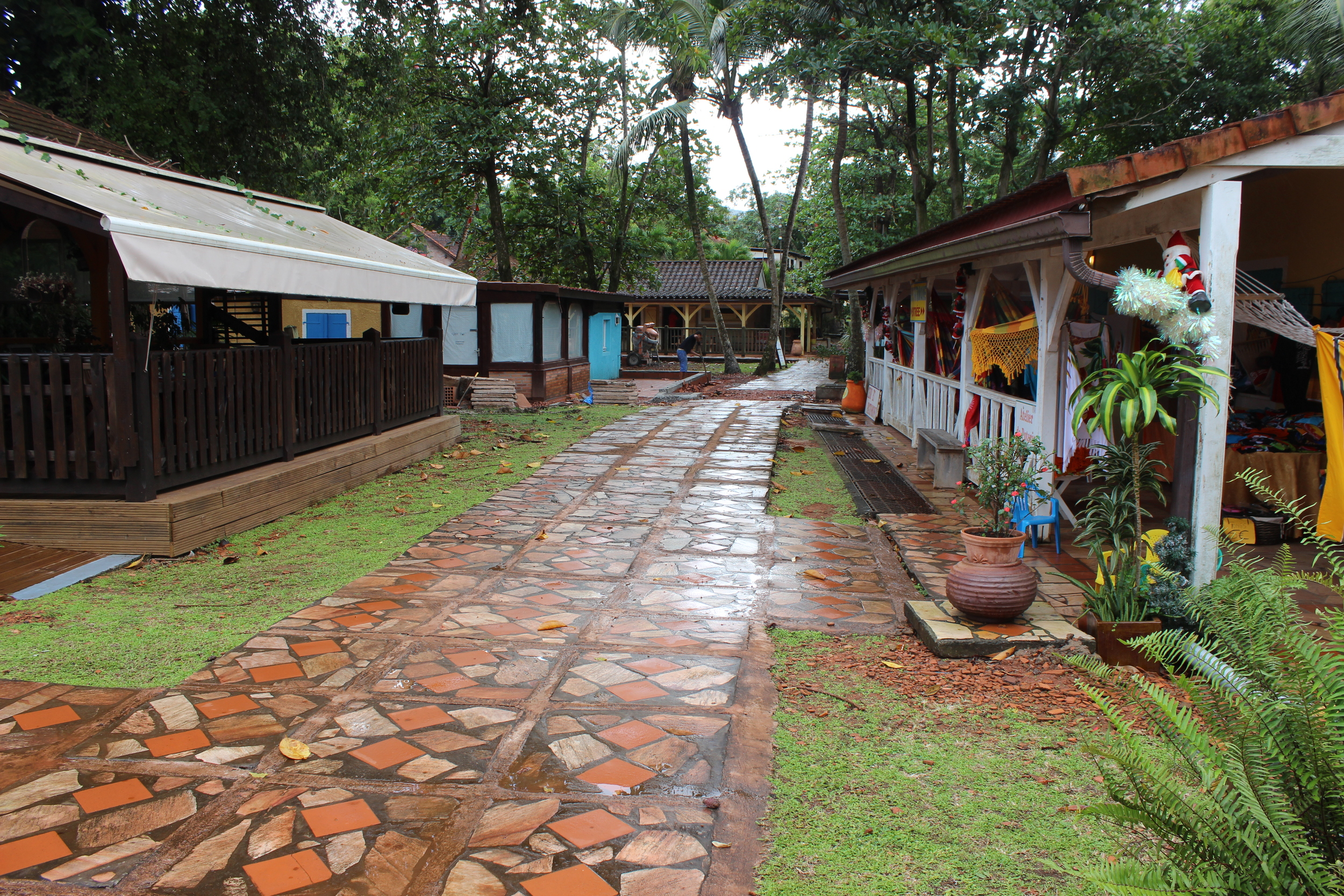
While this post was sponsored by the Martinique Promotion Bureau, all opinions are absolutely my own.








